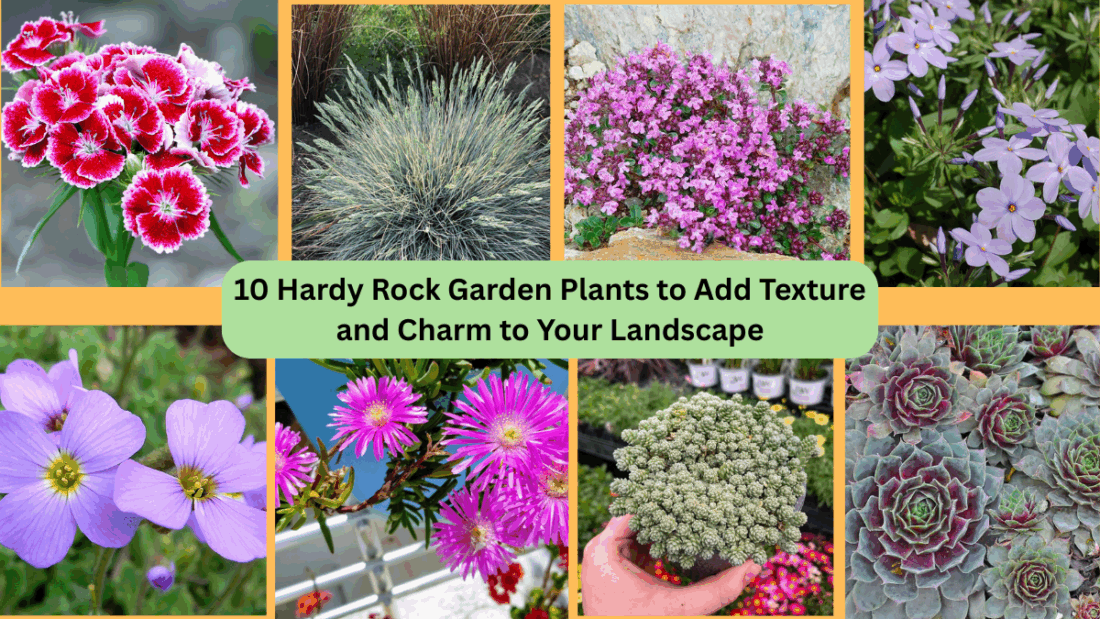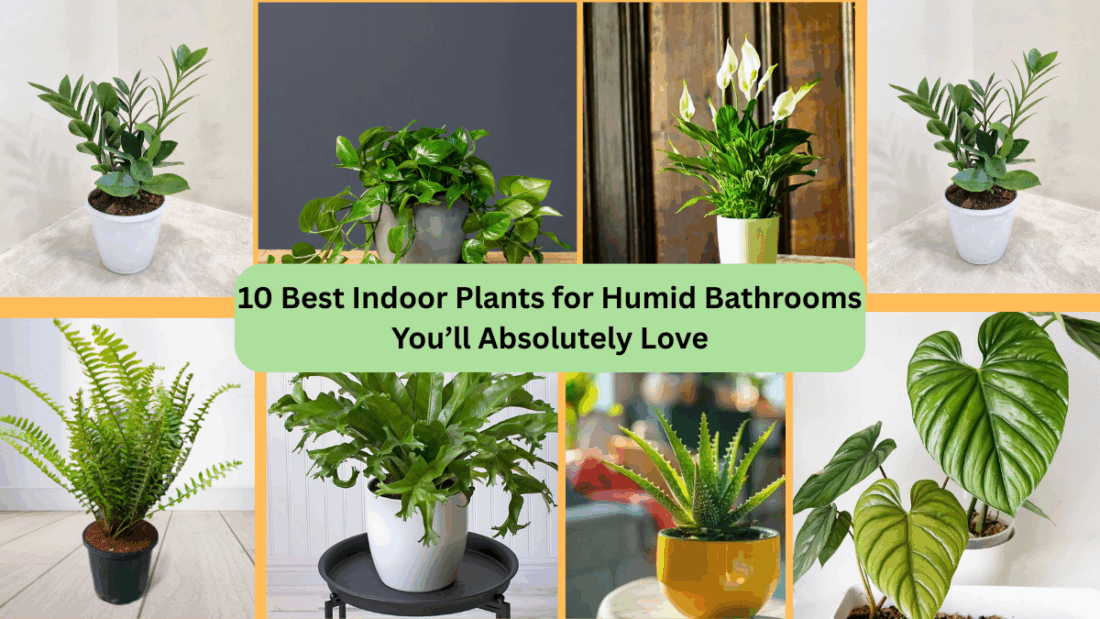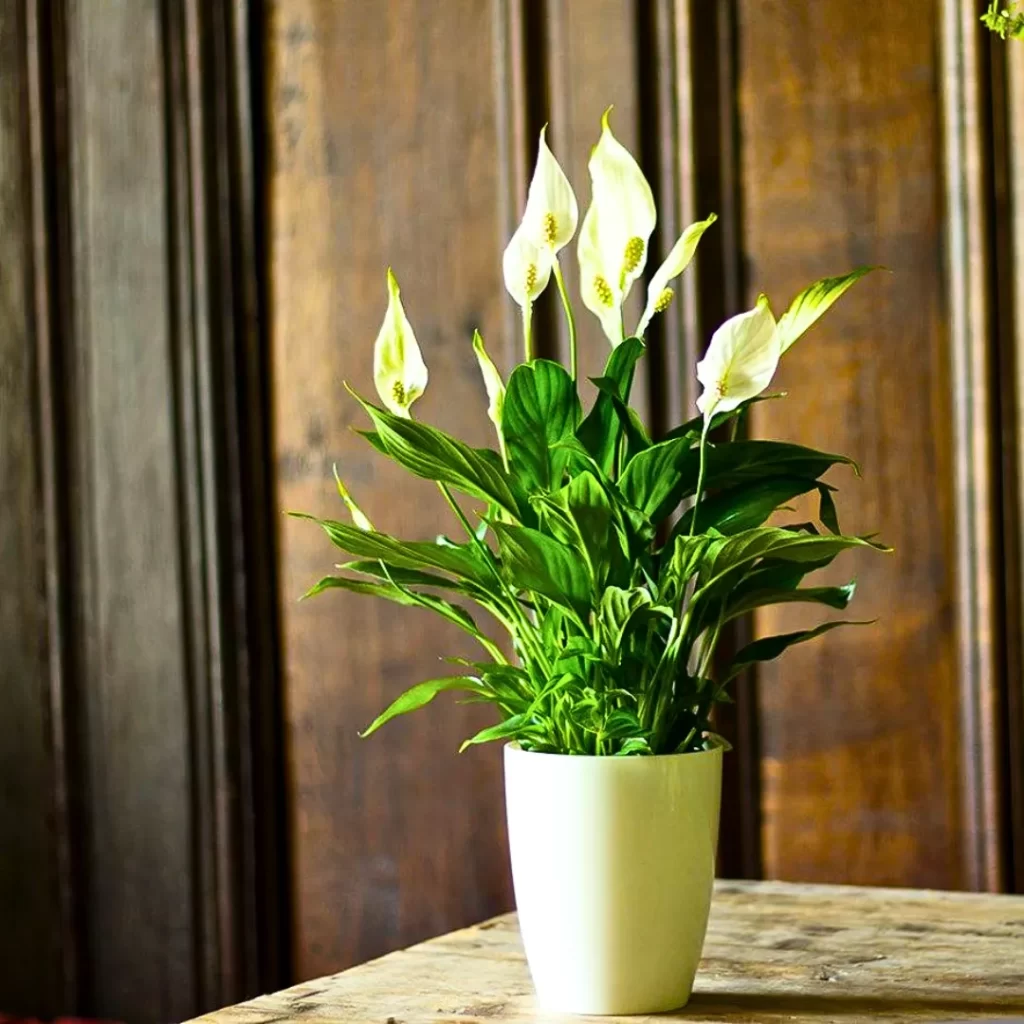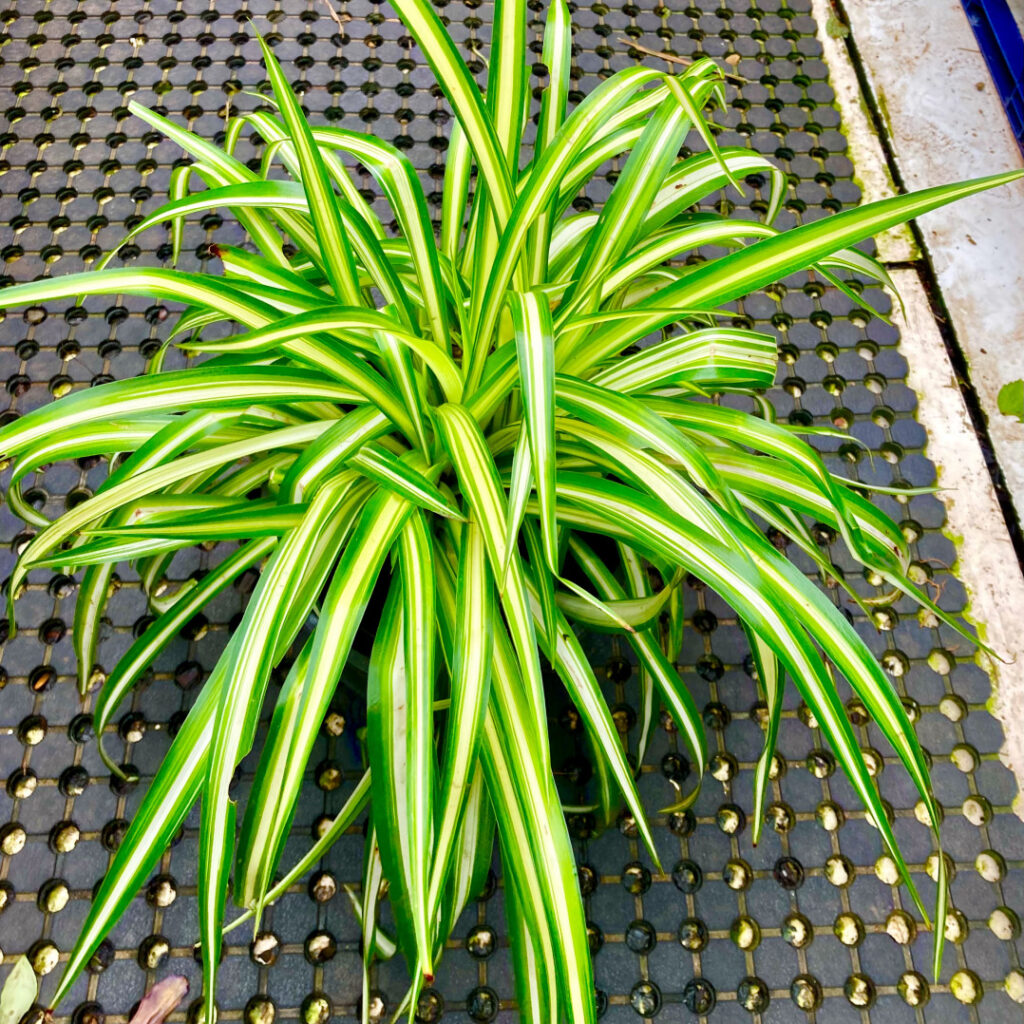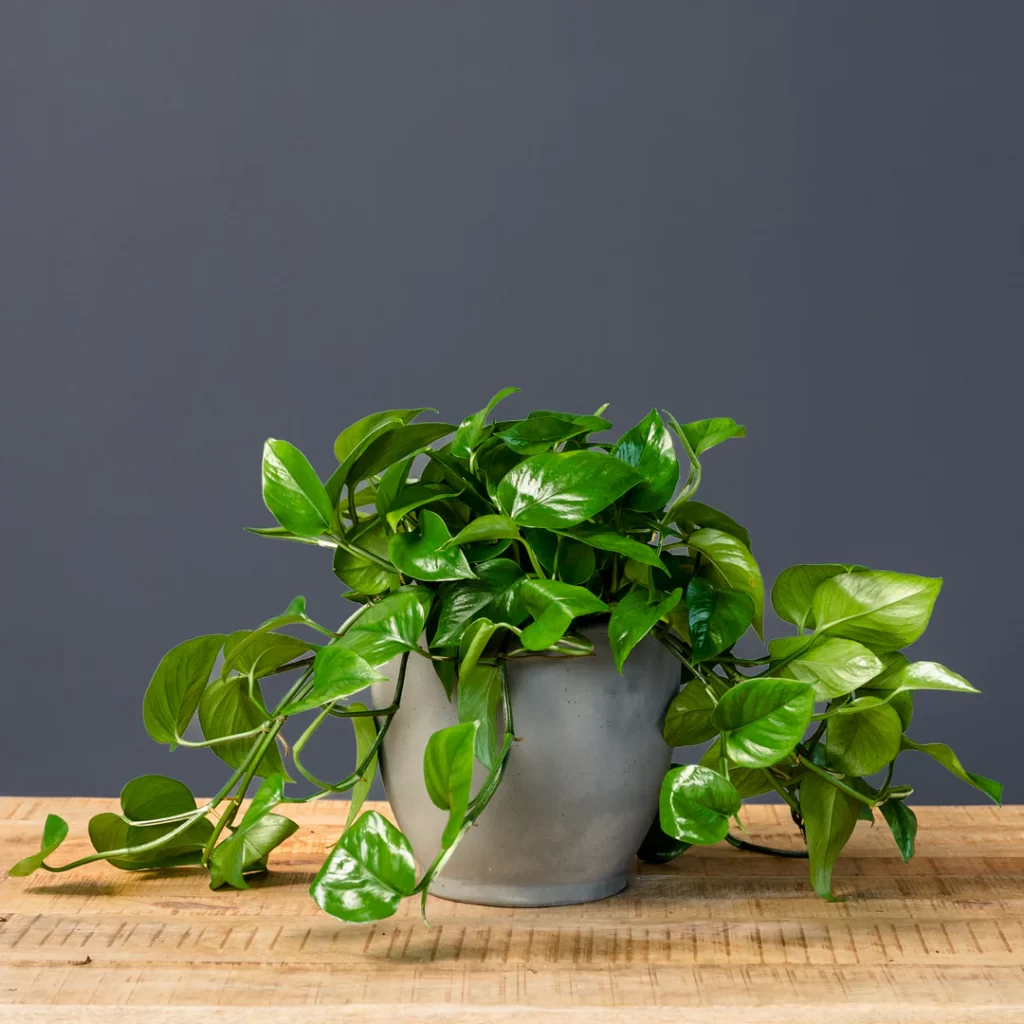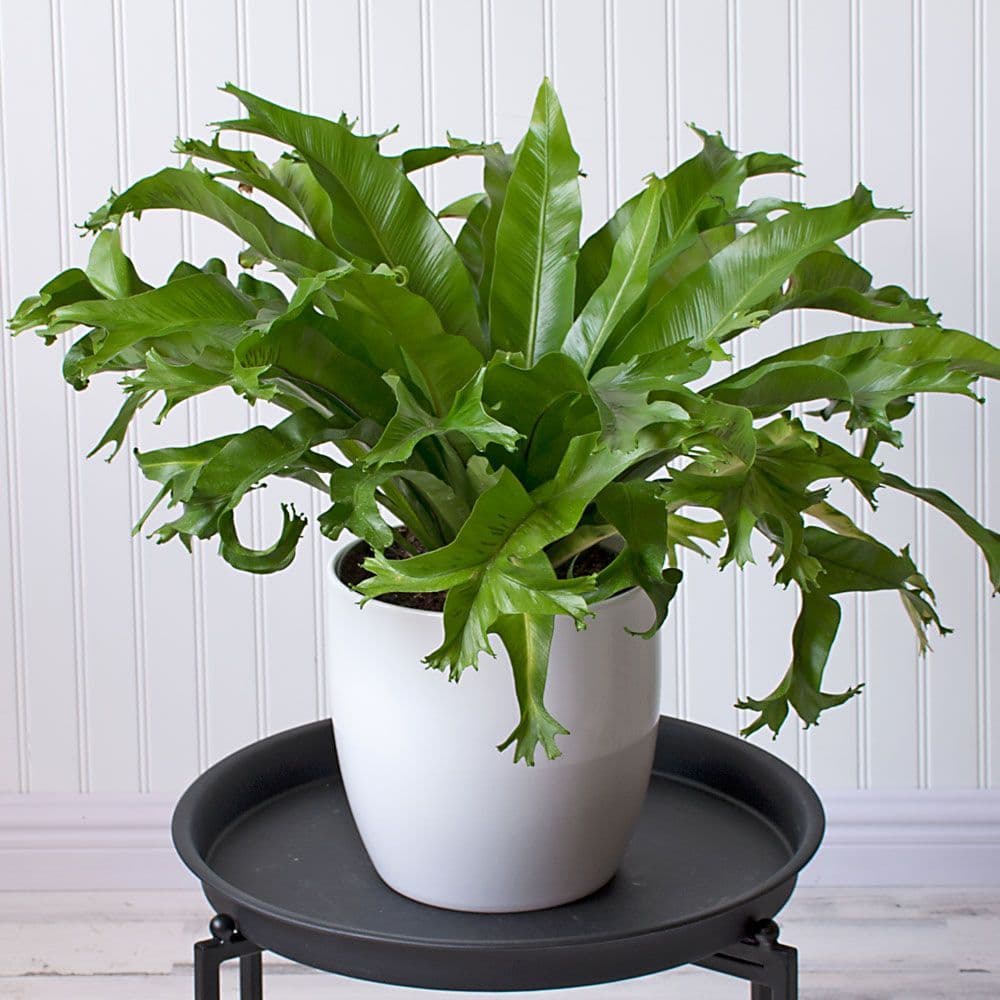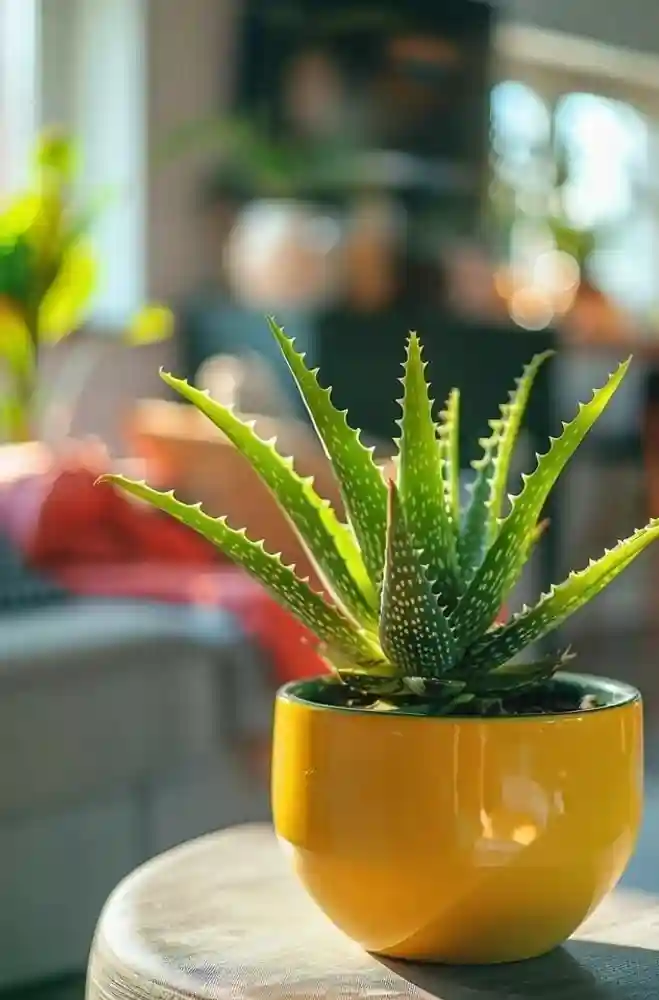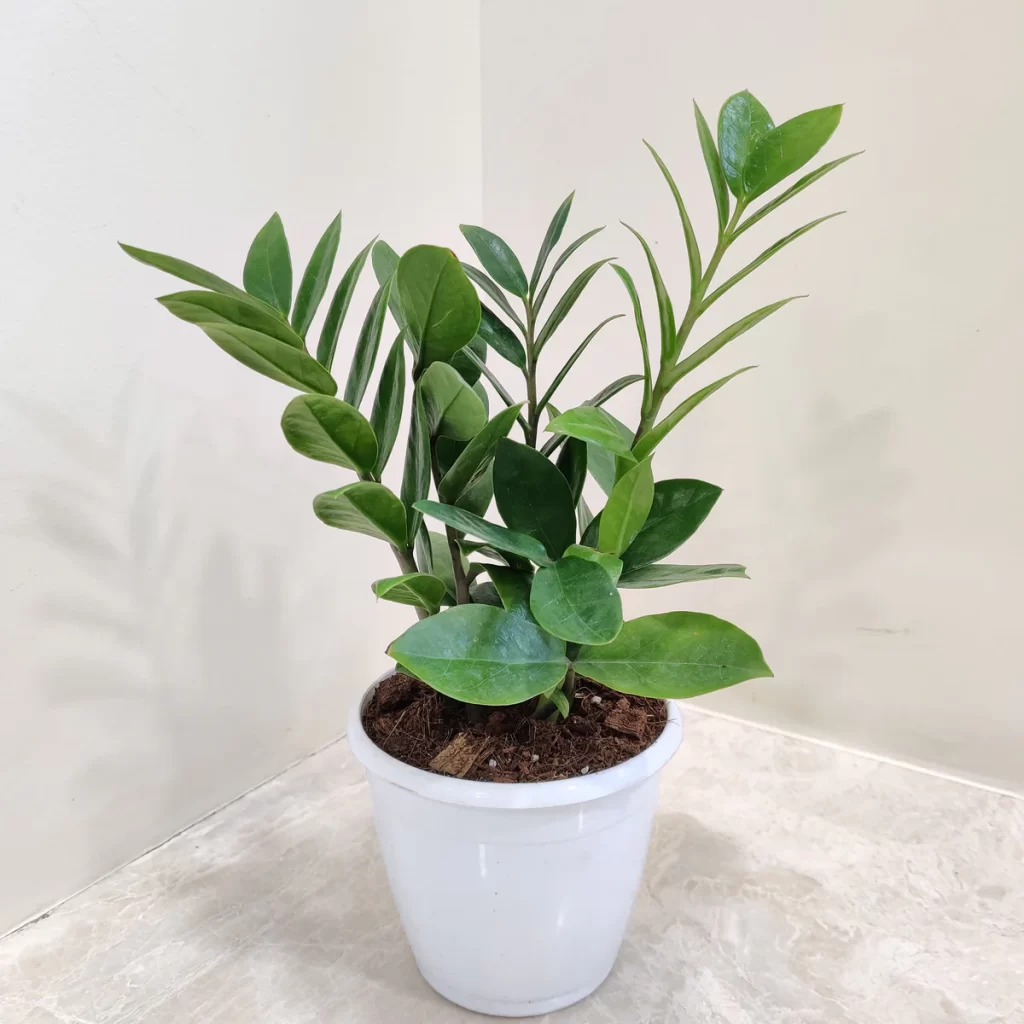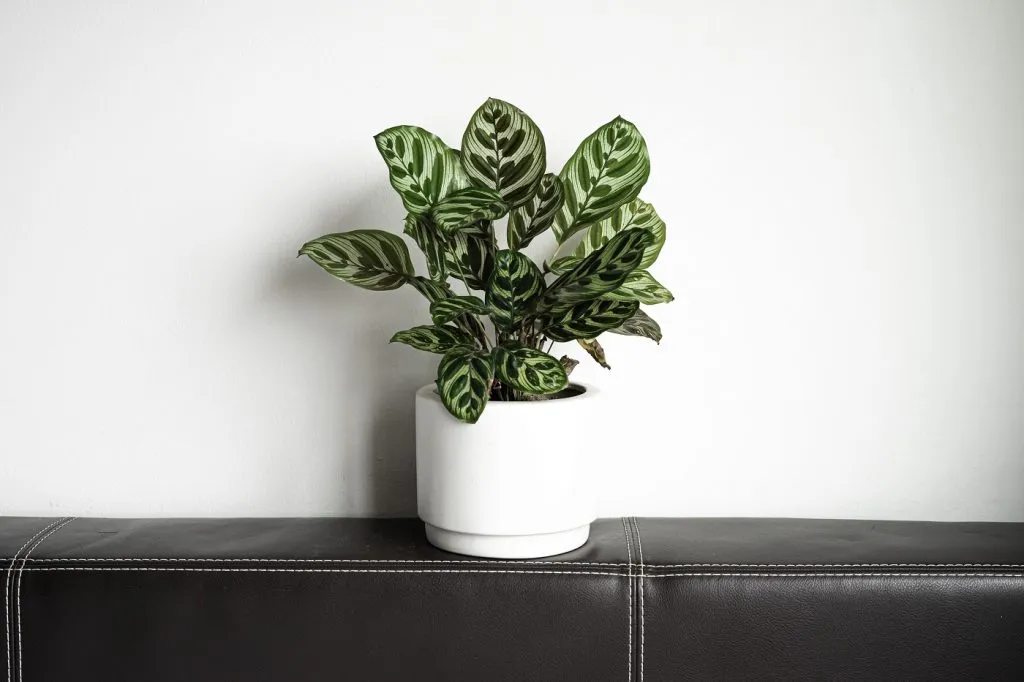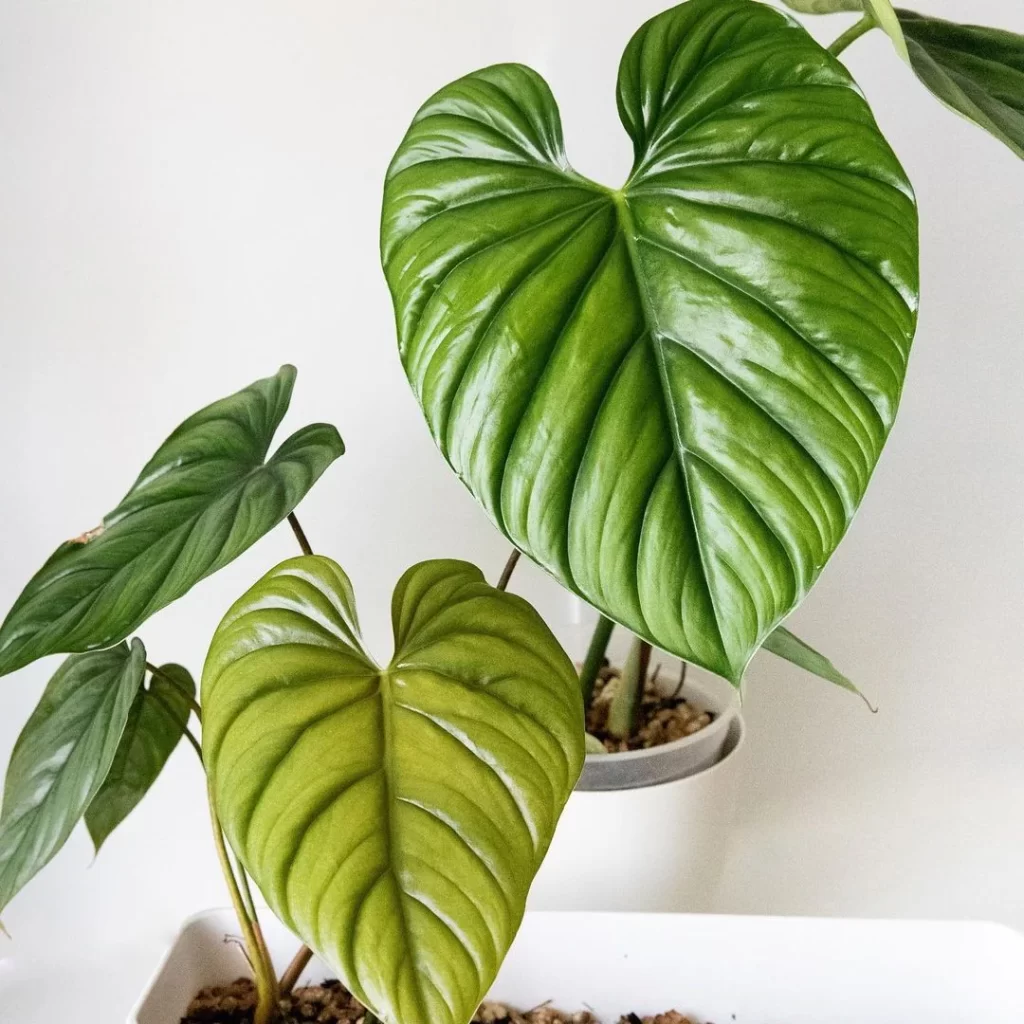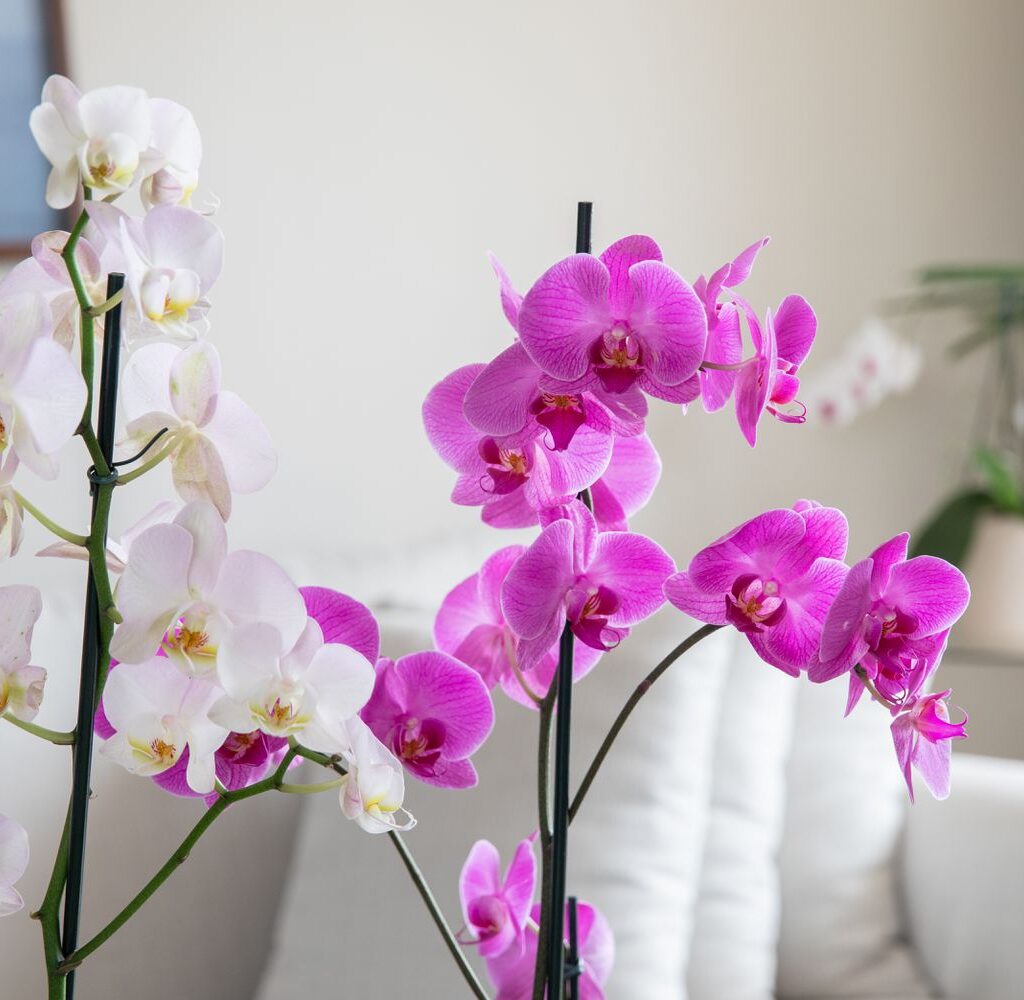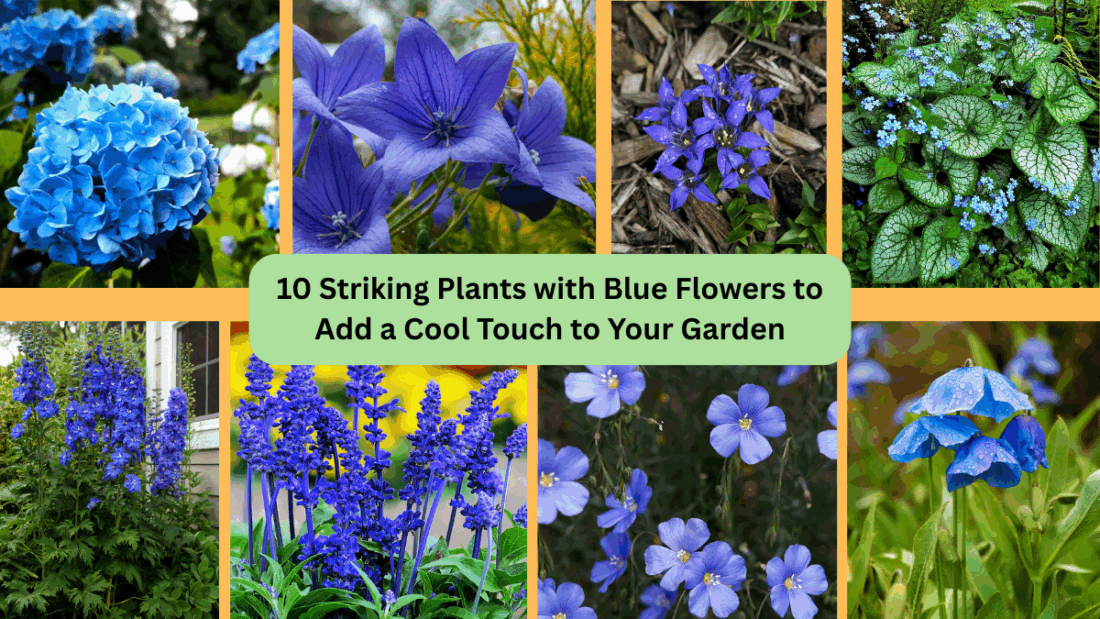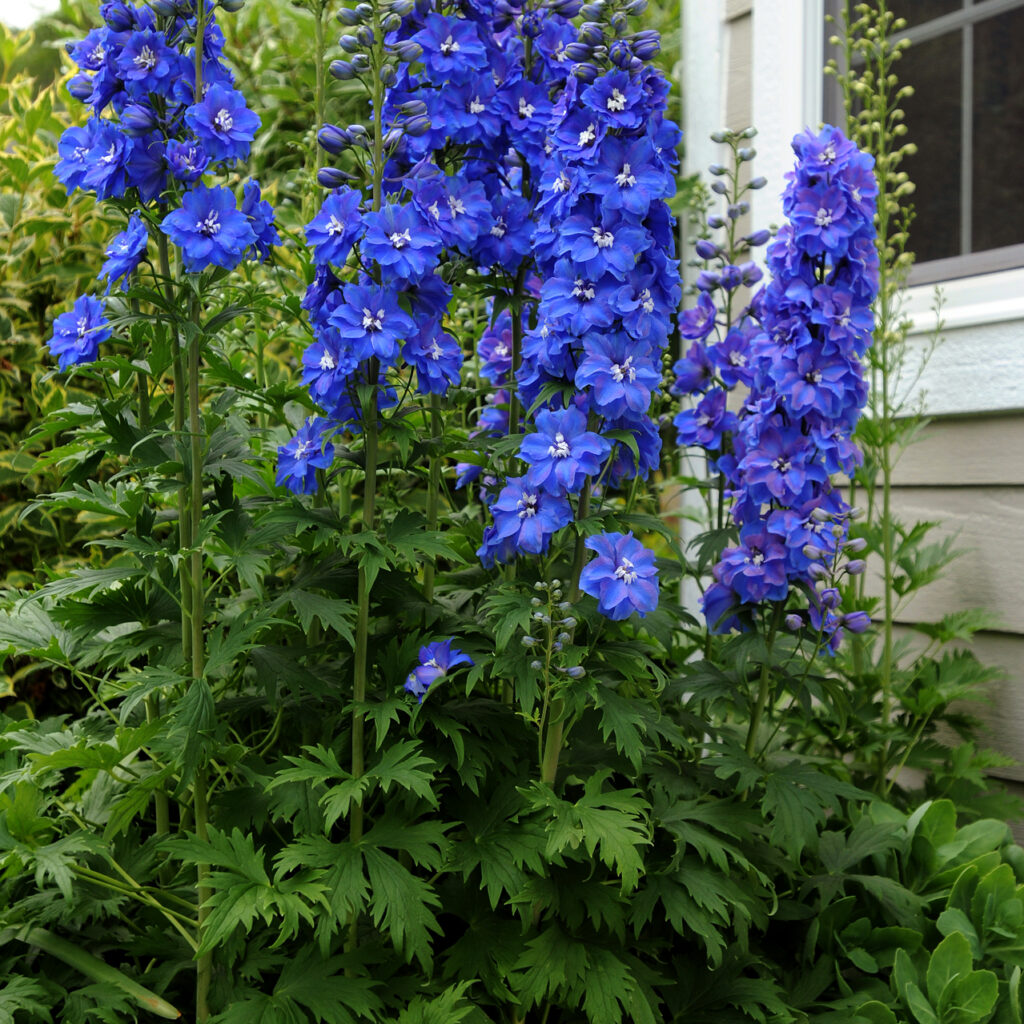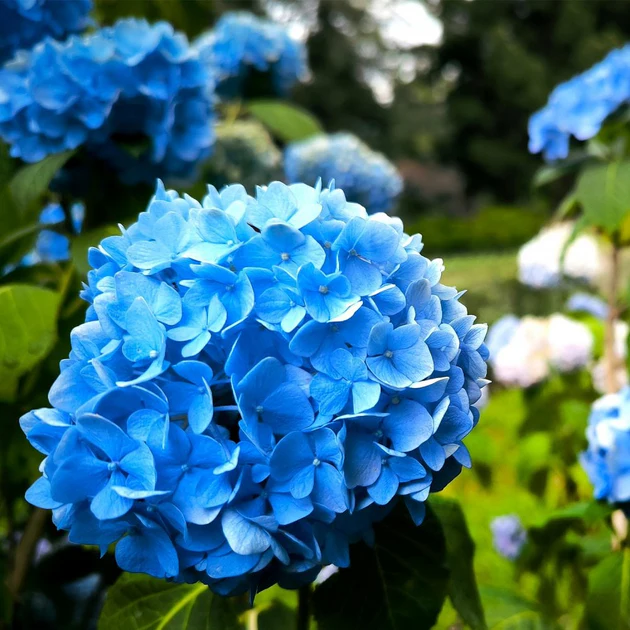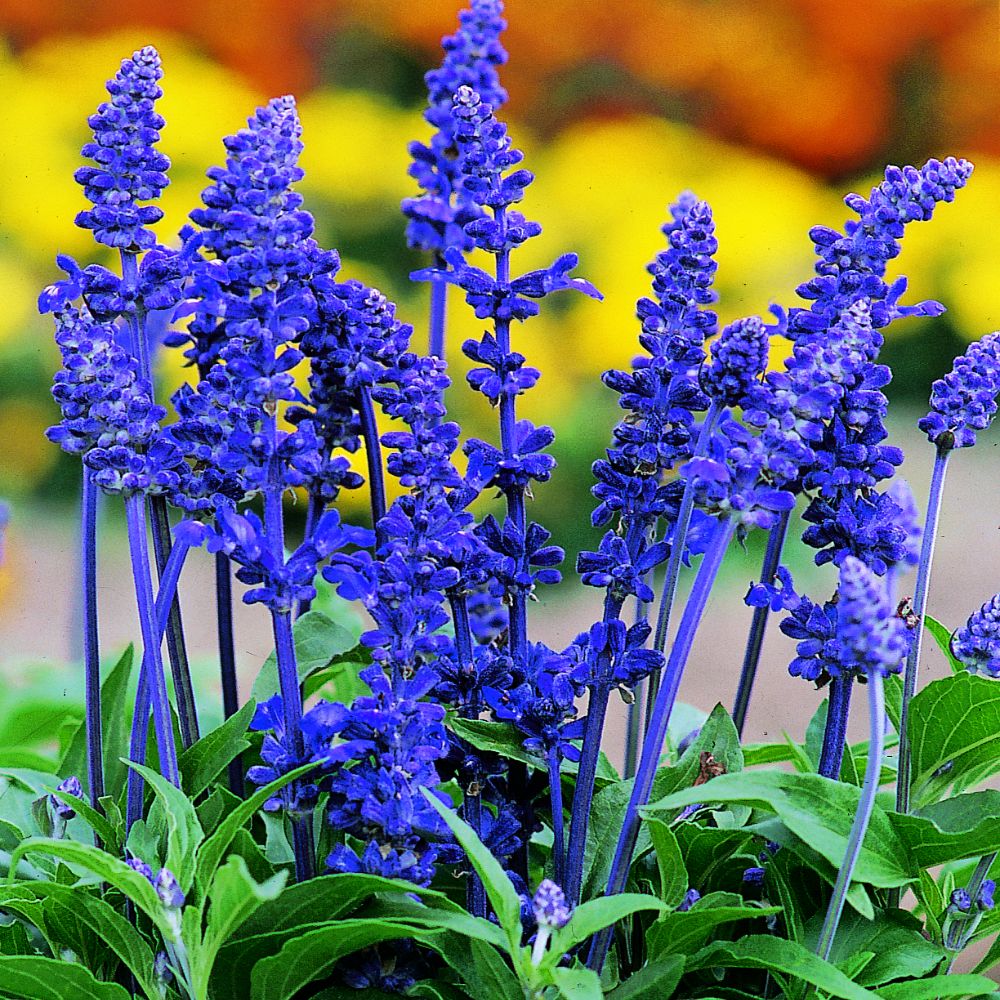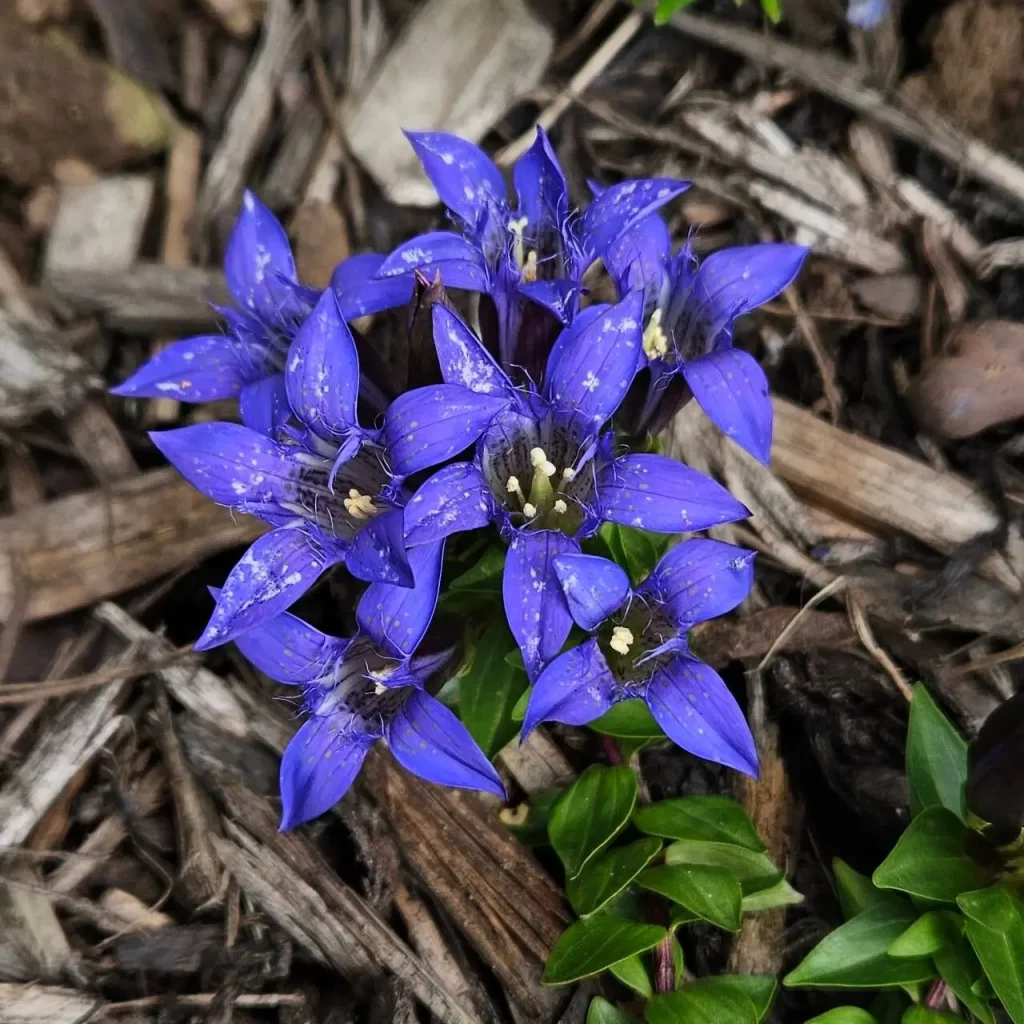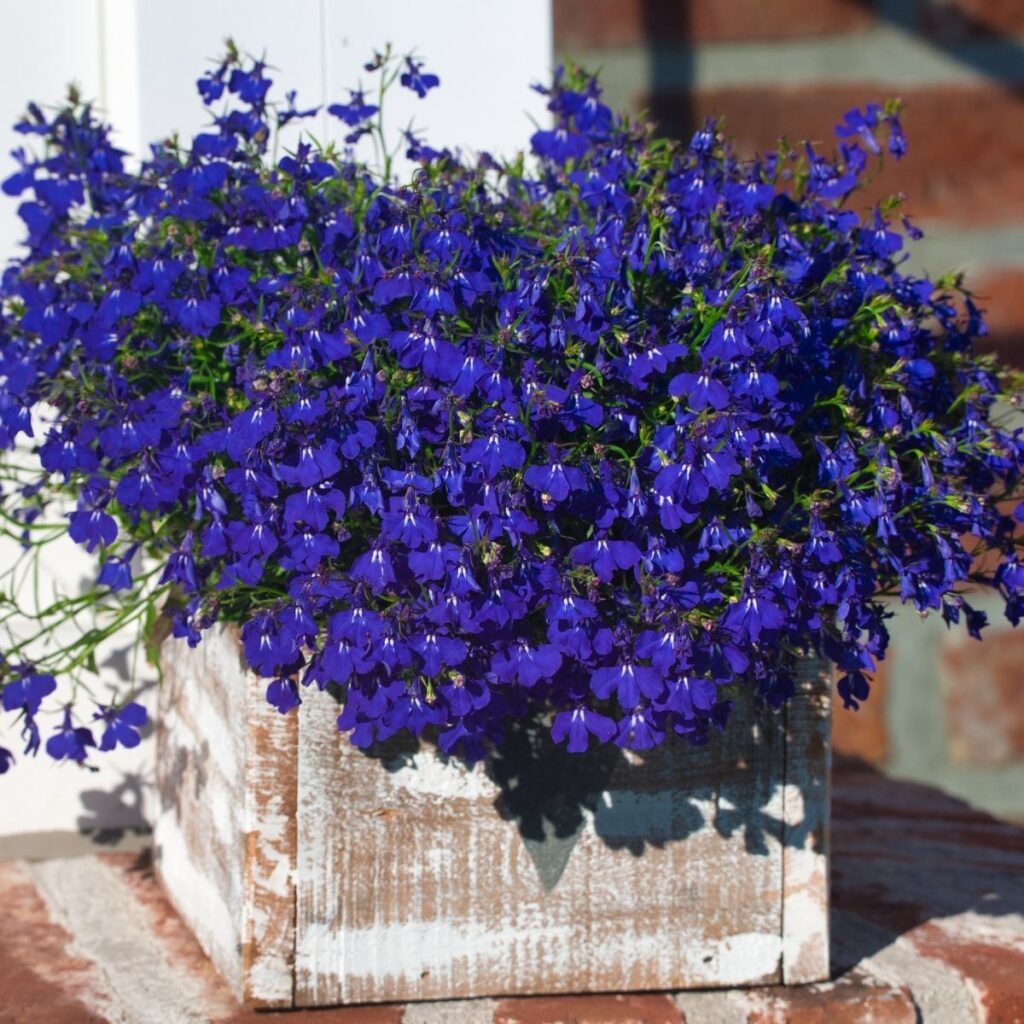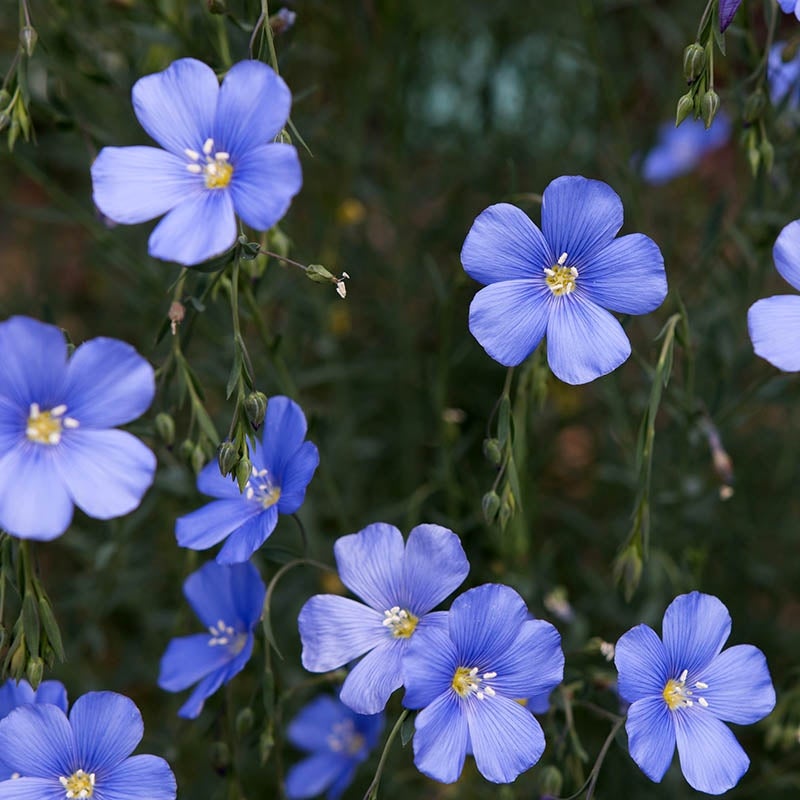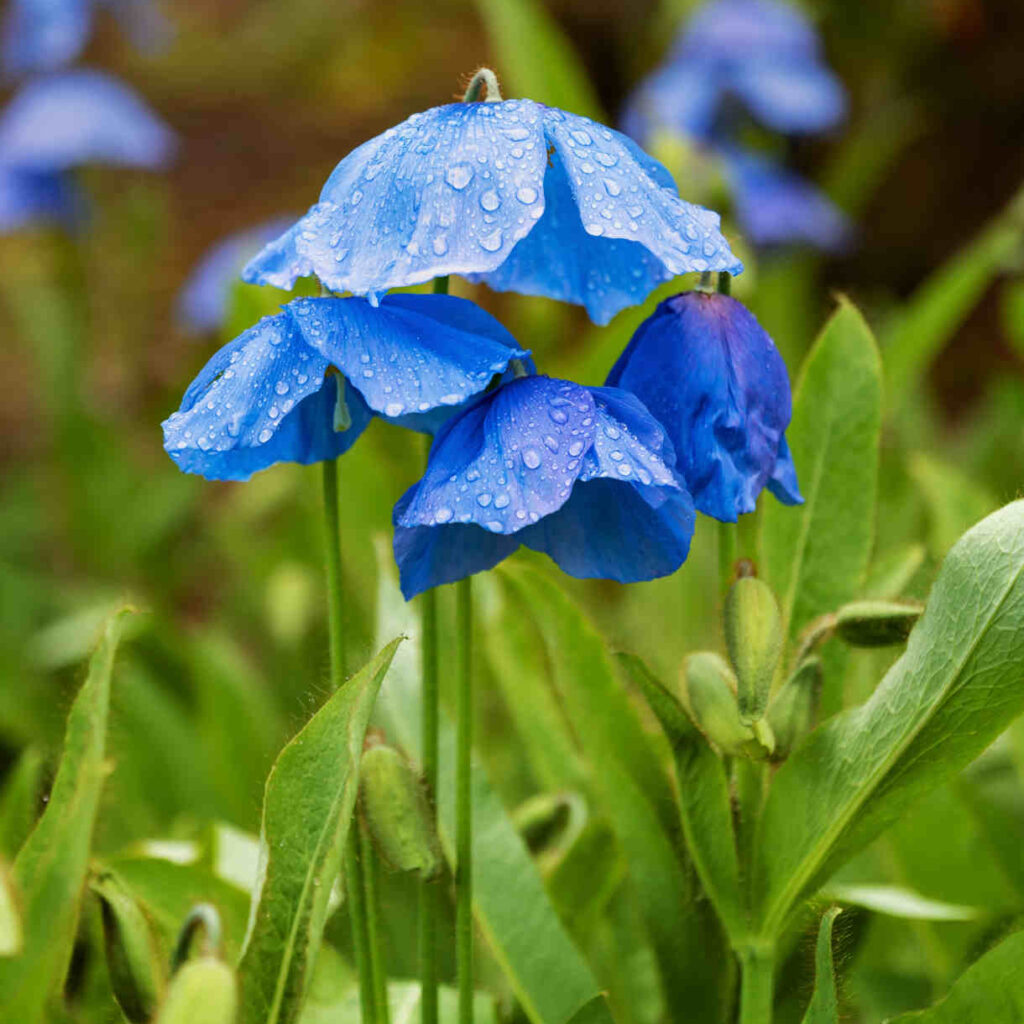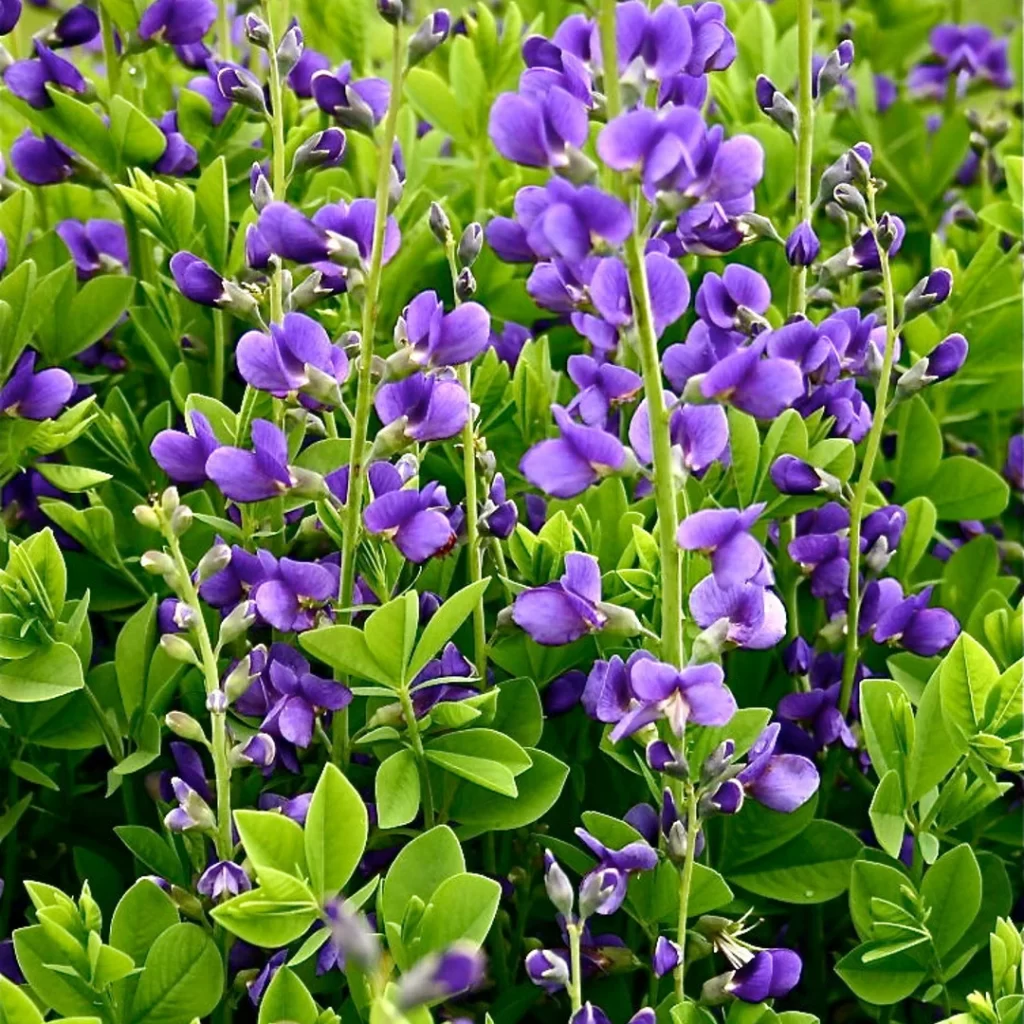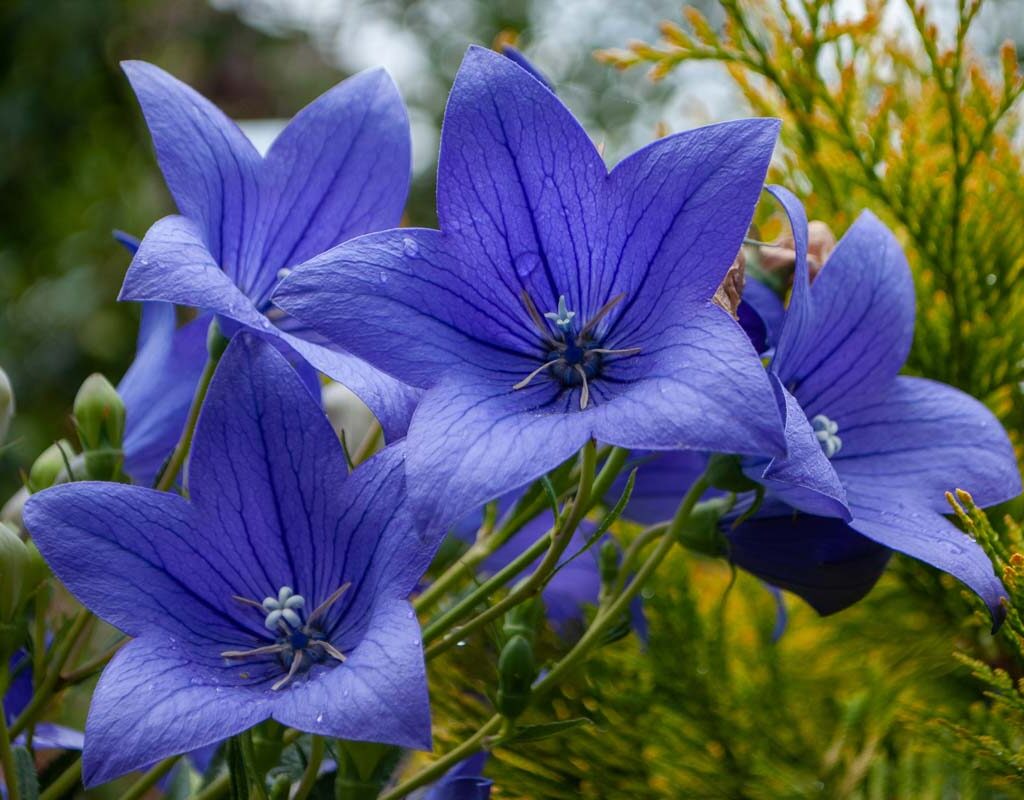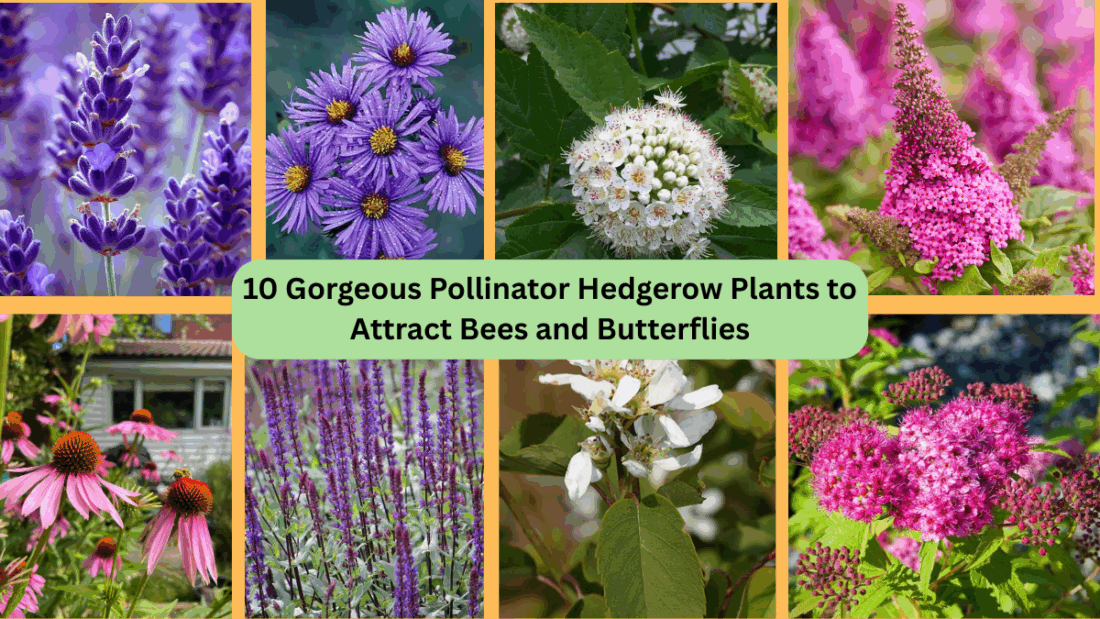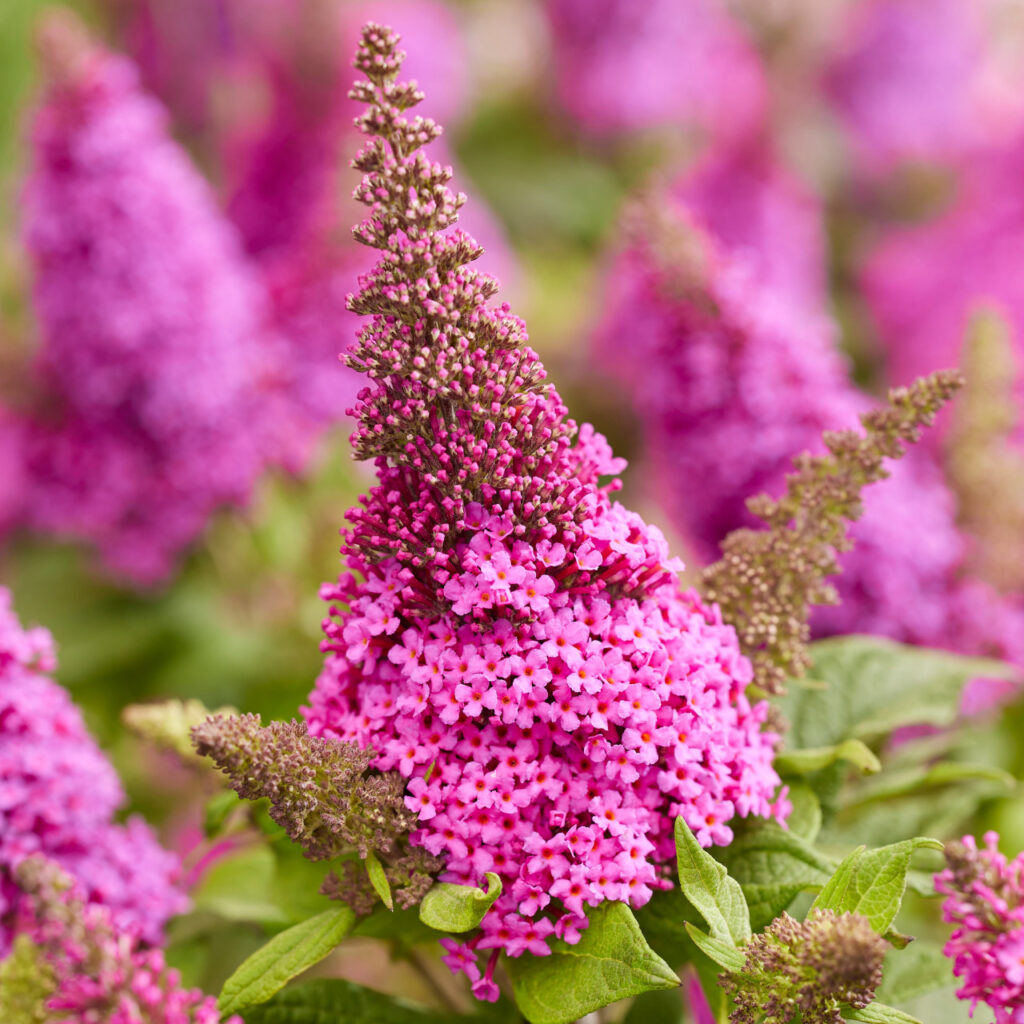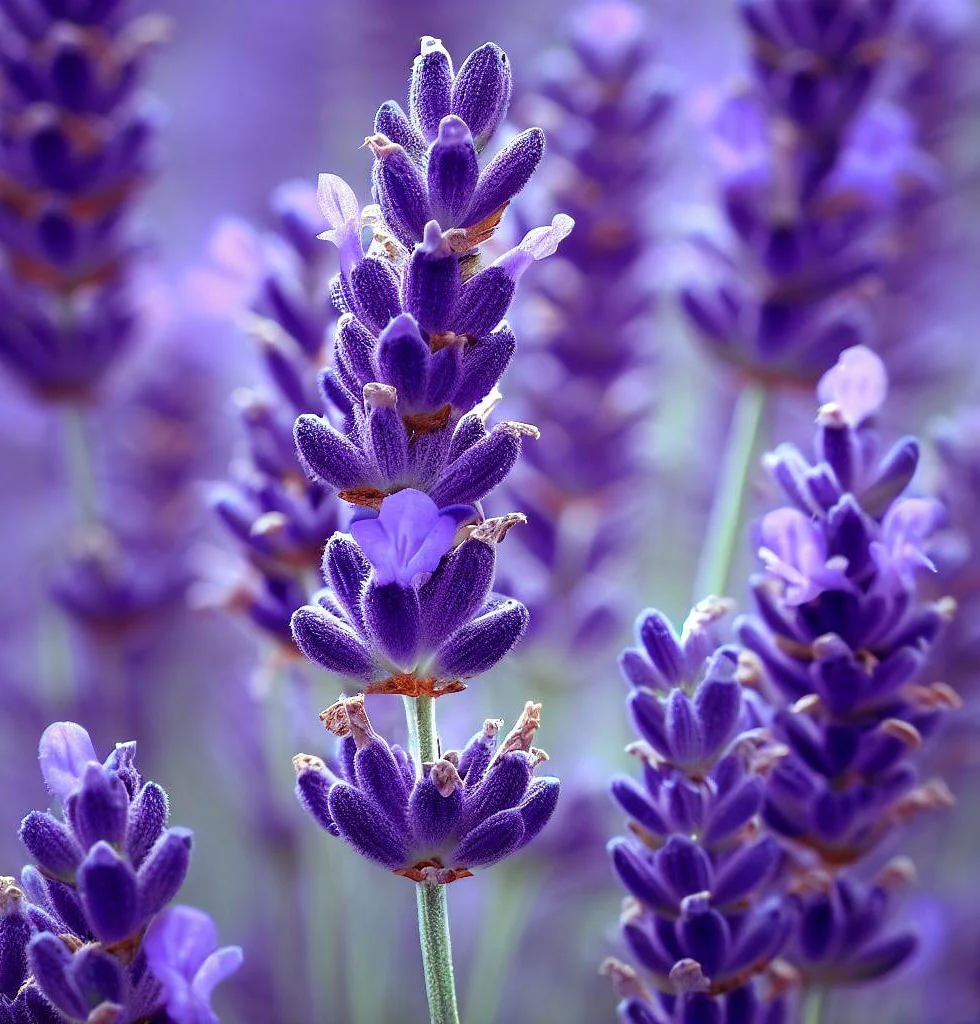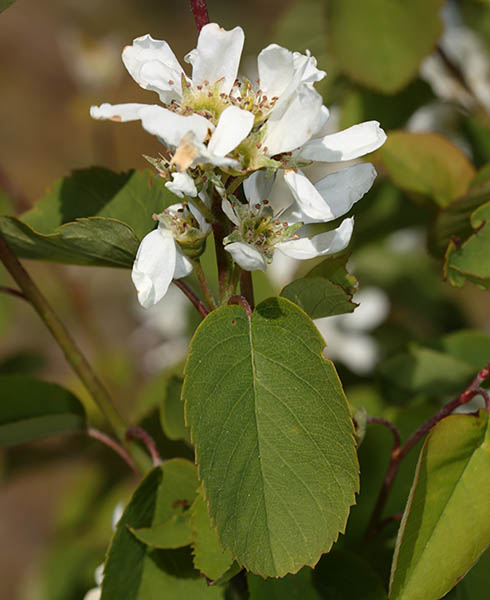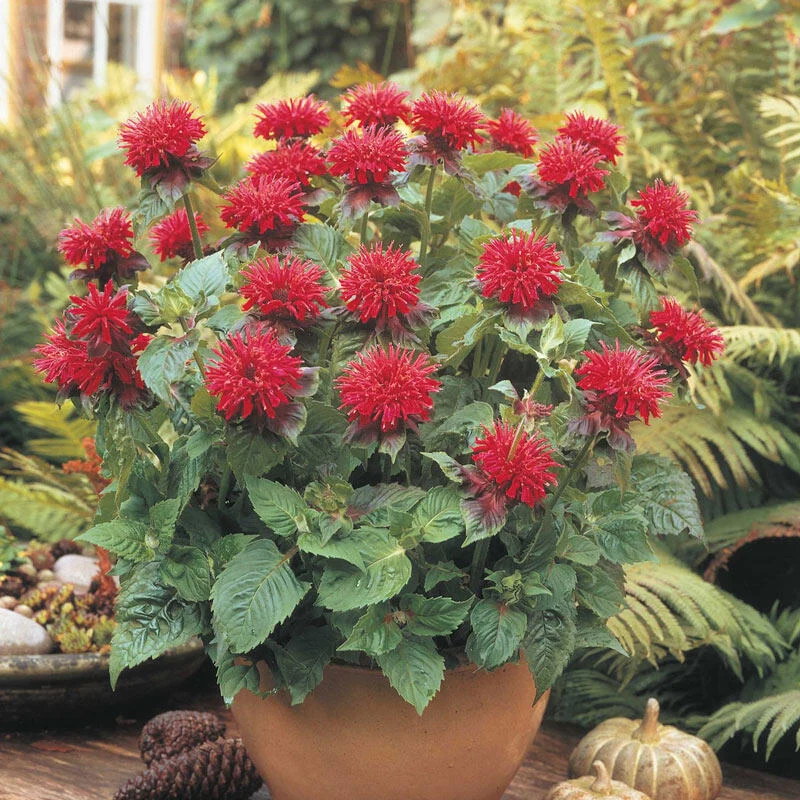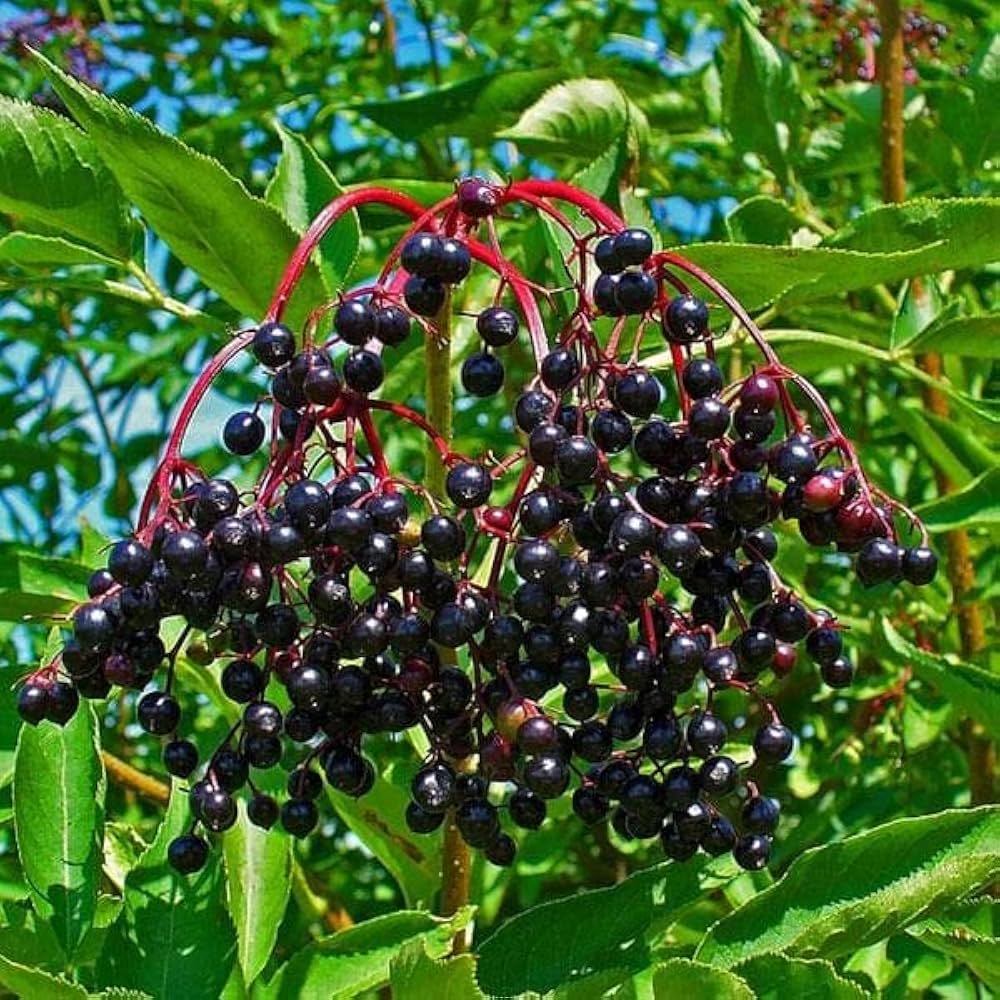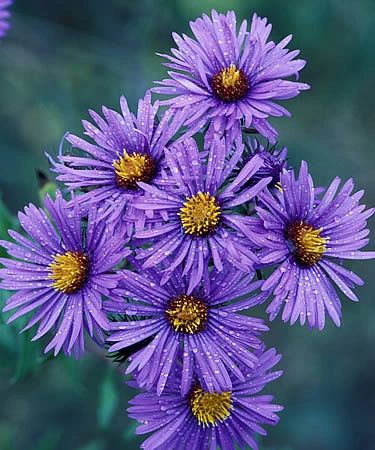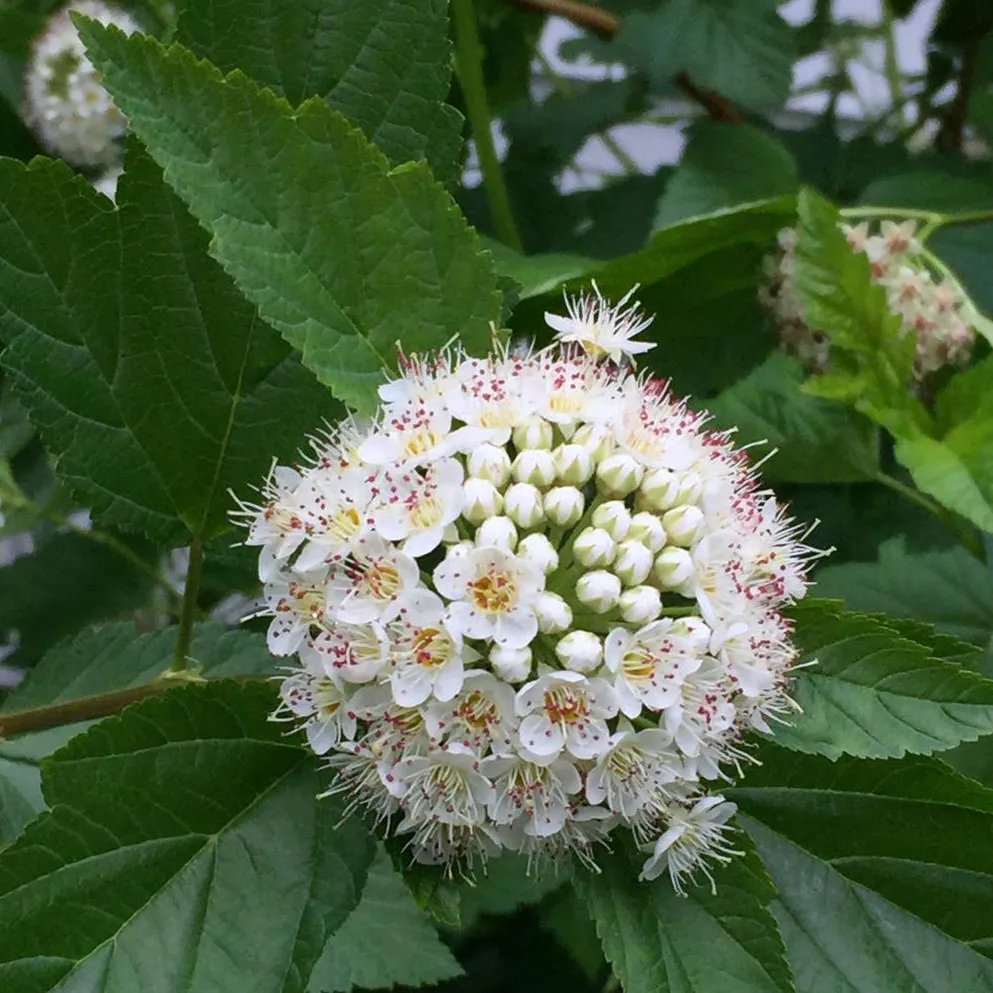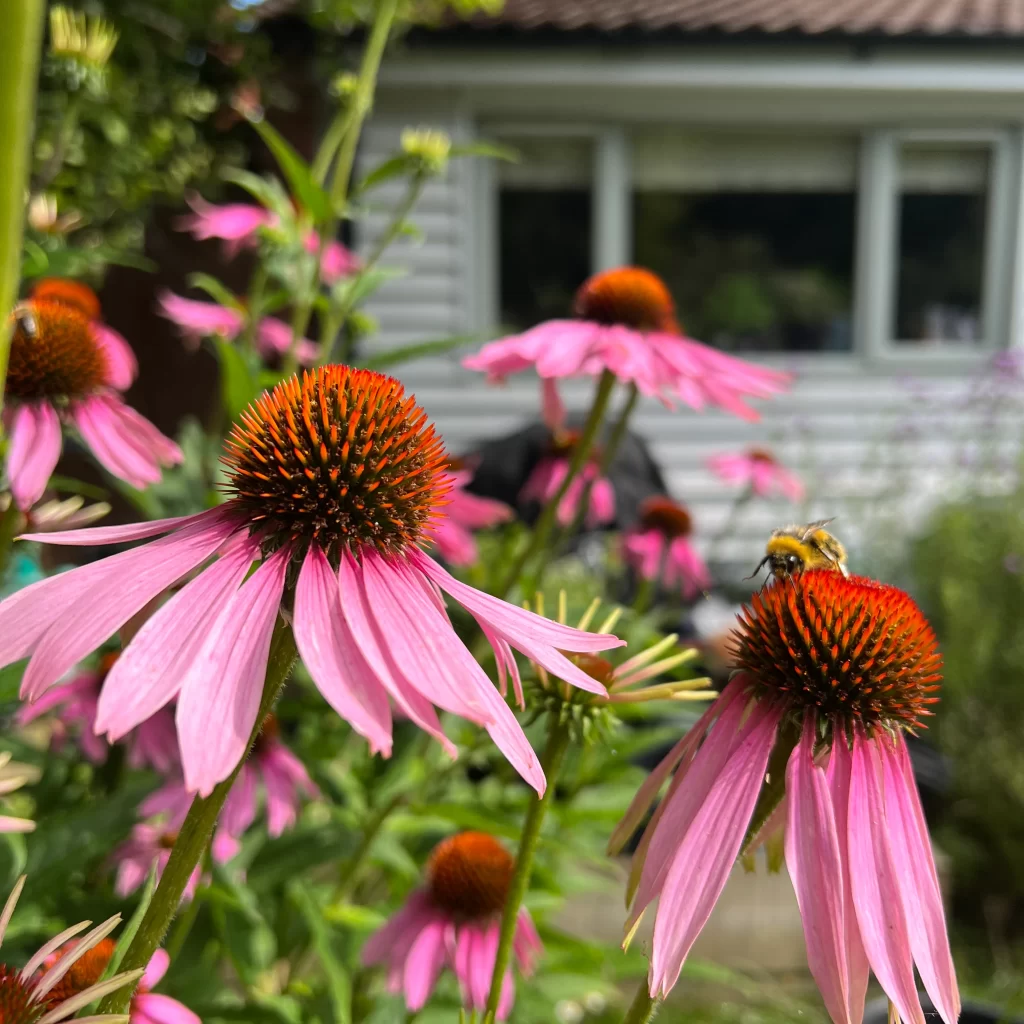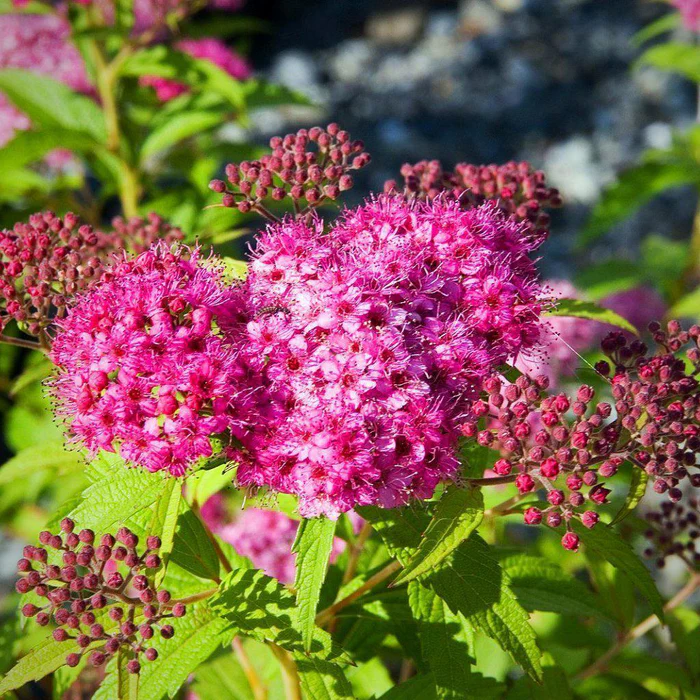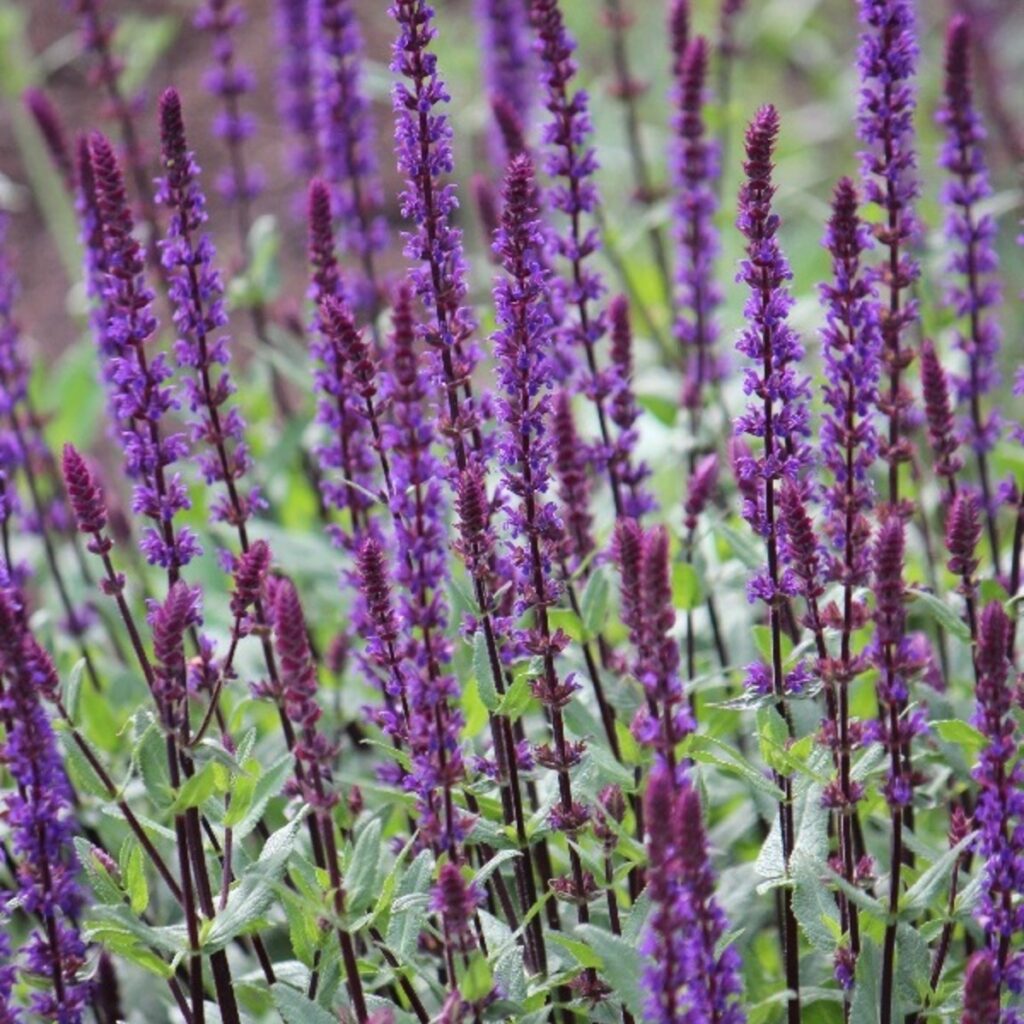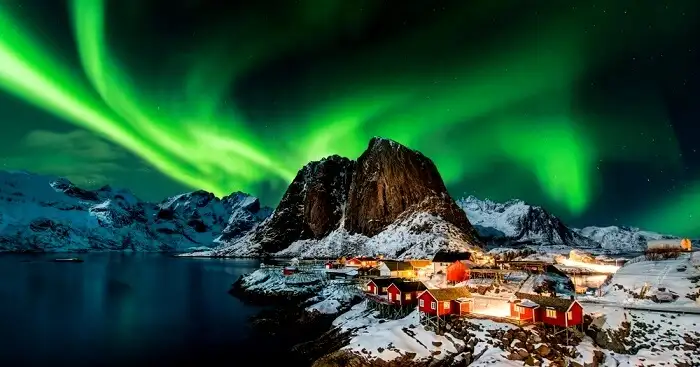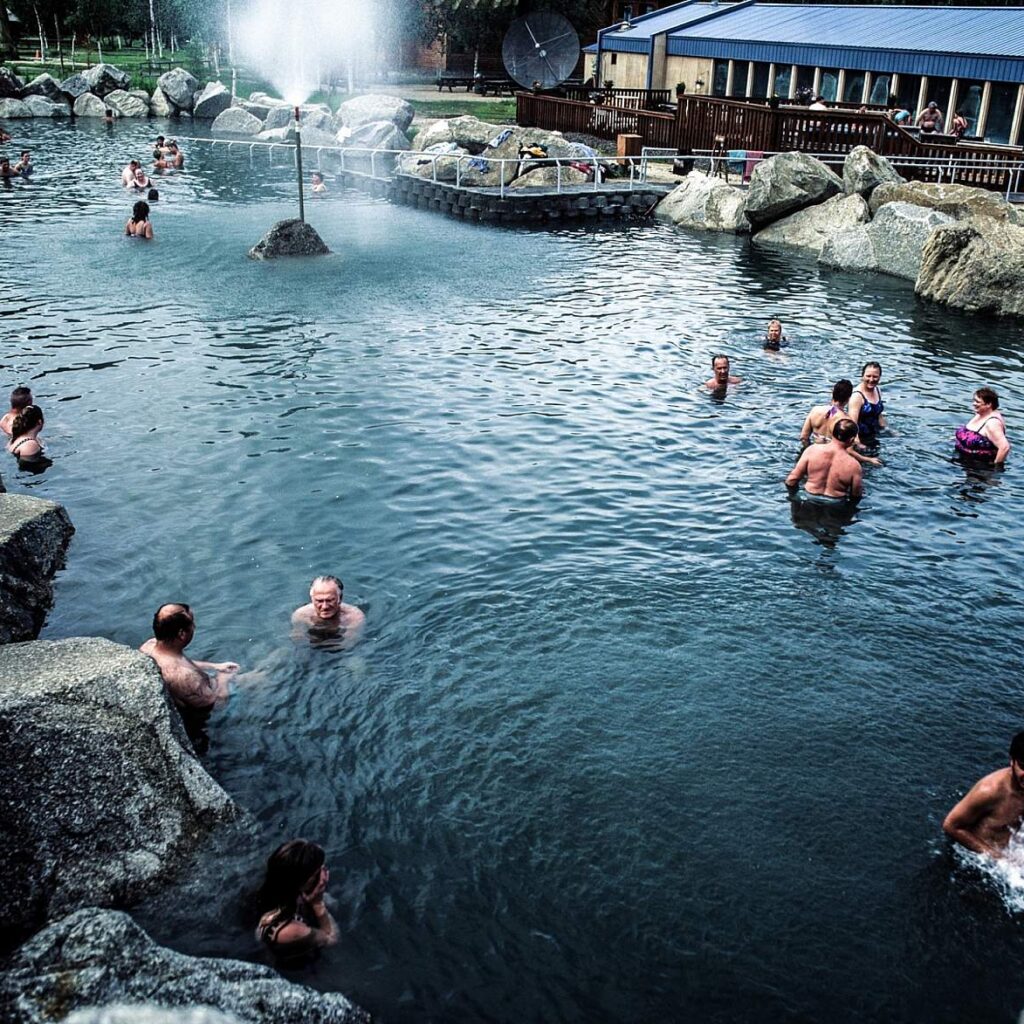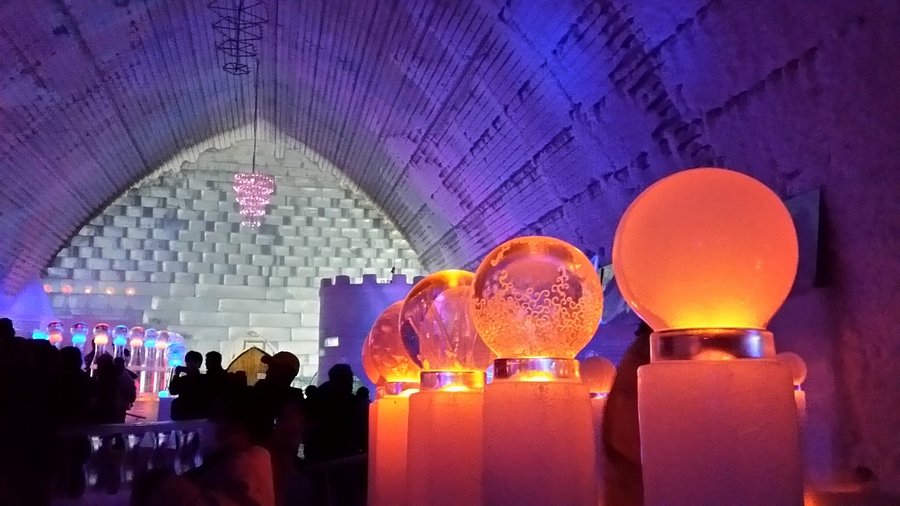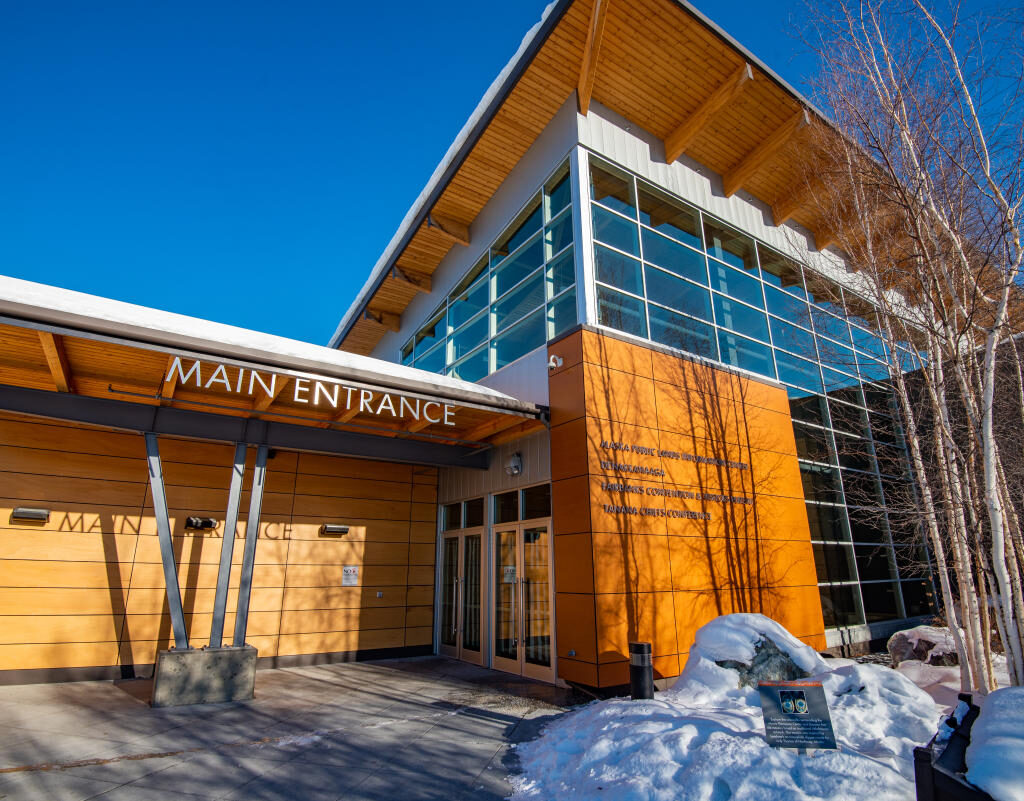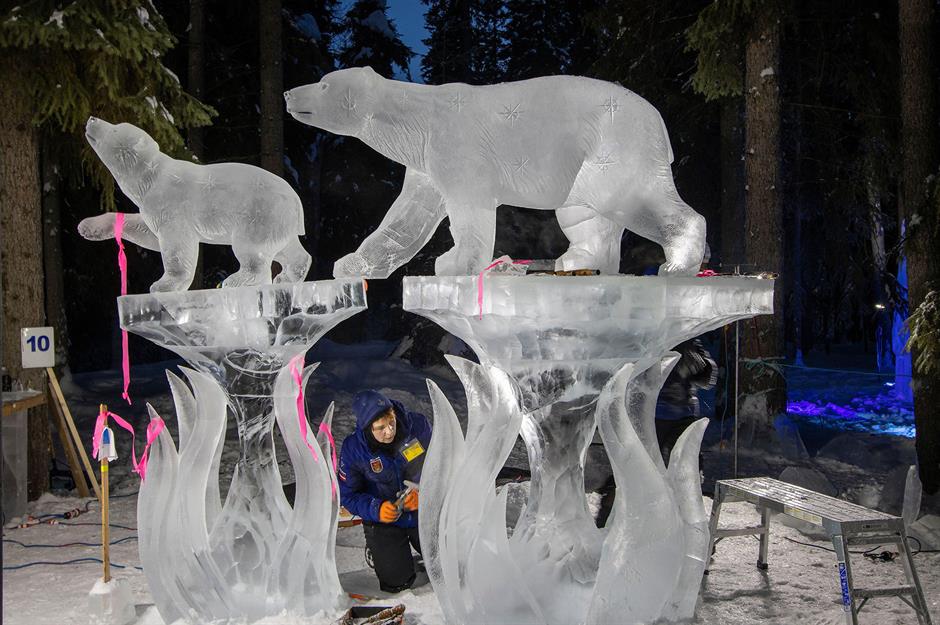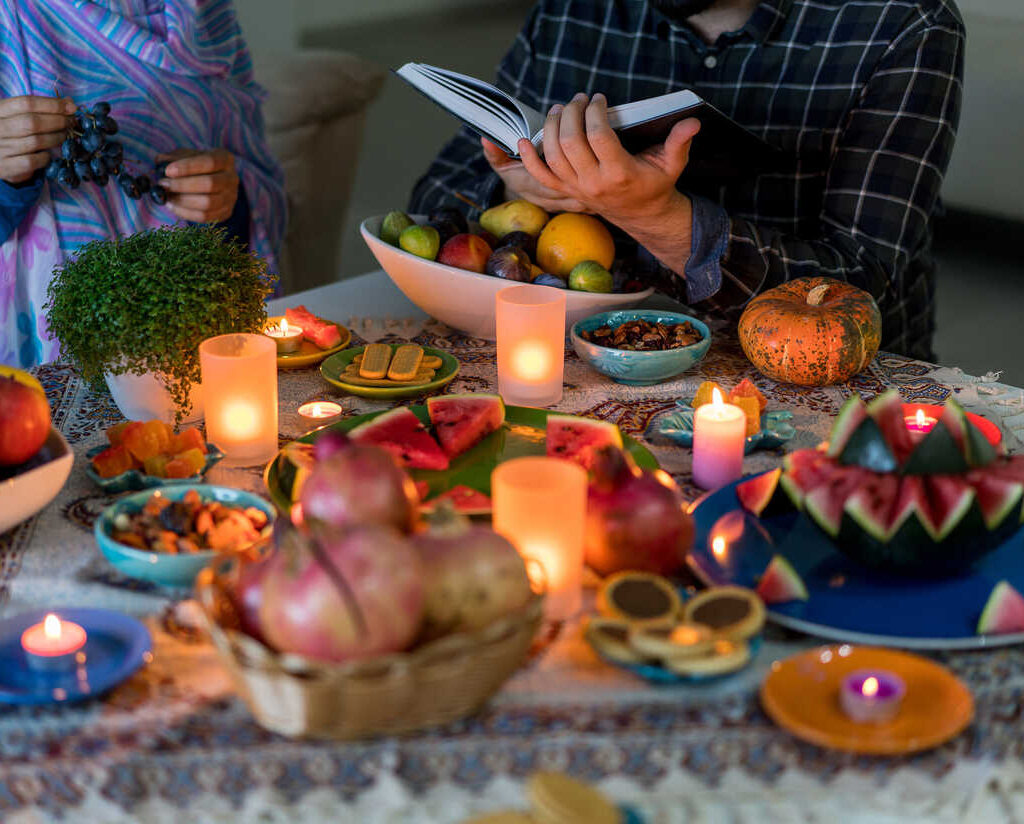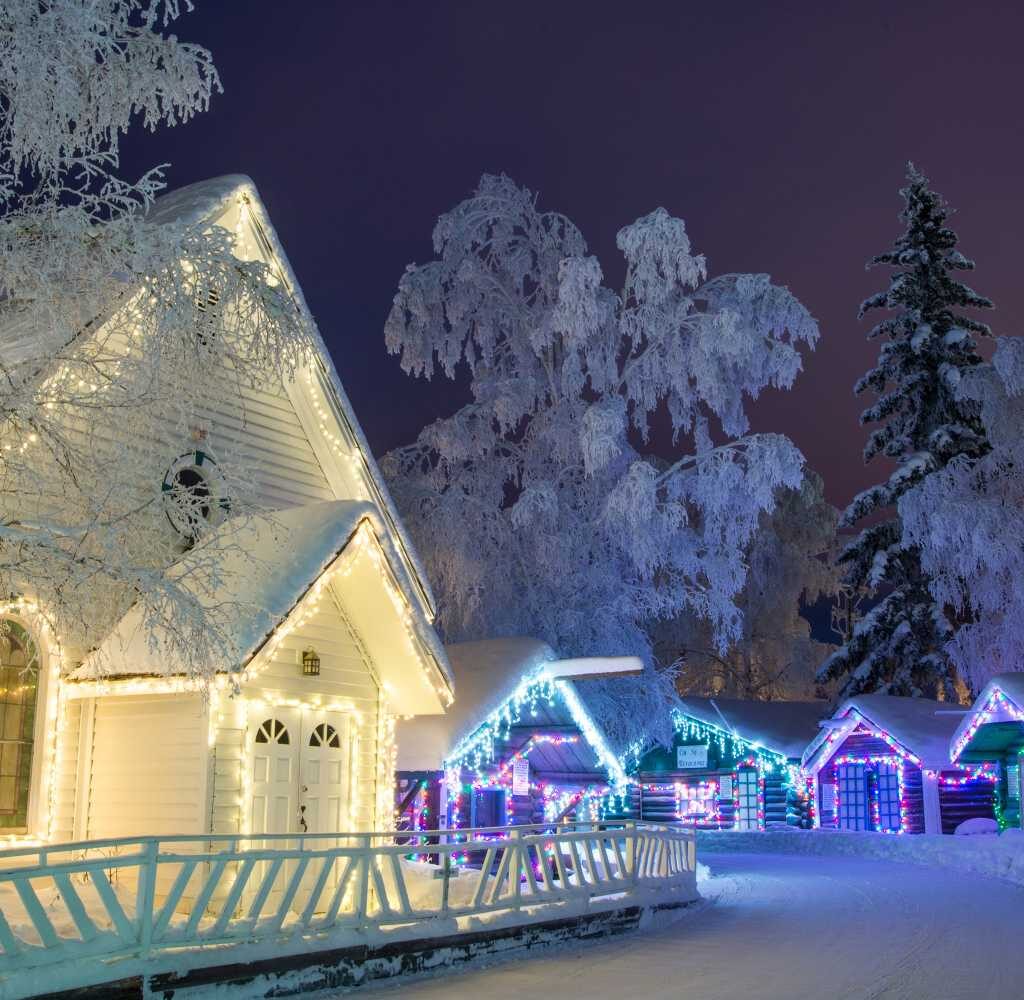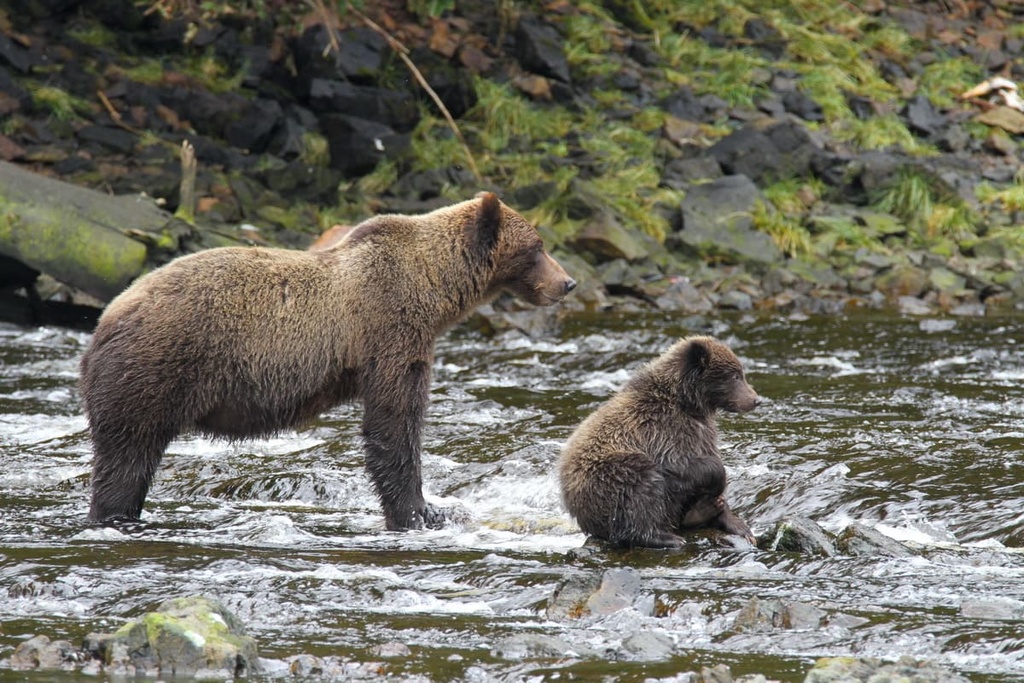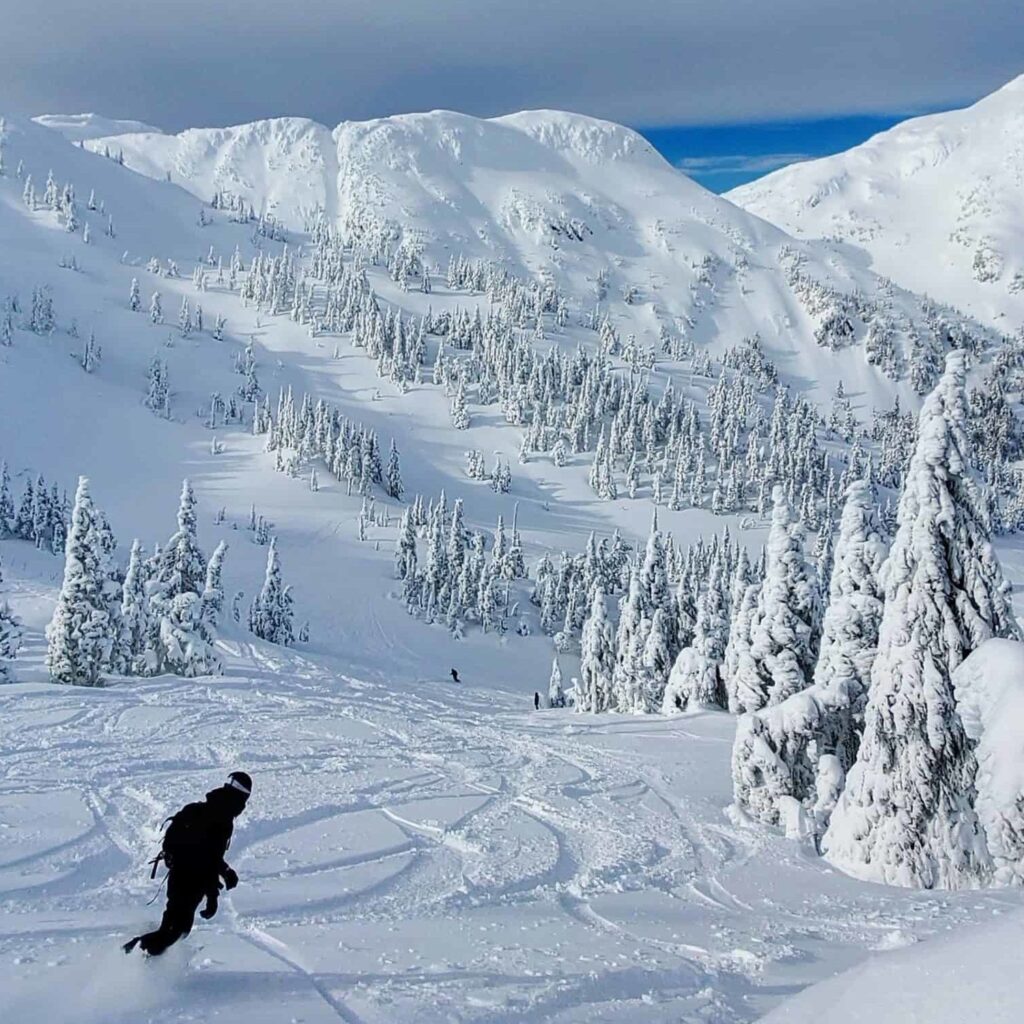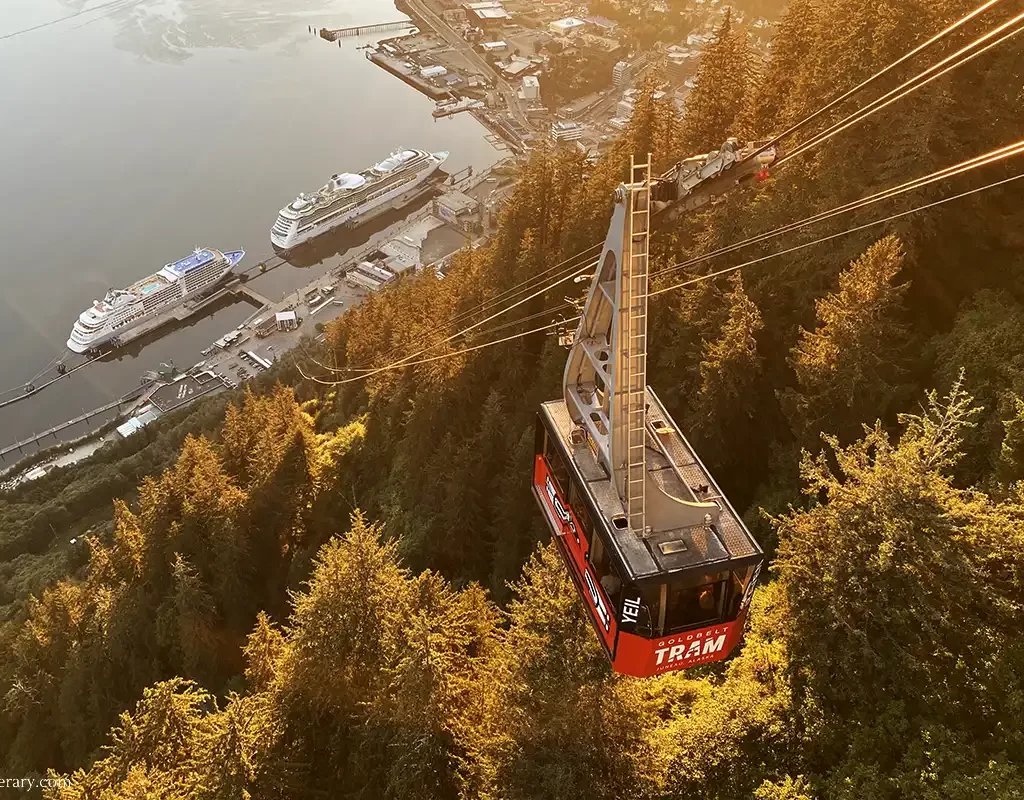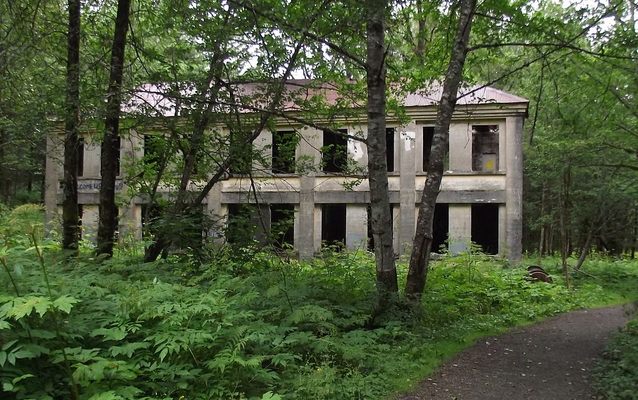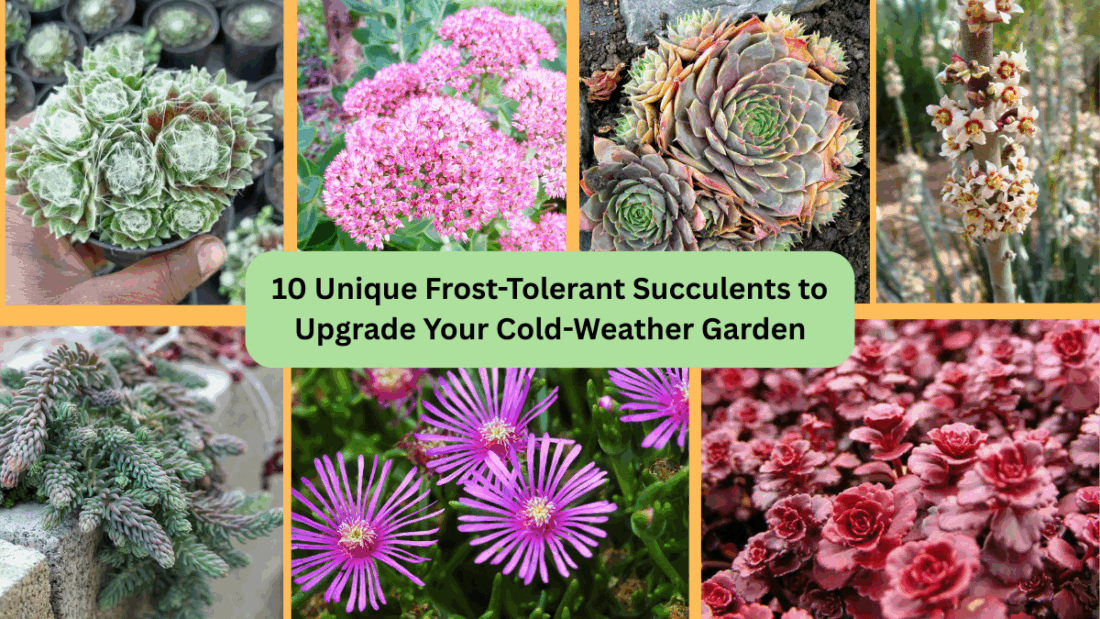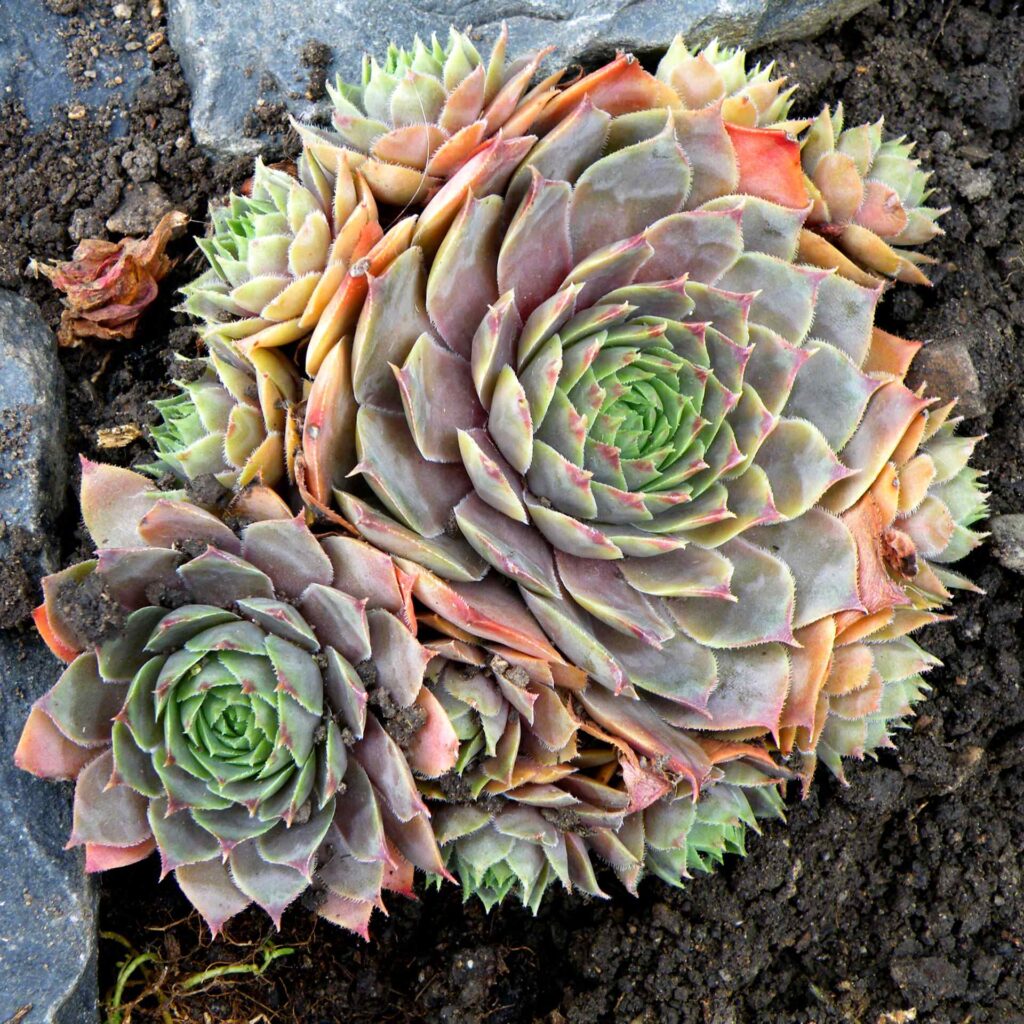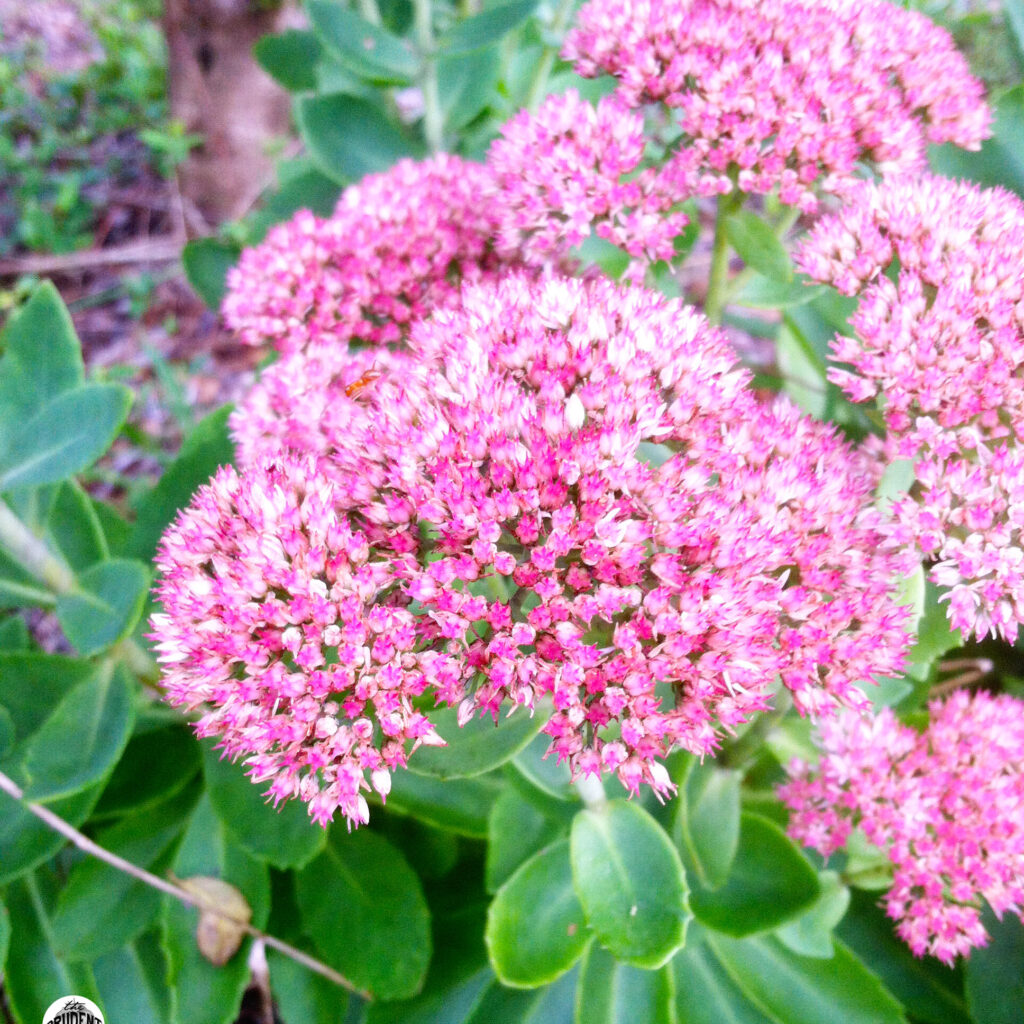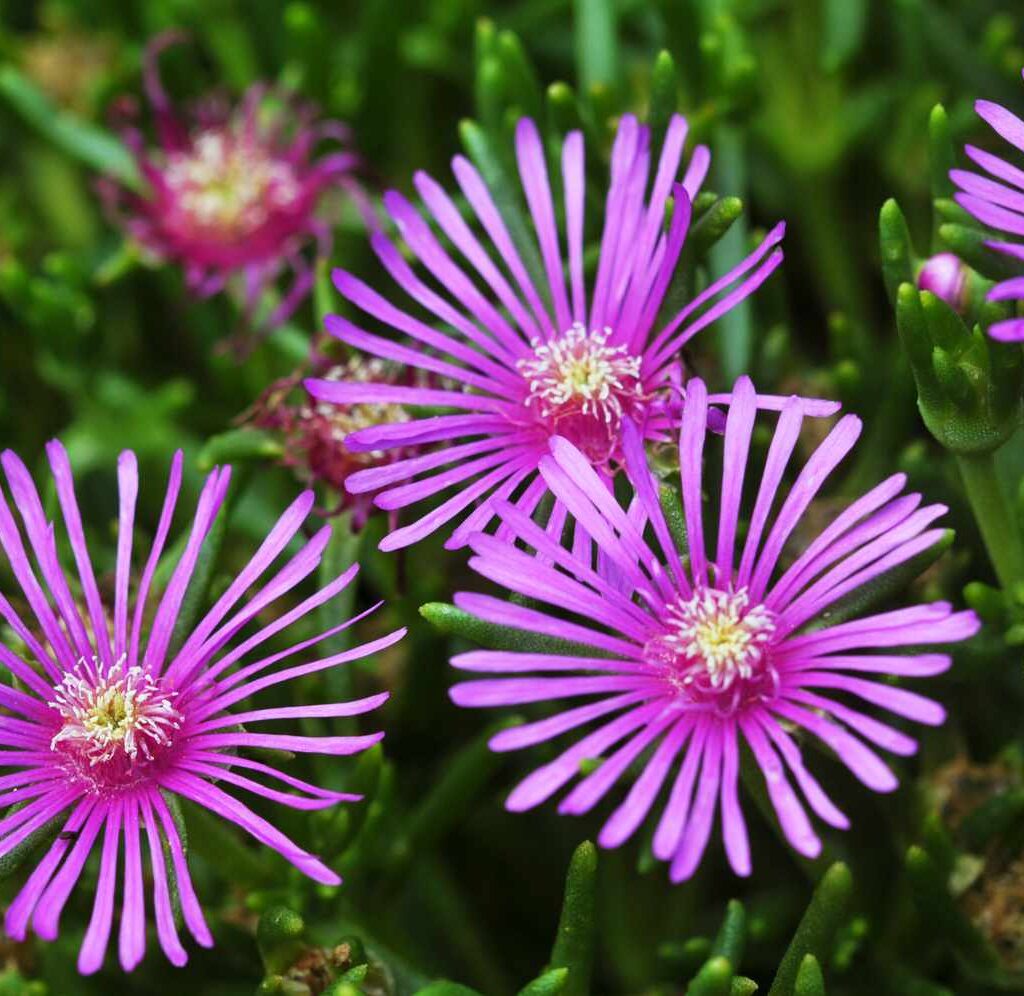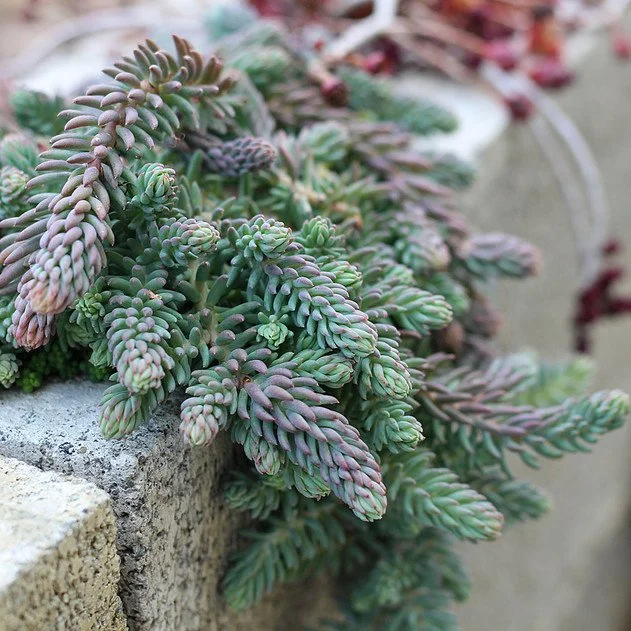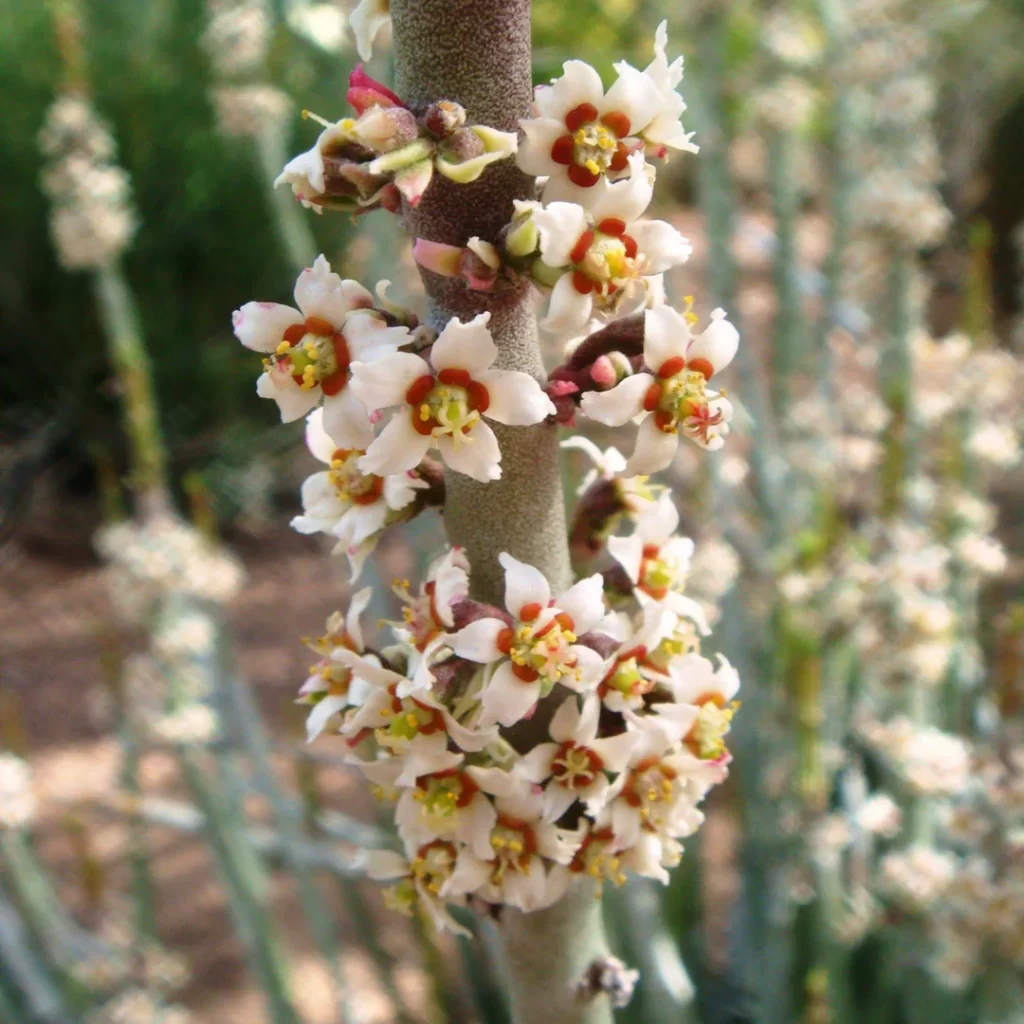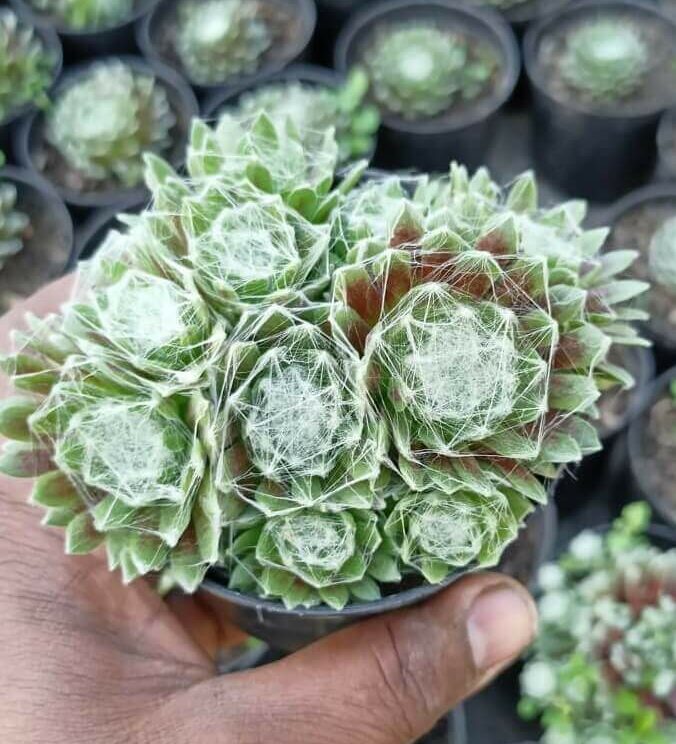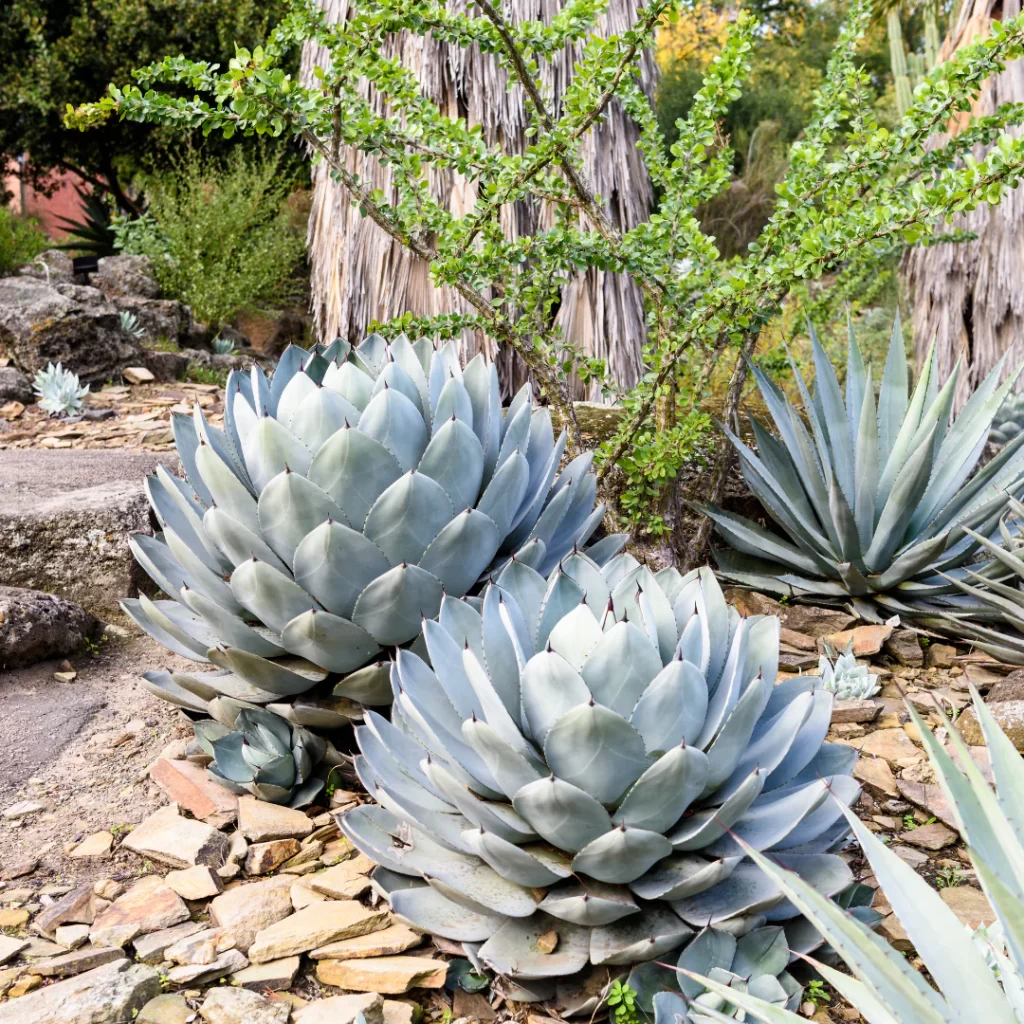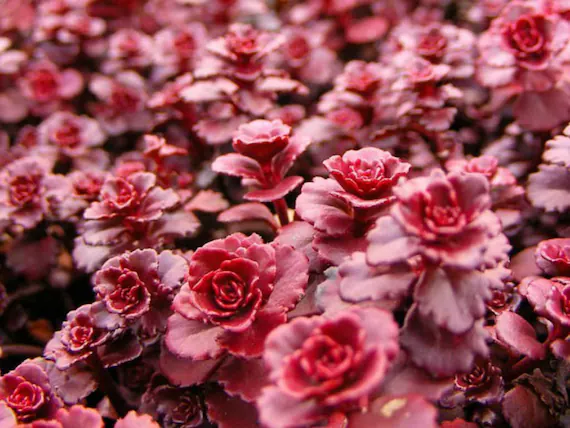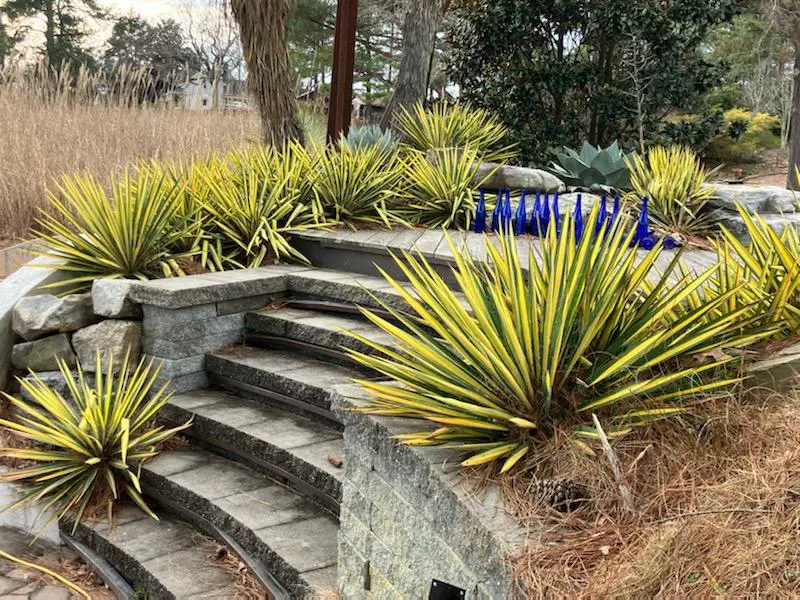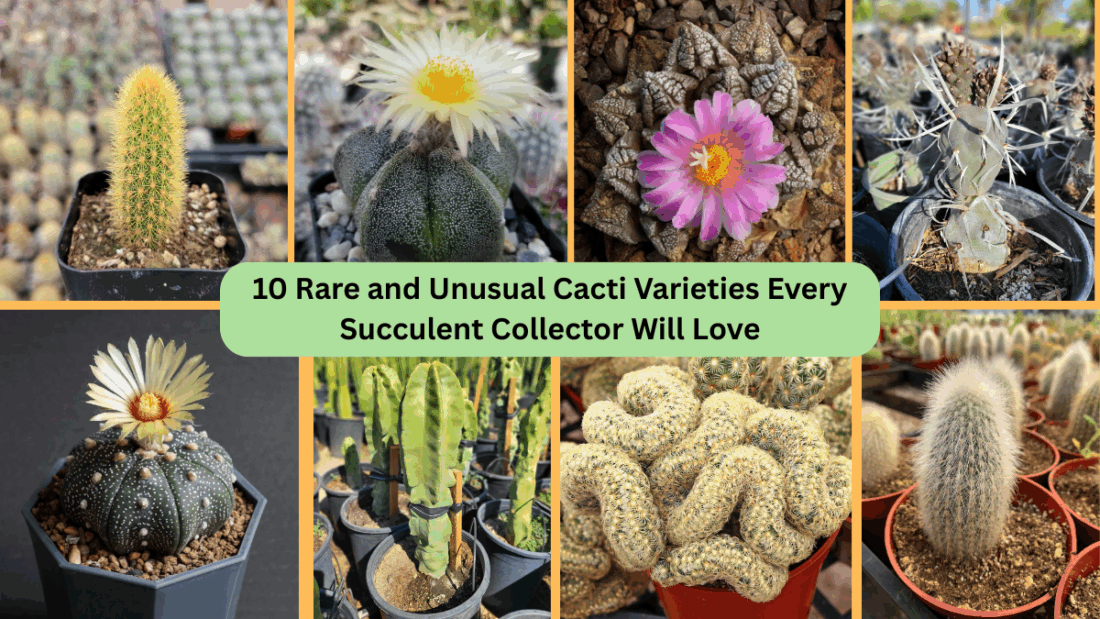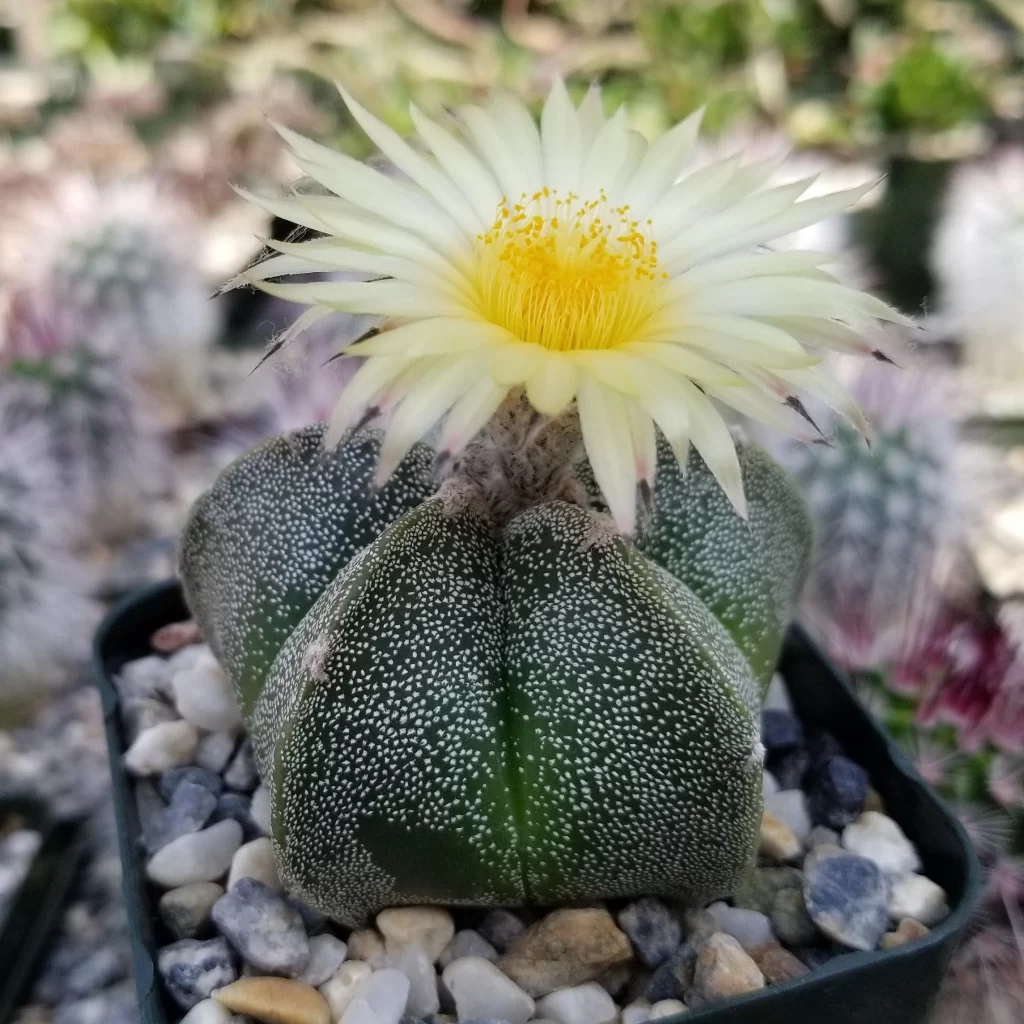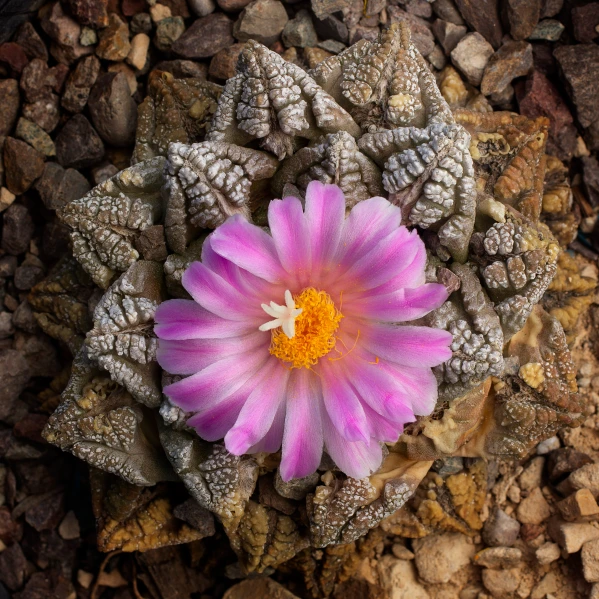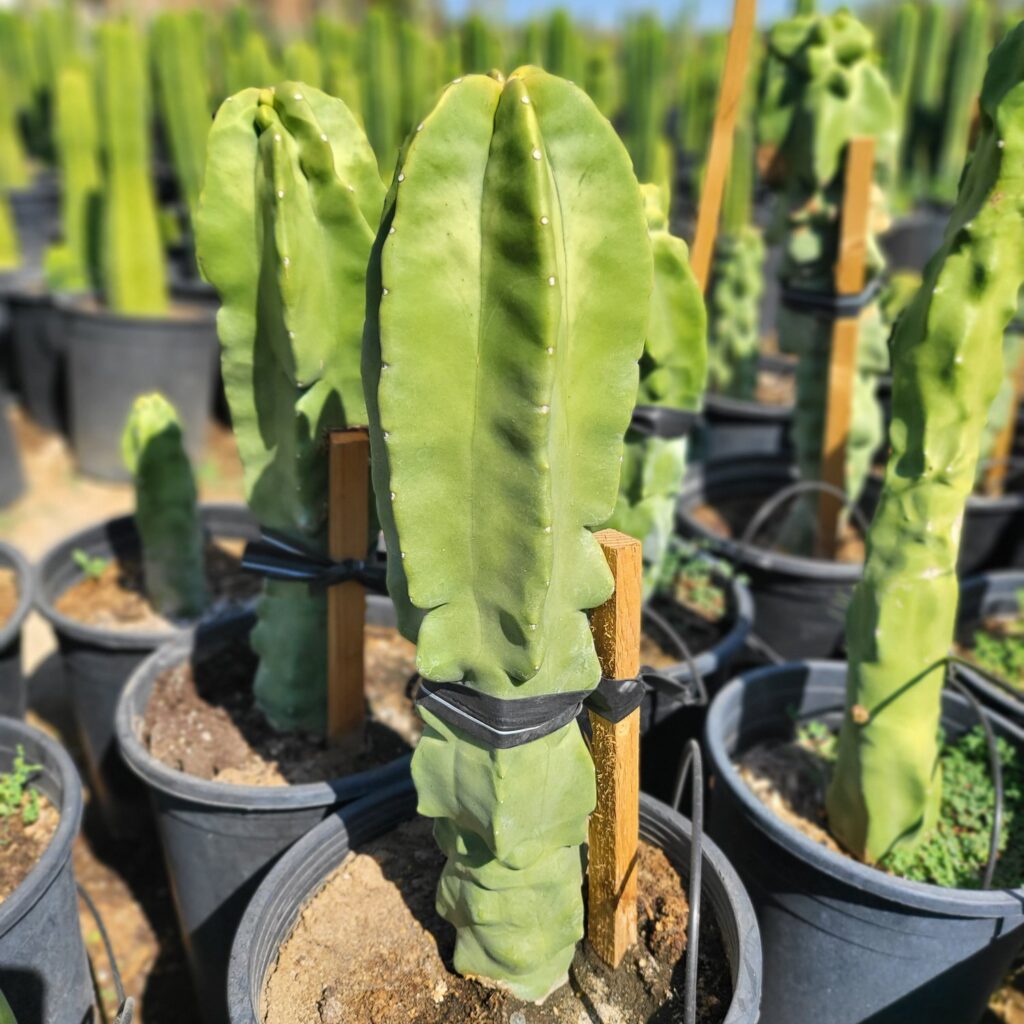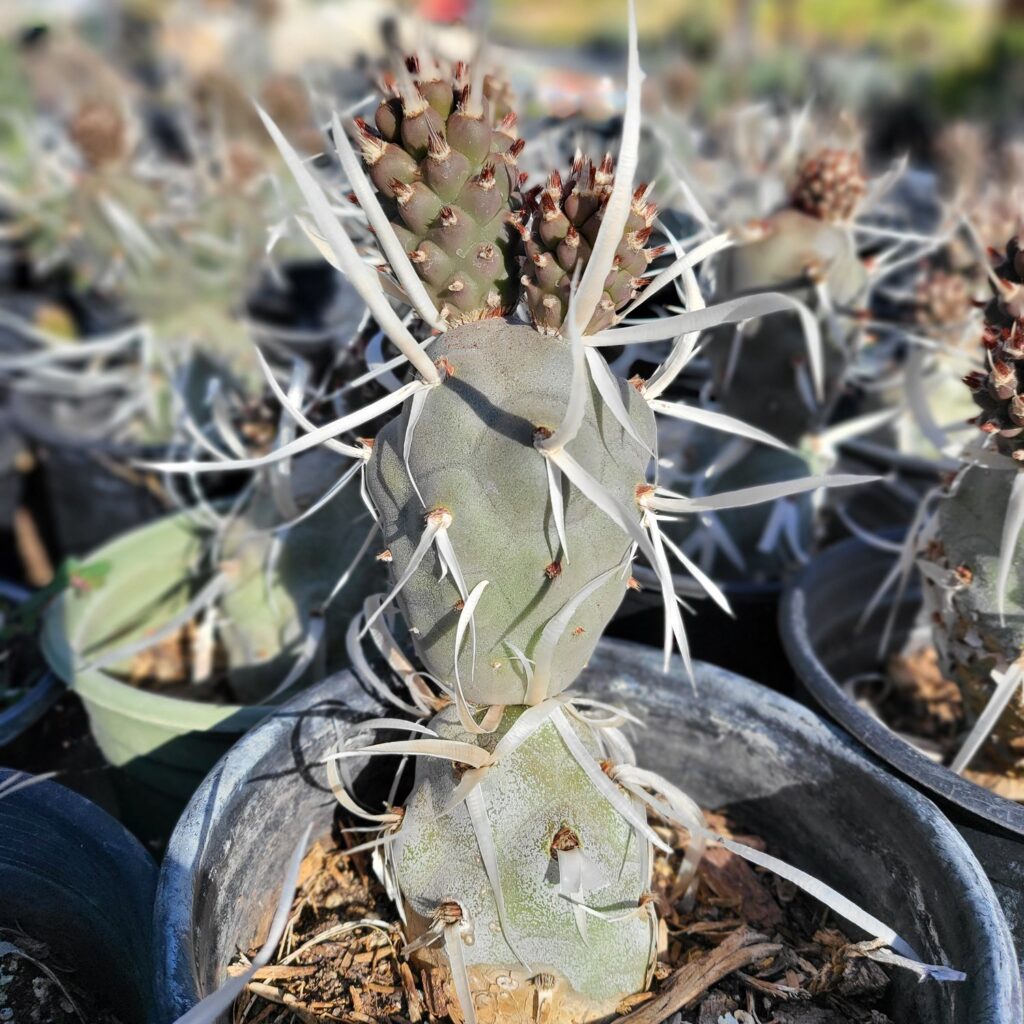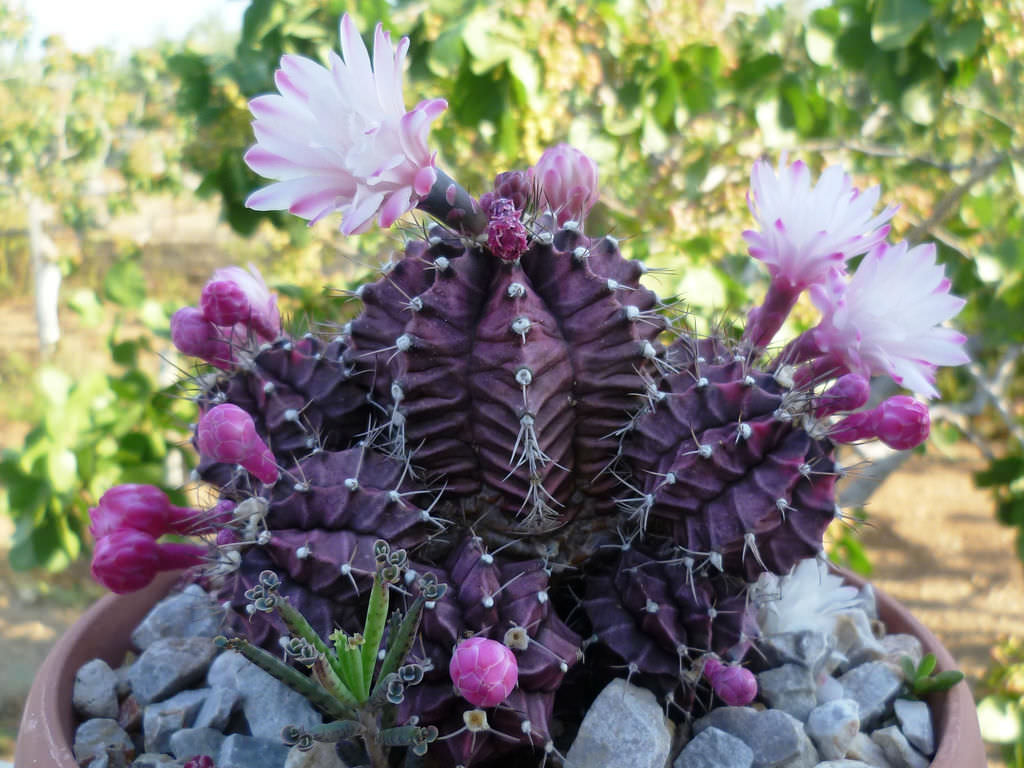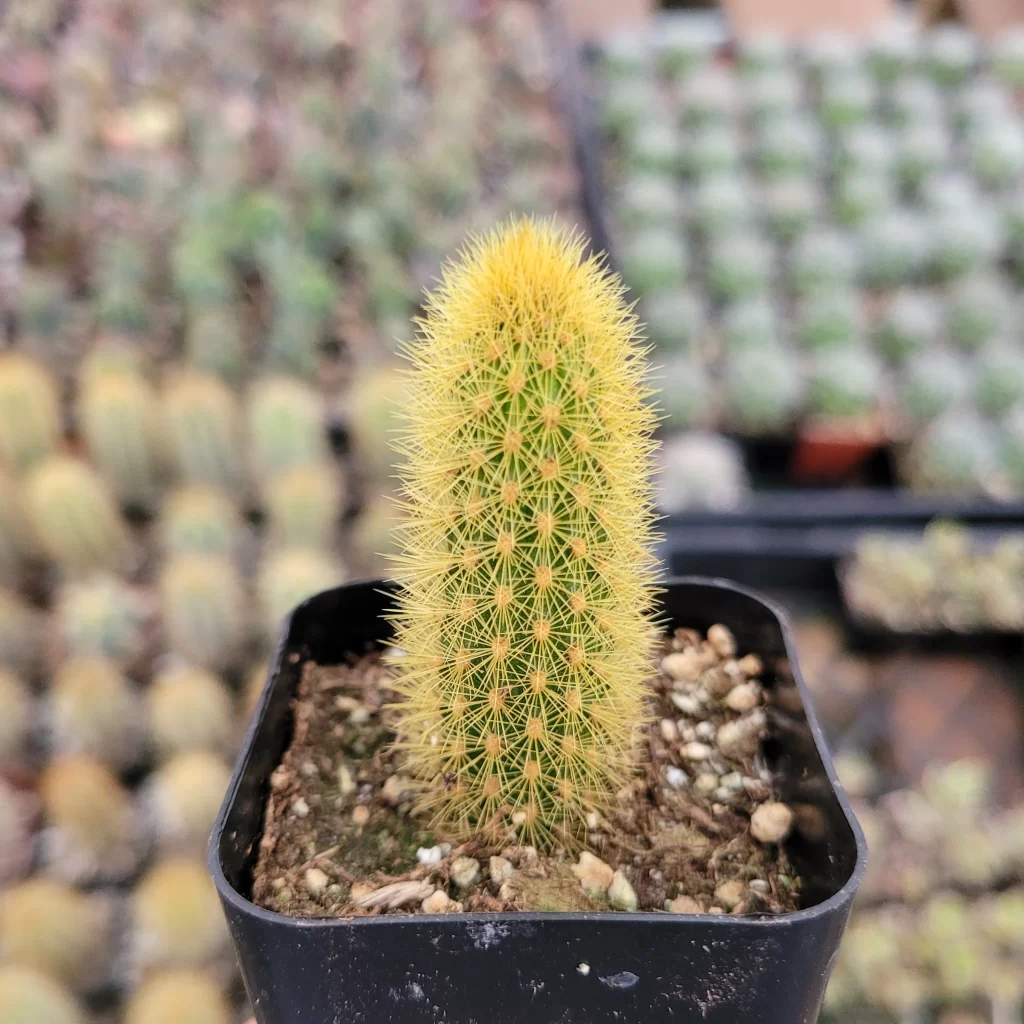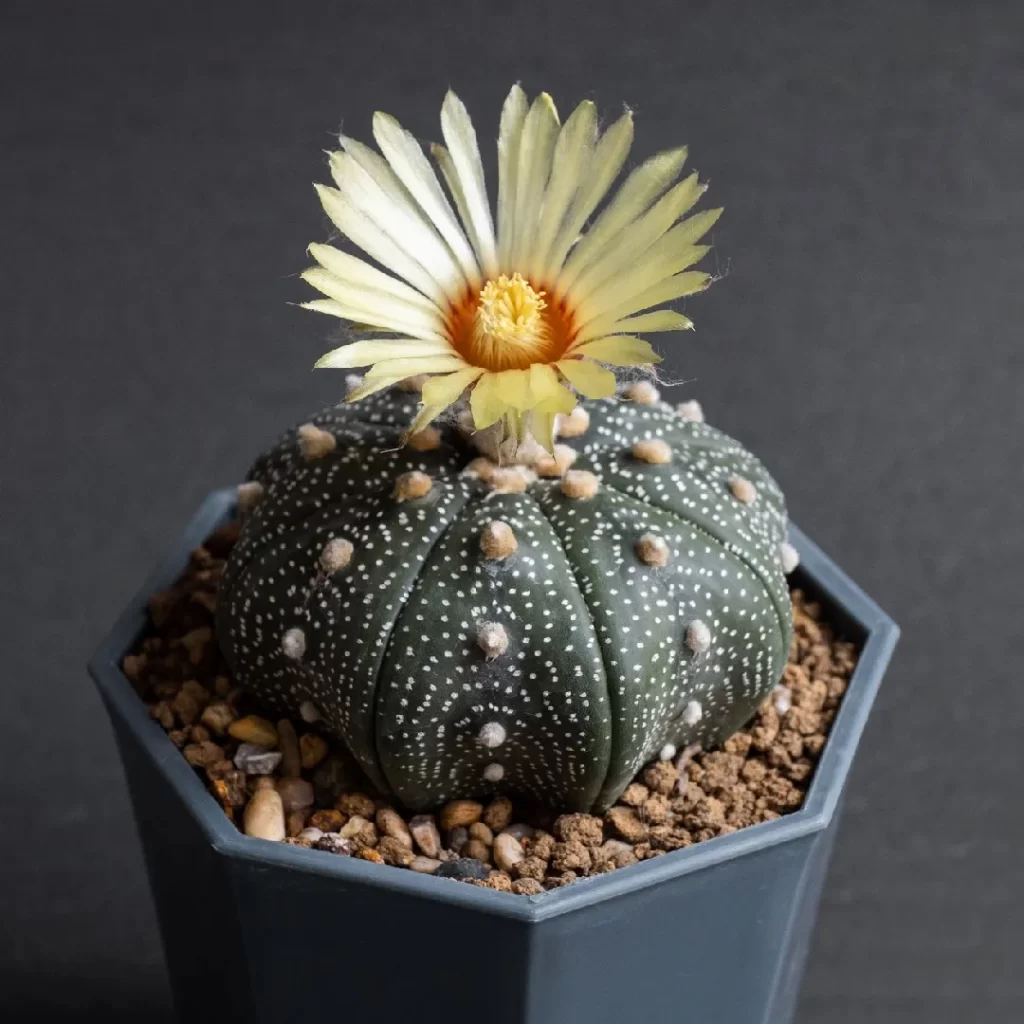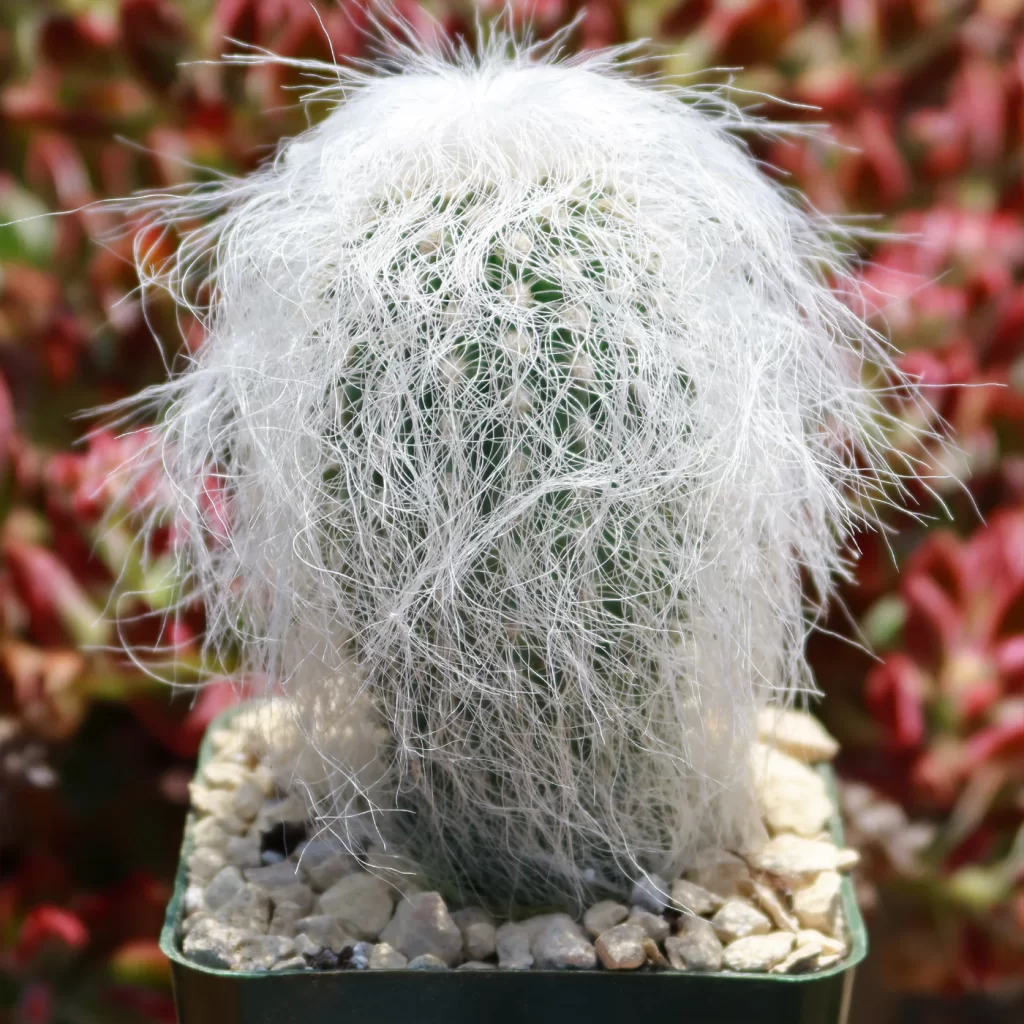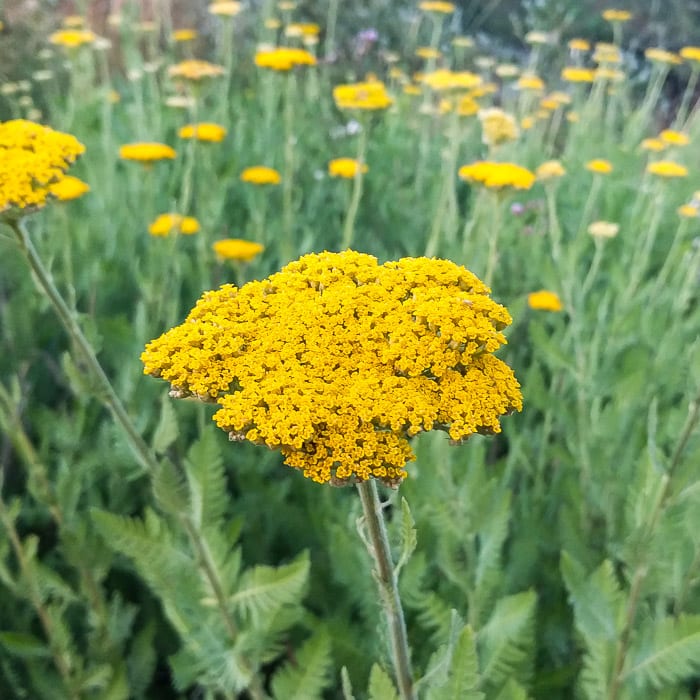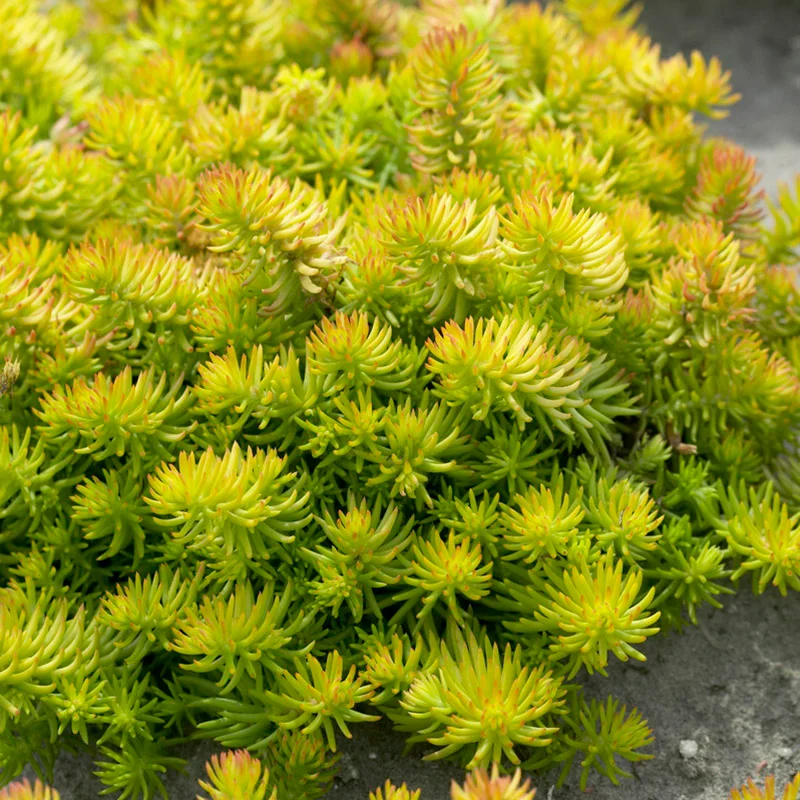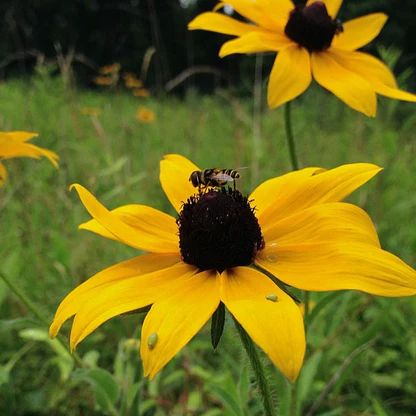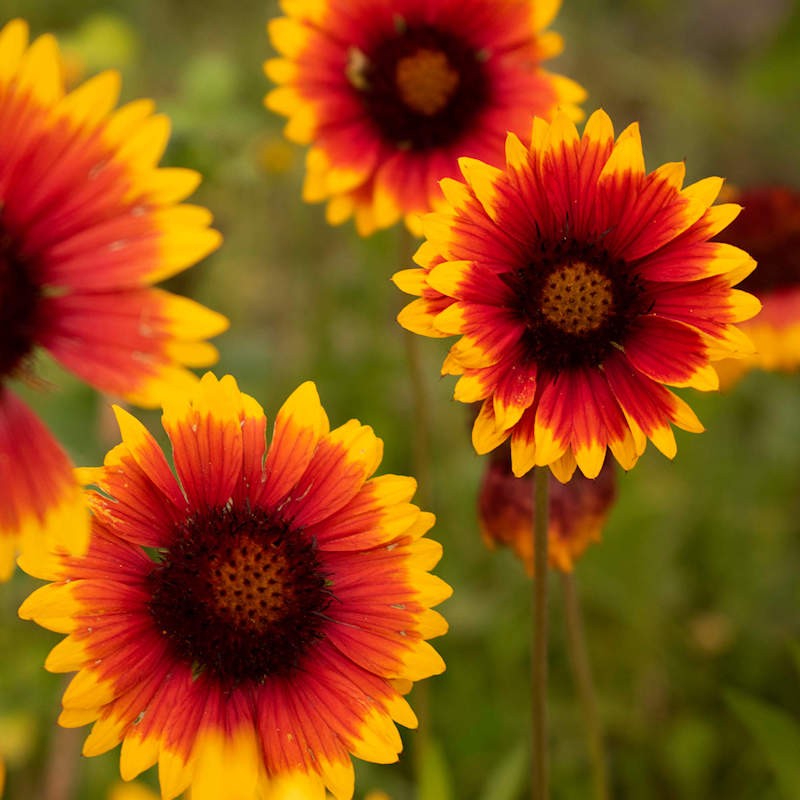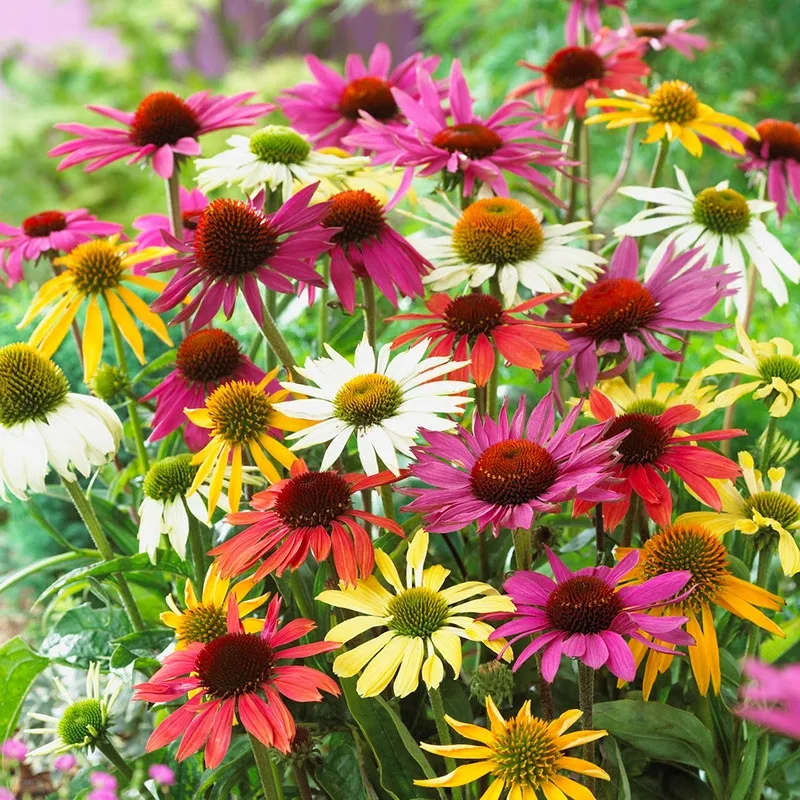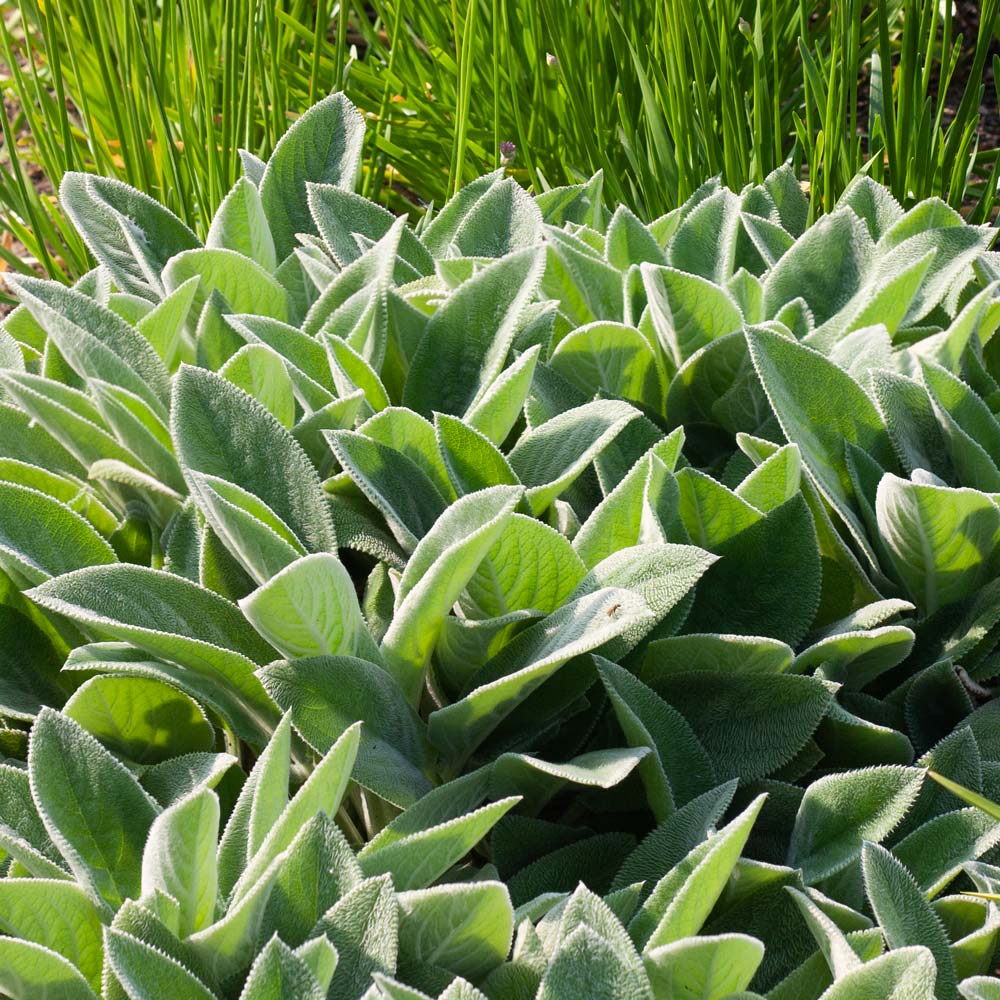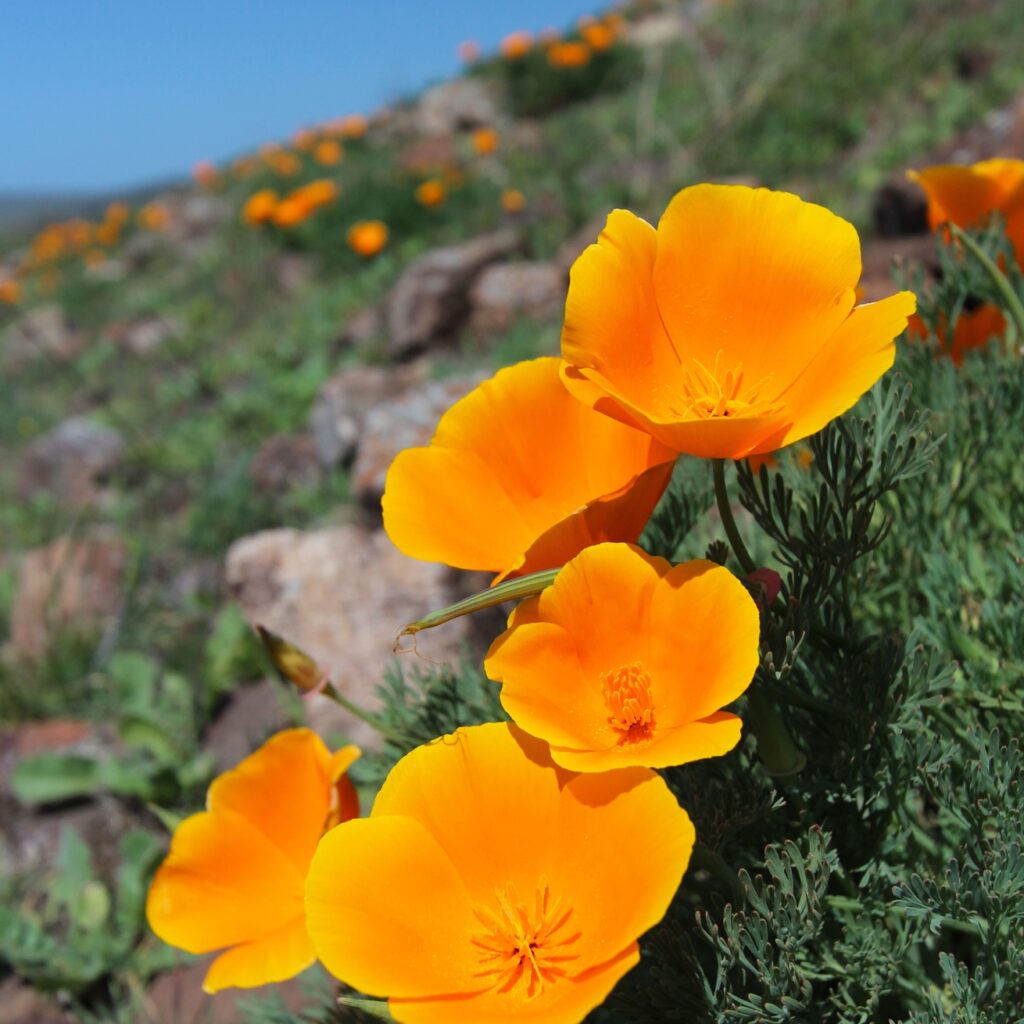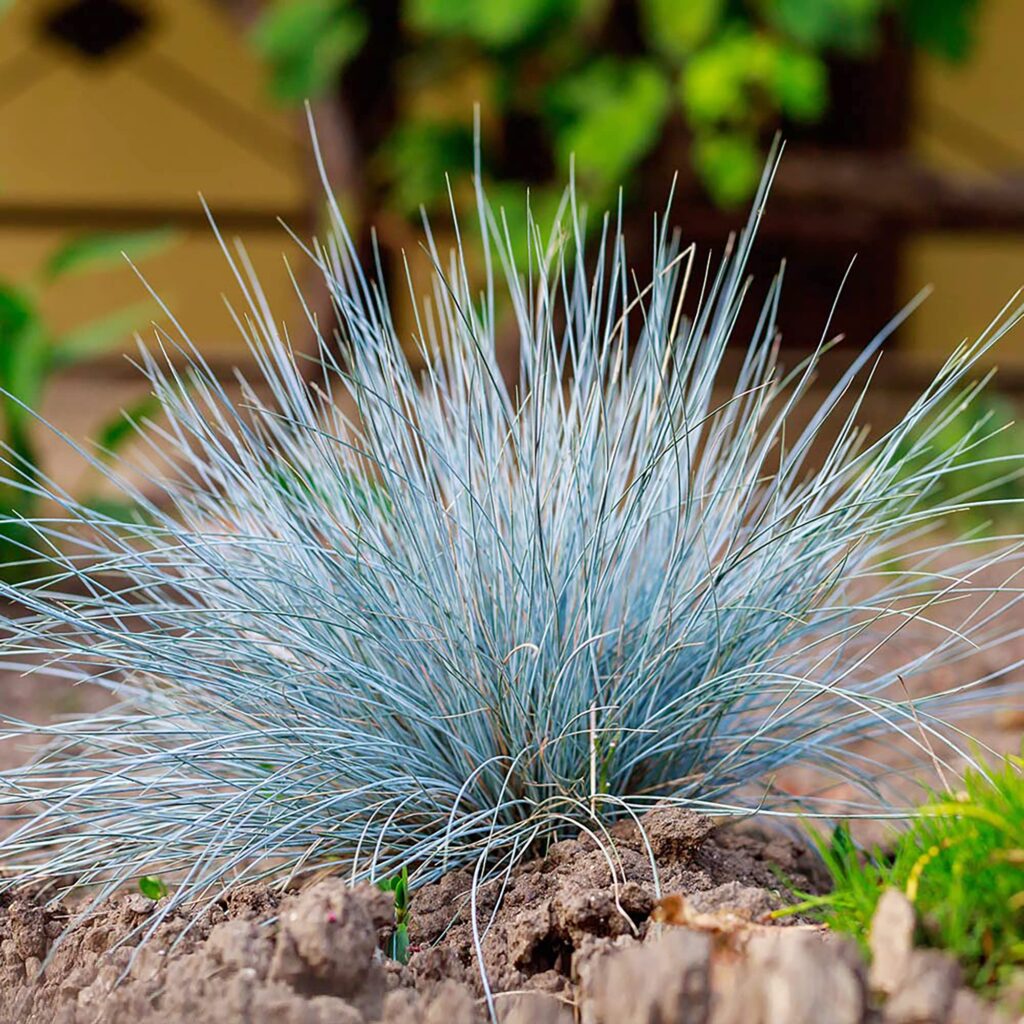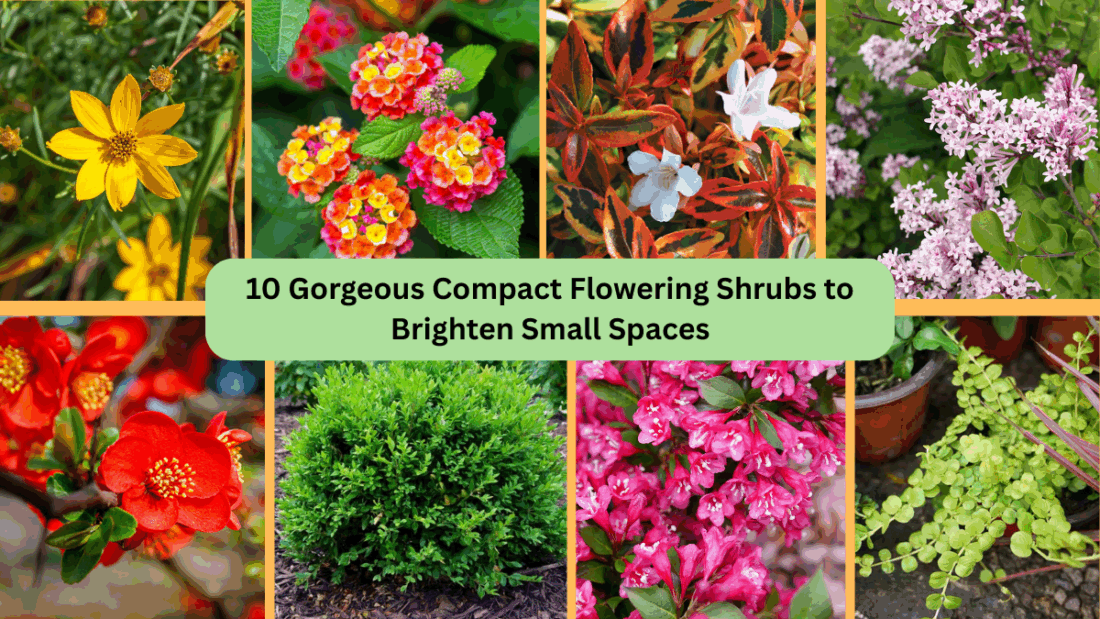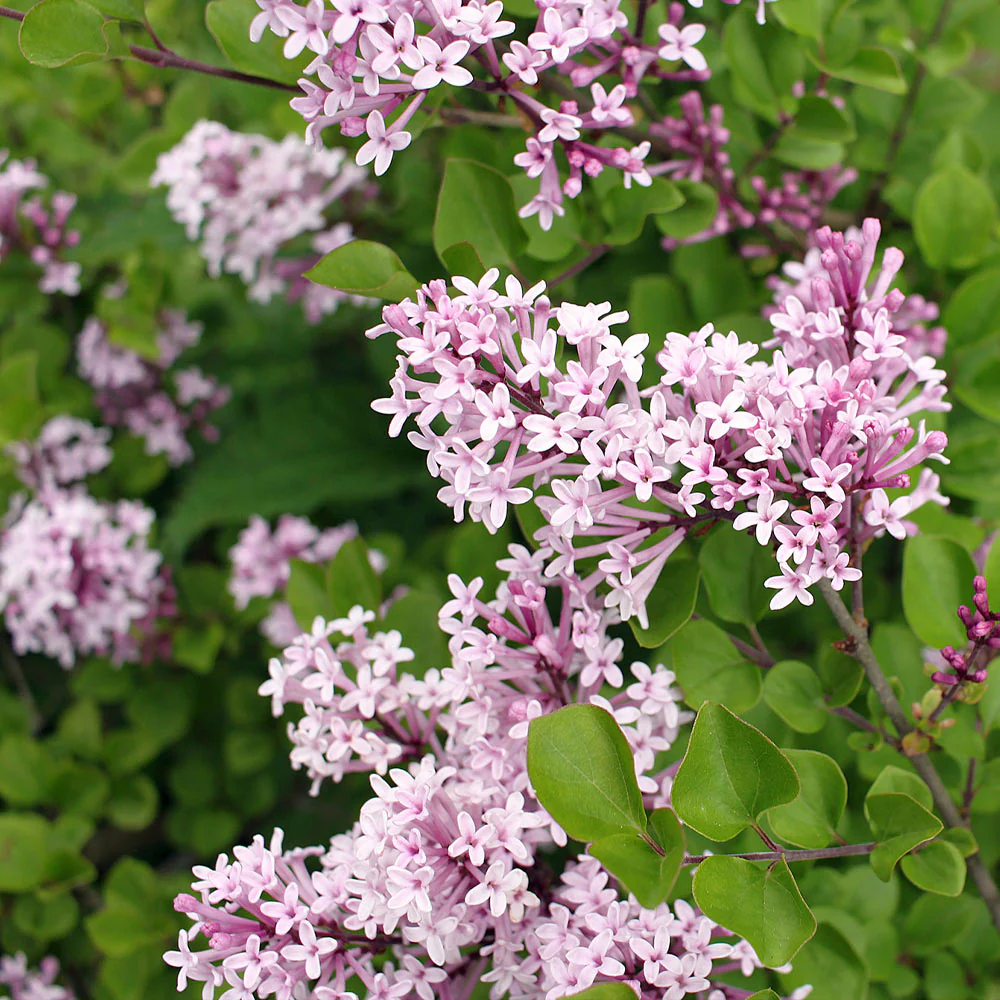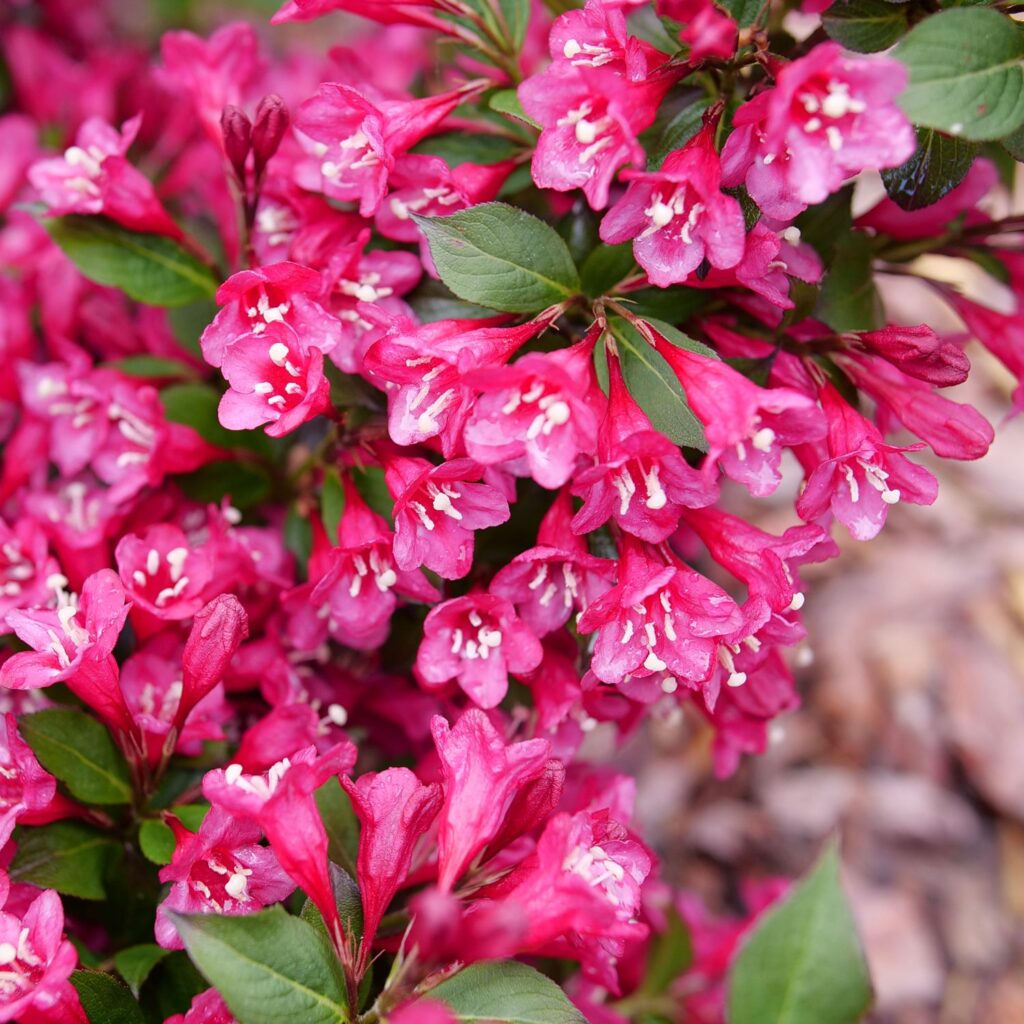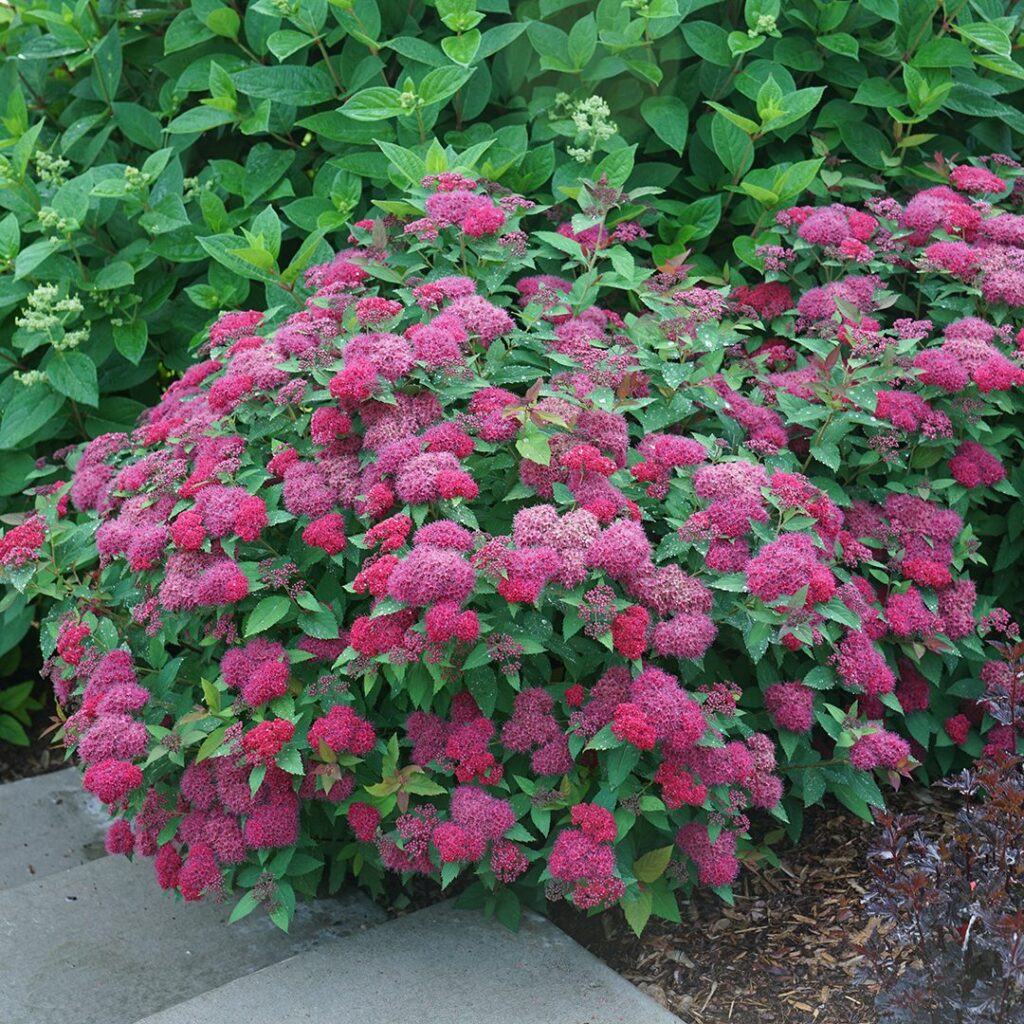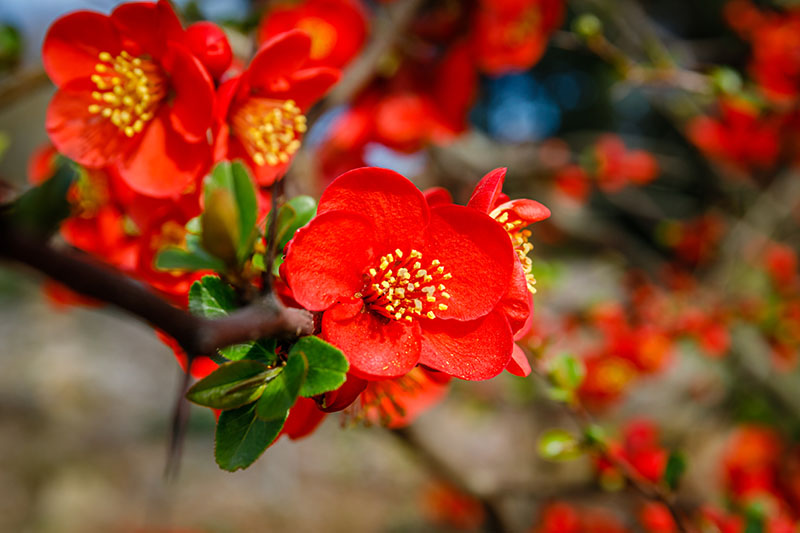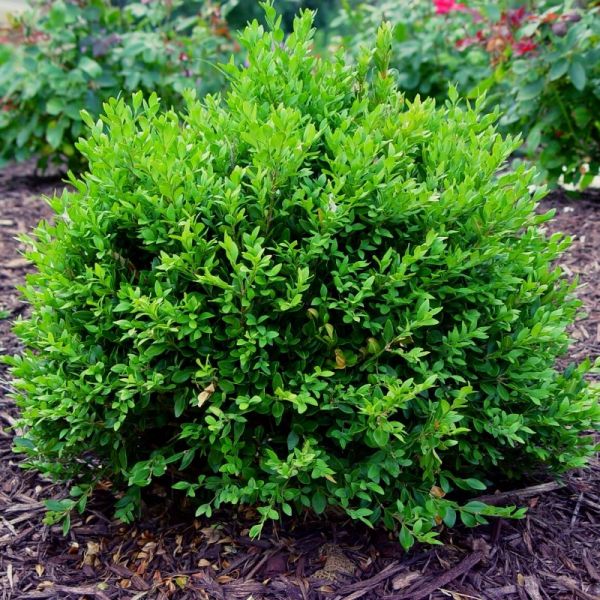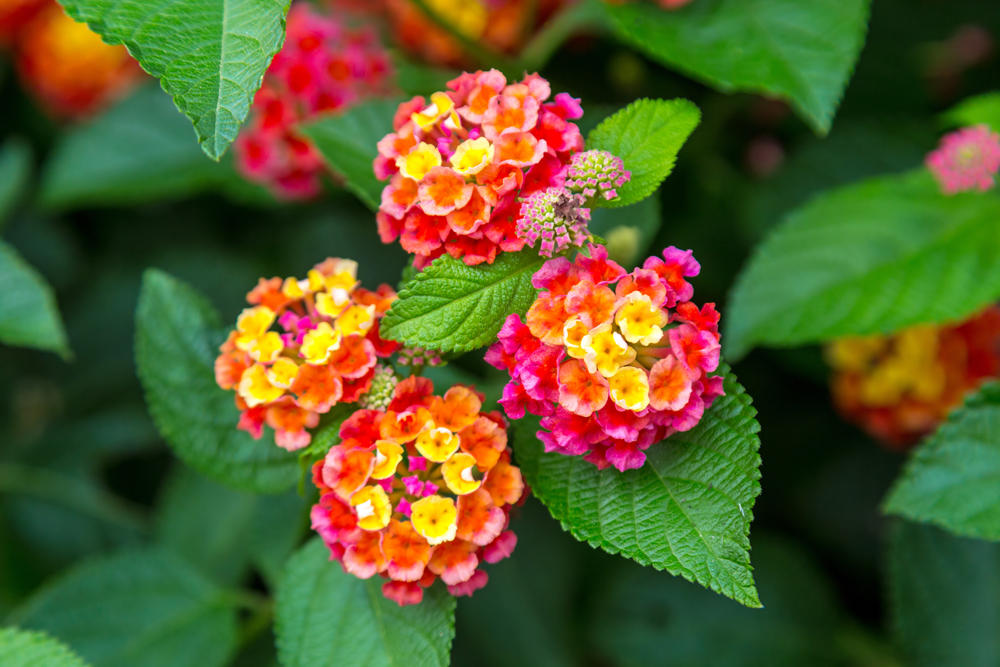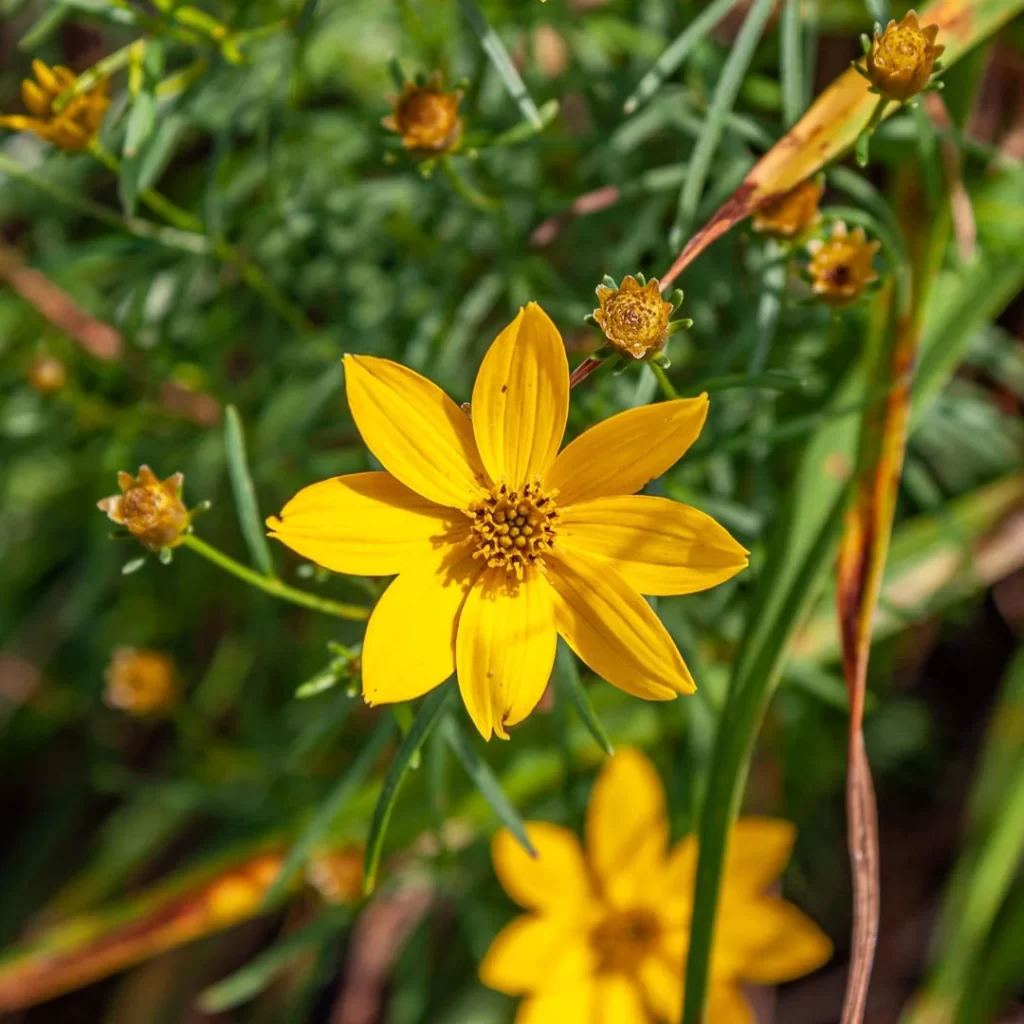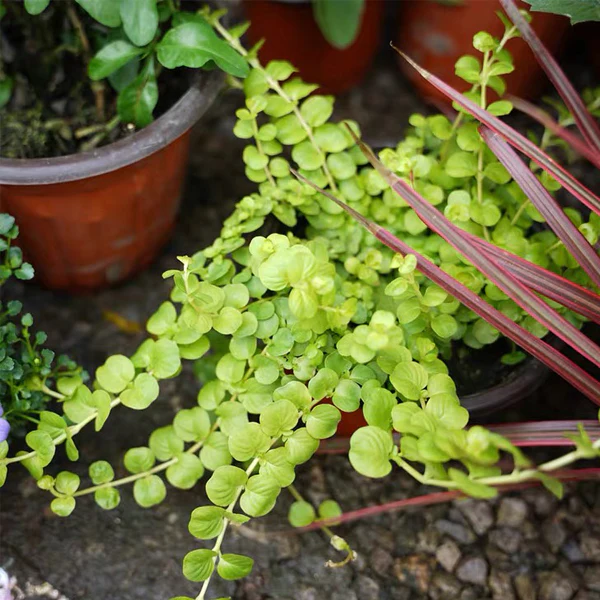Rock gardens bring rugged beauty and low-maintenance appeal to any landscape, blending natural stone with hardy, drought-tolerant plants. But beyond just surviving tough conditions, the right plants add vivid color, fascinating textures, and year-round interest. Whether you’re filling crevices, topping a slope, or transforming a sunny patch of gravel, these 10 tough yet charming rock garden plants are perfect for creating visual drama and natural elegance in your outdoor space with very little upkeep required.
1. Sedum (Stonecrop)
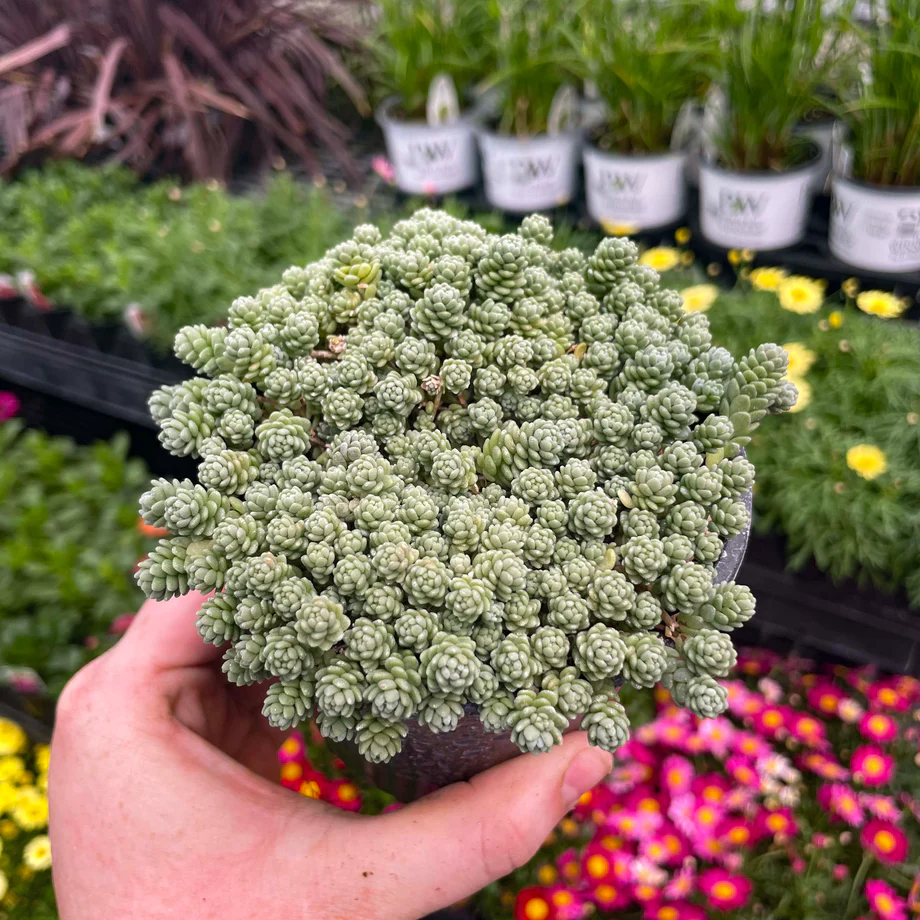
Sedums are rock garden superstars thanks to their thick, fleshy leaves and wide range of colors and shapes. Whether you choose low-growing ground covers like ‘Dragon’s Blood’ or upright varieties like ‘Autumn Joy’, sedums offer drought tolerance and eye-catching texture. Their late-summer blooms attract pollinators, and many varieties turn fiery red or orange in fall. Sedum thrives in poor soil and full sun, making it an effortless yet stylish addition to rocky terrain.
2. Thyme (Thymus spp.)
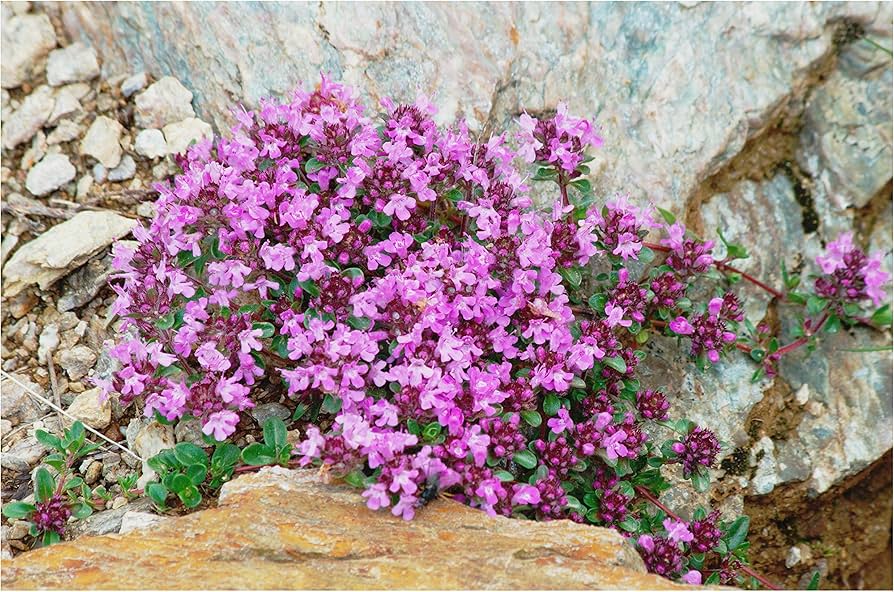
Creeping thyme isn’t just a fragrant herb it’s also a durable ground cover that weaves beautifully between rocks and stepping stones. Its tiny leaves and low-growing form create a lush carpet that stays evergreen in mild climates. In summer, it bursts into tiny purple, pink, or white flowers that attract bees and butterflies. Thyme is foot-traffic tolerant, heat- and drought-resistant, and provides a soft, aromatic contrast to stone textures.
3. Hens and Chicks (Sempervivum spp.)
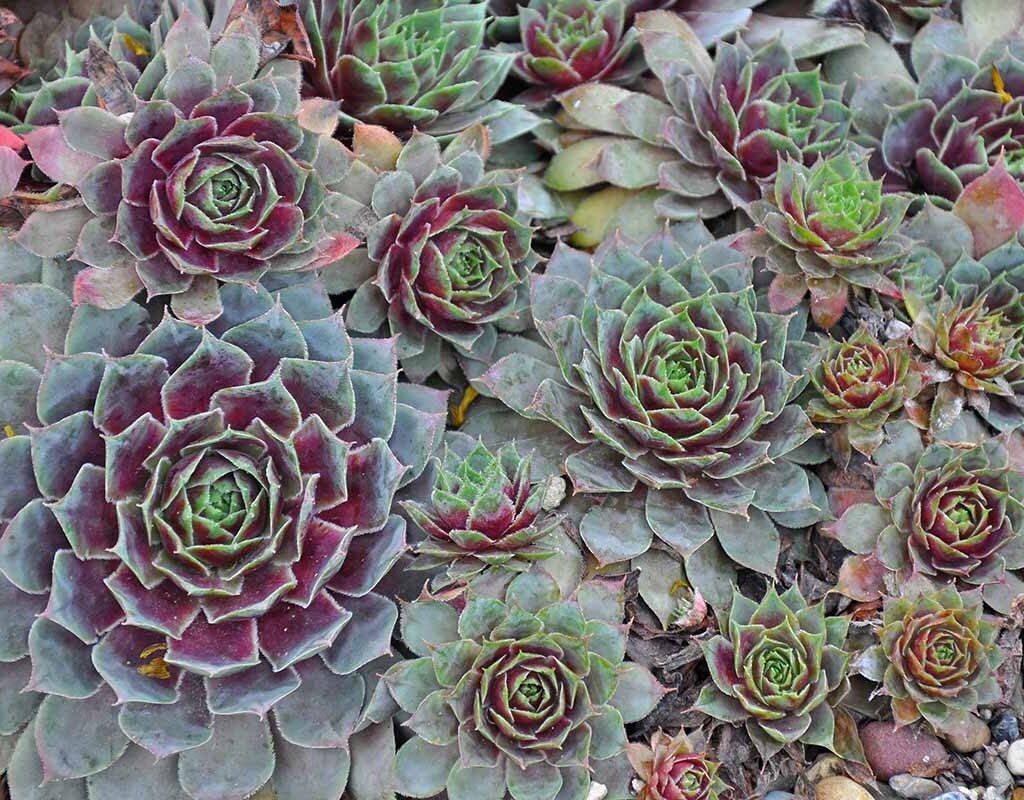
With their geometric rosettes and ability to thrive in harsh, dry conditions, hens and chicks are a classic choice for rock gardens. These succulents come in a range of colors from silvery green to deep burgundy and can nestle into cracks, crevices, or containers. They propagate easily, producing “chicks” around the mother plant that fill in gaps over time. Their low water needs and striking form add both charm and structure to rocky spaces.
4. Ice Plant (Delosperma spp.)
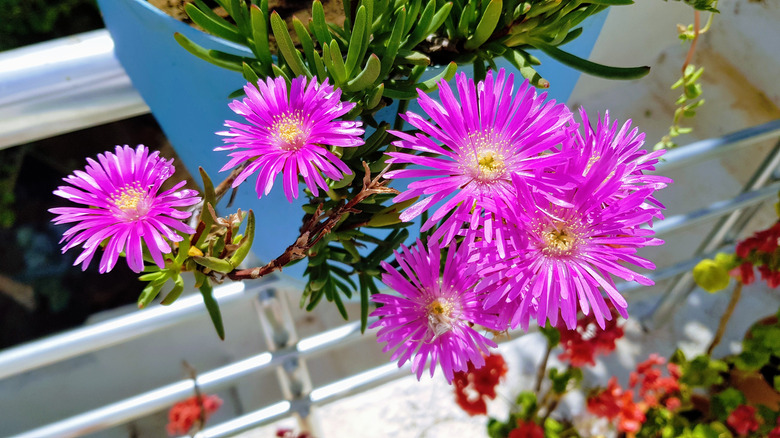
Ice plant brings vibrant pops of color with its daisy-like flowers that bloom all summer long. The succulent foliage is low-growing and spreads quickly, creating a sparkling ground cover thanks to its glossy, moisture-retaining leaves. Native to South Africa, ice plant is surprisingly cold-hardy and ideal for hot, dry slopes or rock walls. Choose from bright pinks, purples, oranges, or yellows to create eye-catching contrast in your rock garden.
5. Blue Fescue (Festuca glauca)
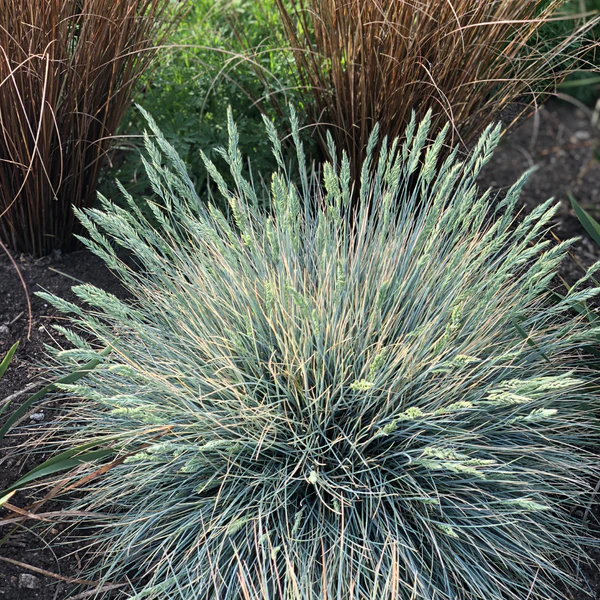
For texture and a touch of cool color, Blue Fescue offers neat clumps of icy blue-gray grass that stay compact and tidy. It’s perfect for lining pathways or softening rock edges with its fine, spiky blades. Blue Fescue loves full sun and well-drained soil, and its subtle flower spikes add interest in summer. The contrast between its cool hues and warm stone or gravel makes it a favorite for modern and alpine-style rock gardens.
6. Rock Cress (Aubrieta deltoidea)
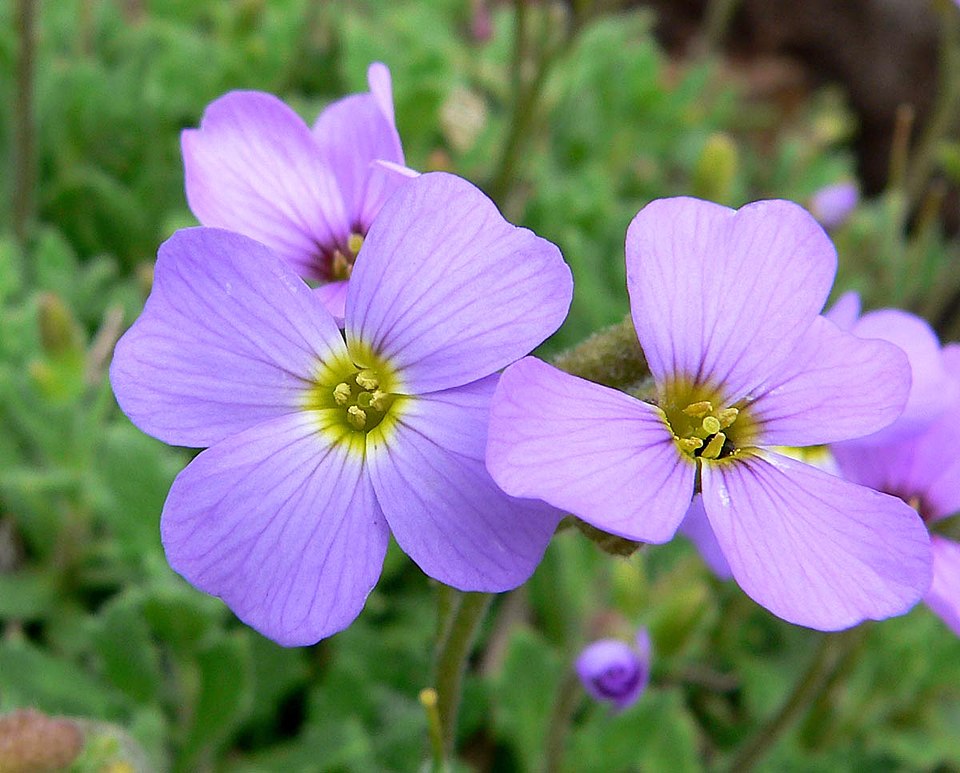
Rock cress is a cheerful, cascading plant that spills over rocks and walls with a wave of purple, pink, or white blooms in spring. Its mat-forming habit and evergreen foliage make it an excellent ground cover for sunny, sloped rock gardens. Rock cress is extremely hardy, tolerating drought, poor soil, and frost. After flowering, it maintains its tidy form, helping to soften hard edges and add texture throughout the year.
7. Creeping Phlox (Phlox subulata)
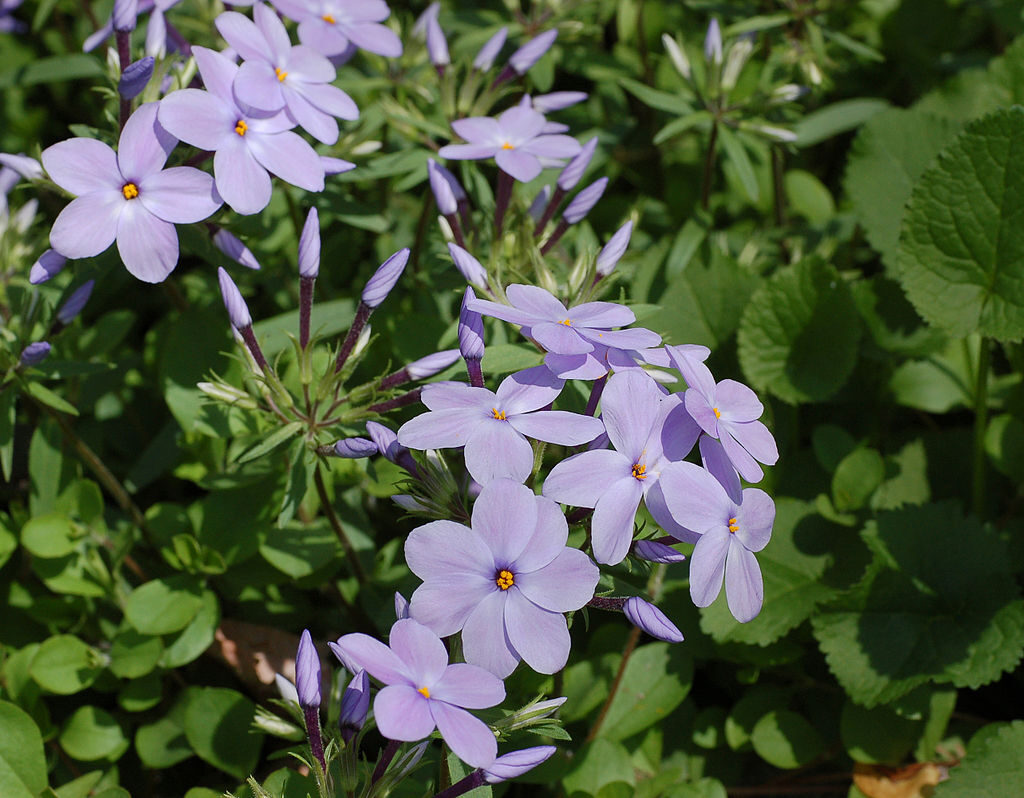
This spring-blooming favorite forms a low-growing mat of evergreen foliage topped with a profusion of pink, purple, blue, or white flowers. Creeping phlox is ideal for spilling over rocks, covering slopes, or adding color between flagstones. It thrives in full sun, needs minimal water, and helps suppress weeds. Its dense texture and vibrant blooms make it a lively addition that brings early-season charm to your landscape.
8. Dianthus (Dianthus spp.)
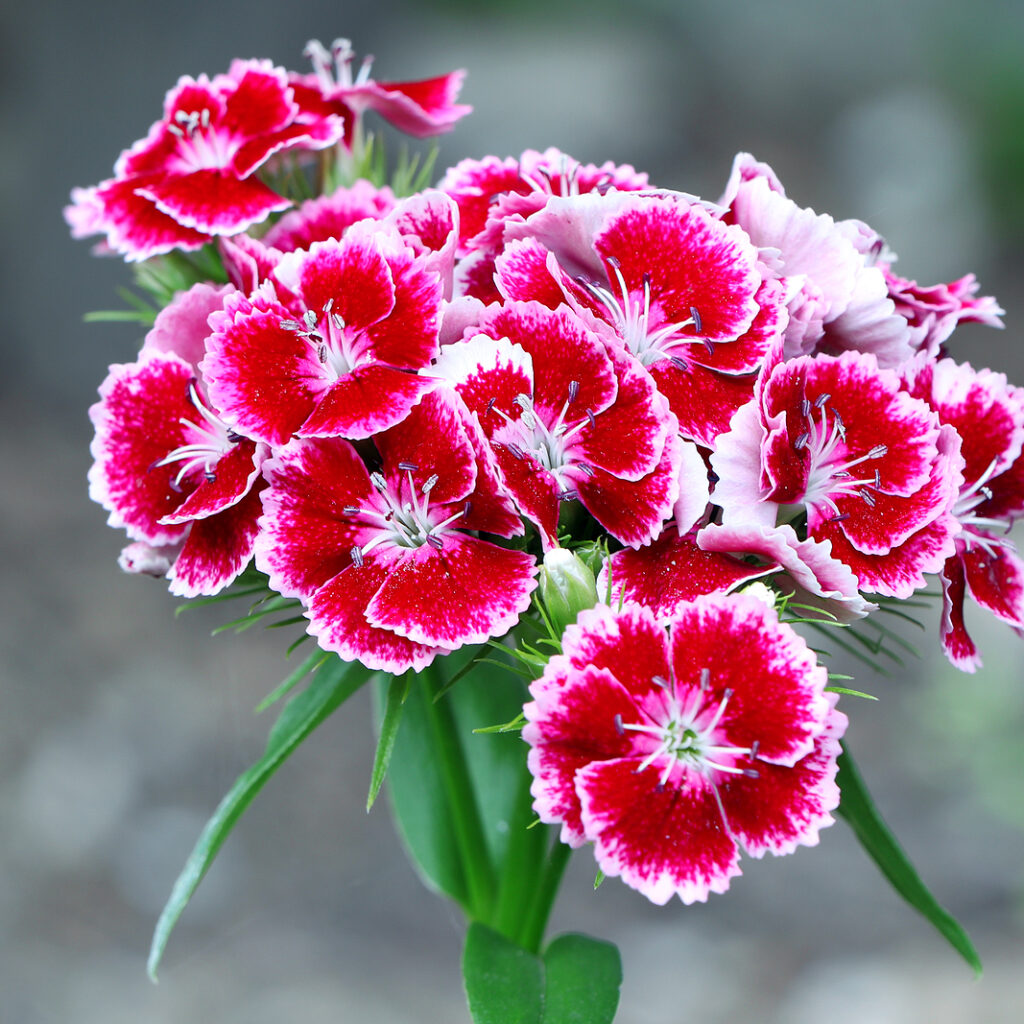
With its spicy clove-like scent and fringed flowers, Dianthus adds both fragrance and flair to rock gardens. Compact varieties like ‘Tiny Rubies’ or ‘Firewitch’ are especially well-suited to rocky spaces, forming tidy mounds of silvery-green foliage and blooming profusely in spring and early summer. Dianthus prefers full sun and well-drained soil, tolerates drought, and adds a romantic, cottage-garden touch even in the toughest terrain.
9. Yucca (Yucca filamentosa)
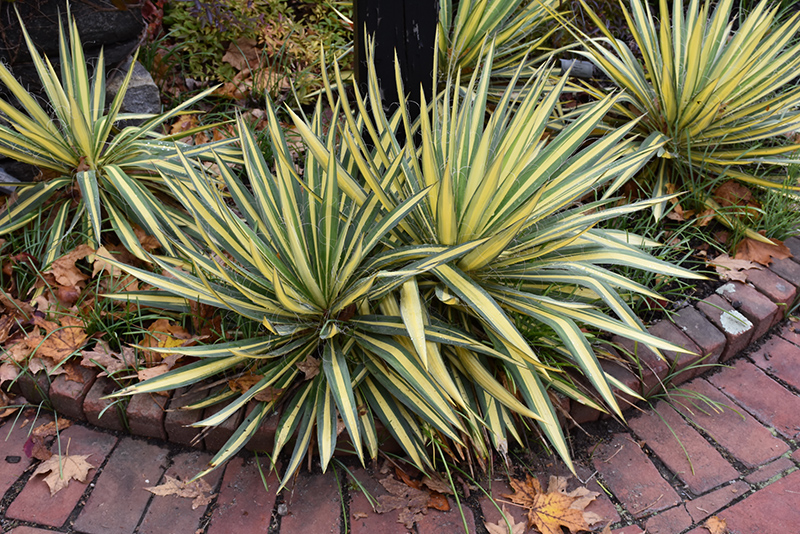
Yucca brings bold, architectural interest with its sword-like leaves and towering flower spikes. It’s incredibly hardy, drought-tolerant, and thrives in poor, rocky soil. Varieties like ‘Color Guard’ offer variegated foliage that glows with yellow and green tones, adding year-round structure. Yucca’s bold form contrasts beautifully with lower-growing plants and stones, making it ideal for creating visual focal points in dry, sun-drenched rock gardens.
10. Armeria (Sea Thrift)
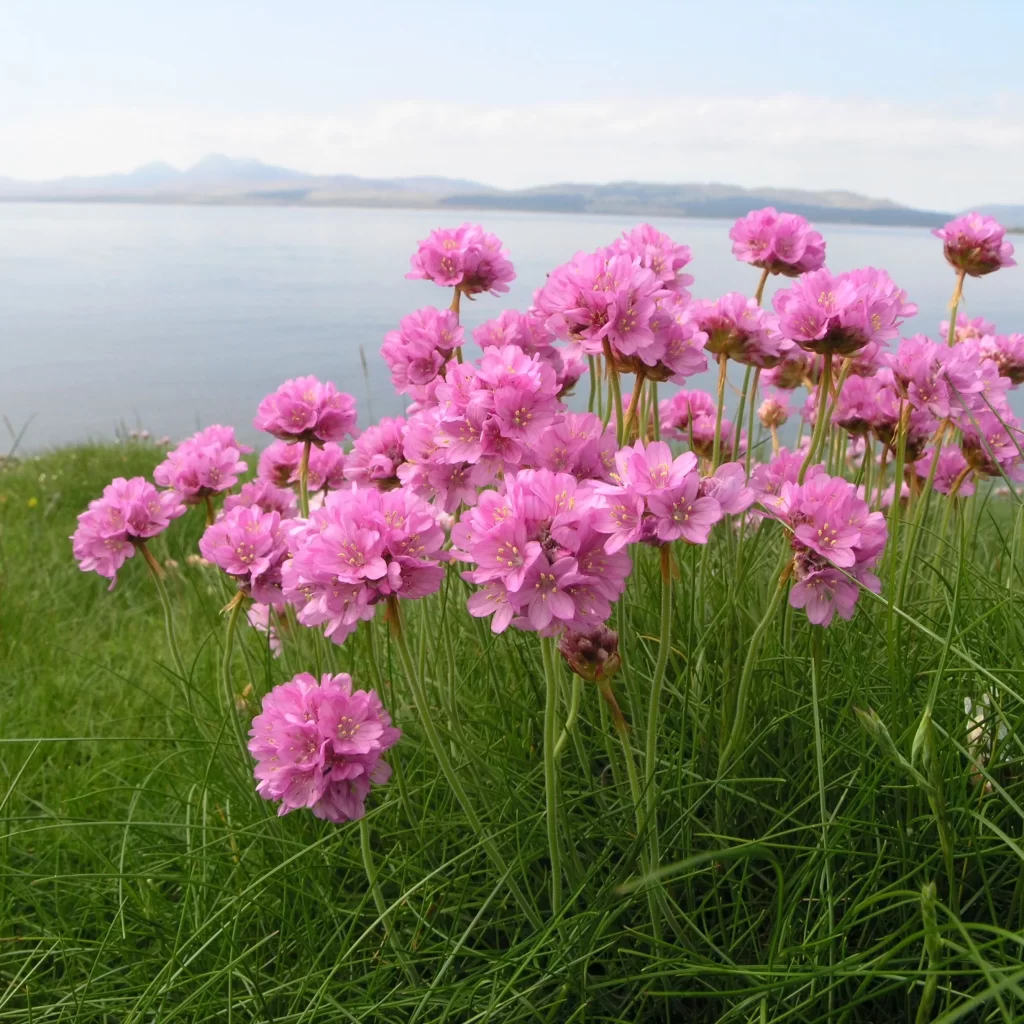
Armeria, or sea thrift, forms neat tufts of grass-like leaves topped with globe-shaped flowers in shades of pink, red, or white. It’s a coastal native that excels in dry, rocky conditions and blooms throughout spring and summer. Sea thrift’s compact size makes it perfect for edging garden paths, tucking into rocky crevices, or adding pops of color among gravel. It’s low-maintenance, salt-tolerant, and beloved by pollinators.

